This month, our D-I-Y diva helps a friend brighten up a bathroom with the addition of a super-simple hanging rack.
- Story and photos by Holly Lemoine-Raymond
Holly Lemoine-Raymond shows us how to repurpose unused items around the house into useful decorative items we're proud to show off!
- Story and photos by Holly Lemoine-Raymond
Step 1 Using the tin snips or wire cutter, cut a hole in the bottom of the utensil holder. It doesn’t have to be perfect. The hole just needs to be big enough to fit the socket.
Step 2 Put the socket end of the lamp kit into the hole you cut in the utensil holder. Now you know why the hole doesn’t need to be perfect! The flaws will be covered by the socket cover of the lamp kit. Step 3 Thread the shade ring on to the socket from inside the utensil holder. This piece looks like a “washer” and will hold the socket and the “lamp shade” together. Step 4 Screw in the bulb of your choice. I love the light quality of the Edison Bulbs. There’s something magical in the power of the warm glow the emanates from an Edison Bulb. Steps 5 & 6 Prepare your ceiling for your new pendant lamp by placing the swag hook to hold the cord in place. (I already had a hook from a previous hanging light.) Hang your new pendant light and bask in its glow! With a lamp kit, making your own pendant light really is super easy! And you can turn almost anything you have laying around into a lamp shade. Doesn’t this look cool? Thanks for reading. After you make your own pendant light, post a picture on my Facebook page and let me see your creative piece of work!
Our own DIY Diva shows us how to make these adorable planters, inspired by Peggy Branger from Antique Maison.
- story and photos by Holly Lemoine-Raymond
Instructions
Step 1: Soak your tea bags or single-use coffee packs in water and let them sit. Step 2: While the tea bags are soaking, paint the pots and let them dry. I used Paint & Primer in One with a matte finish in French Cream. The Paint & Primer in One will give the pot a little texture. Step 3: With your scissors, cut the labels off the seed packets and soak them in the water with your tea or coffee bags. Step 4: Once the paint on the pots dries, use the paint brush to add your stain. Step 5: Do not let the stain dry. Use your rag or paper towel to wipe the stain until you have your desired look. You will be wiping most of the stain away. The texture from the paint & primer will help give the remaining stain depth. Step 6: Using a clean paint brush, apply a layer of Mod Podge to the pot where the seed label will go. Step 7: With the same paint brush, apply Mod Podge on the back of the label. Place the label on the pot where you applied the layer of Mod Podge and smooth it down. Allow the Mod Podge to dry for at least 15 to 20 minutes. Step 8: Now that your pot is decorated it’s time to add your herbs. I used Sweet Basil, Rosemary and Chives. Step 9: Once you have placed your herbs in the pots, you will need to add a bit of soil. For this project I used Flower & Garden Vegetable Soil. You won’t need much, just enough to fill in the pot. You could add one last touch by putting a matching saucer under your pots. Your herb garden is now ready for your kitchen window or counter, and you can enjoy fresh herbs all year around! Thanks for checking out Beautiful Things in the Shoofly Magazine!
Some reclaimed wood, a few simple tools and a little sweat-equity equals a clever, one-of-a-kind project from our own DIY diva.
- story and photos by Holly Lemoine-Raymond
The type of wood you want to use is up to you. Any hardware store will have various sizes, colors, textures, etc. But you know me! I chose to use old fence boards. I like the unique “weathered” appearance the boards provide. Use your creativity to create the style you like best!
Step 1:
Measure the bed and wall space you will be covering. Consider whether or not you want your headboard to be wider than your bed or the same width. I left about an inch on each side beyond the width of my bed.
Step 2:
Measure and cut your wood. Remember to measure twice and cut once! I usually like to stagger my pieces but this time I left the fence boards all the same length (about four feet long). Each board had its own imperfections which I love because we too, have our own imperfections. Step 3: Using either a drill or a nail gun apply the fence boards to the wall. I used three fence boards for this project based on the amount of space I had available. There you have it! It really is as easy as 1, 2, 3! The most difficult part of this project for me was getting the measurements correct. Now you’ll have a unique focal point in your room. I hope you enjoyed this super-fast and easy project. We’ll see you next time when we bring you more Beautiful Things!
Break out the elbow grease and hang with DIY Diva Holly Lemoine-Raymond as she shows how to make this very cool desk from a shutter.

Here’s what you’ll need:
Step One:
Measure the space where the desk will be permanently installed. It can be in a nook, a shed, or a space with three walls.
Step Two:
Obtain a shutter. I used one I got from a friend of mine who has a house on the beach. I knew I could bring new life to it.
Step Three:
Measure, mark, and cut the shutter using the circular saw.
Step Four:
Clean and sand the shutter. This will be the time you could paint or stain the shutter. I left mine natural because I liked the look it gave to the She-Shed. While you have your paint or stain handy, you may want to paint the bracket/corbels to prepare them for a step later.
Step Five:
Obtain the glass or Plexiglas to place on top of the desk. Since you’ve already measured the shutter for proper size, you will not have to measure.
Step Six:
Use the wire cutters to remove the handle/lever that opens and close the shutters (Some may not have one).
Step Seven:
Find the studs in the wall then secure the bracket/corbel to the wall. The normal height of a desk is 28 to 30 inches. Be sure to measure the wall for proper placement of the bracket/corbel.
Step Eight:
If you’d like to make the desk look a bit thicker, you can add fence boards to the front side of the shutter.
Step Nine:
Place the shutter on top of the bracket/corbel. For extra support we added screws under the desk into the wall as well.
Step Ten:
Add glass/Plexiglas
Step Eleven:
Embellish with appropriate desk items and a comfy seat. Time to get to work and enjoy your new desk! Thanks again for checking out Beautiful Things.
Want to break away from dry-wall and create a more interesting wall - on a budget? Break out the elbow grease and hang with DIY Diva Holly Lemoine-Raymond as she shows how to make your own shiplap siding.
Shiplap is a tongue-and-groove type of plank and it can be pretty expensive. I’m going to show you how to make your own shiplap for a fraction of the cost.
Supplies
Step 1:
Measure the space you will be covering in shiplap. This will help you determine how much Luan Board to purchase. Remember, always measure twice and cut once!
Step 2:
Cut the luan board. I cut my boards to be six (6) inches in width. For the back wall I used the full length of the 4 x 8 cut in six inch strips. If you know your measurements when you purchase your Luan Boards, ask the merchant to cut them for you. Some stores may cut it for free while others may charge a nominal fee. Or, use your table saw and cut your own boards.
Step 3:
Once the 6" strips are cut, it’s time to measure for the length. As noted above, I was able to use the full length of the board on the back wall. However, the side walls, front walls, and around the windows were a bit of a challenge. Measure the length of the space being covered and cut accordingly.
Step 4:
If the edges of the Luan Board you cut are a bit rough, grab that sand paper and smooth it out. It’s time to start putting your boards up. This is where that optional stud finder comes in. Locate the studs and mark them off so you know where to put your nails.
I typically start on the bottom and work my way up. However, with this project I started placing my boards from top to bottom. Step 5:
Put your first board where you want it to go and using your nail gun, nail the board in place. Remember those nickels? It’s time to dig them out. Grab your next board and put it in place. Put the nickel in between your first two planks and using the nail gun again, nail plank number two (2).
Step 6:
Continue to use the nickels as spacers, repeating step 5.
Step 7
Now that you have your own shiplap wall, you will need to take care of some final touches. Using the spackle, fill in the holes where you put the nails.
Step 8
Once the spackle has dried, it is time to paint your shiplap. First, give a quick sandpaper scrub of the spackled holes to smooth the surface.
I used a white paint to compliment the dark wooden framed windows. You can use any color you please to match the décor of the room.
Now you have your own shiplap wall. I hope you have enjoyed this DIY. I would love to see your finished project. Take a picture and post it to our HL Raymond Properties FB page!
DIY Diva Holly Lemoine-Raymond gives step-by-step instructions for a weekend project that's easy - as well as uplifting!
Supply List
Step One
Cut two equal lengths of rope. The height of the limb will determine the length of the rope. You’ll want to make sure the seat hangs at least 20 inches from the ground and you have enough rope to wrap the rope around the limb two or three times. Manila rope is super durable.
Step Two
Measure and cut the seat. I used a 2x8 piece of recycled wood. I cut it at 4 feet, small enough for a child yet comfortable enough for an adult. Don't forget, measure twice and cut once.
Step Three
Once the seat has been cut, you will need to decide where your rope holes will go. Holes should be evenly spaced at each corner. I drilled the holes for my swing about 1/2 inch in.
Using a drill with the Spade Bit drill four holes in the corners of the seat. The holes need to be big enough to put the rope through.
Step Four
Wrap the ends of the rope to keep them from fraying. (You can also burn the ends but why play with fire when there are other ways to make it work?) Poke the ends of the rope through the holes in the seat.
Step Five
Tie the ends of the rope into an “Ashley Stopper Knot”. This knot is a bit complicated for me to explain. I had a great friend and fireman who was kind enough to lend his services to not only climbing the tree to wrap the rope around the limb, but to also tie the knots… (Thanks John Glidden!)
Step Six
Now swing! My model is my beautiful niece Kennedy Aaron.
Thank you all for stopping by to read my DIY, Beautiful Things. I hope this quick tree swing project brings you years of enjoyment!
DIY Diva Holly Lemoine-Raymond does it again! Read on and discover how she added curb appeal to her home and office.
Step 1
Assemble your wood. You know me and my recycling … I used pallet boards measuring 12 x 16 with large numbers. Depending on the size of the numbers and length of your address, you can adjust the size of your wood blocks.
If you are not handy with a saw, you may want to buy your block from your local hardware store. See the pictures for some examples. Step 2
With your blocks assembled, it is time to stain your wood. I love to use Espresso. It gives the wood such a rich color, and if you are using nickel plated or a light colored number, the numbers will stand out more. Let the stain dry.
Step 3
Once your stain has dried, you can beat up your block to give it more of a rustic look. Just take a hammer and give a few hits to the wood. Another touch I like to add is to take the black spray enamel and spray it on a paper towel and rub it on the wood. This technique creates a “weathered” look. Plus, it brings out a little of the wood’s character.
Step 4
Now that your wood is stained and dried, it’s time to add the numbers. Using your tape measure, determine where you want your numbers to go. Measure twice to ensure the numbers are evenly spaced and mark the places your numbers will go.
Step 5
Using your hammer, drive the numbers in to the block of wood. Once all your numbers are in place, it’s time to hang your new Trendy Address Block to the front of your home or office.
Yes, it really is that simple. Now that you know how to add a little curb appeal to your home or office I would love to see your finished project! Go to my FB page (www.facebook.com/holly.lemoine) and upload a picture of your address block. I can’t wait to see what Beautiful Things you create!
The digital age hasn't changed some things: hanging in a pup-tent on a rainy day is always magic. Design diva Holly Lemoine Raymond and pal, Desiree, build one together in this cool DIY project.
- by Holly Lemoine Raymond
Material List
2' x 2’s – 5 @ 5 ½ Ft
2 in. torque screws Table saw Bed ruffle Hammer Drill Nails Carpenter’s pencil Tape measure Hook screws Quick square ruler Safety glasses Pillows Stuffed animals Light Snacks (lots of snacks!)
Step 1
Measure and cut 2' x 2's in to 5 ½ ft. long to form the frame. You will need 5 pieces all together. Remember, measure twice and cut once! (Don’t forget your safety glasses!)
Step 2
Now your pieces are ready to be assembled. Using the drill with the torque screws, assemble the legs. Those will be the 4 pieces you cut at an angle. Then you will use the last piece for the top beam. This is a simple “A” frame.
Step 3
Time to put your personal touch on your soon-to-be Desiree Tent. We used a “Hook Screw” at the front of the tent frame to hang a fun Chinese Lamp I picked up at Family Dollar. Next we covered the frame with a dust ruffle. (You can use a regular sheet or any other lightweight cloth.)
Step 4
Add a sleeping bag or cushions on the floor for added comfort. Surround the tent with your favorite stuffed animals and pillows. Grab your favorite snacks and your best friend, and enjoy hanging out in your very own Desiree Tent!
Desiree, thank you for letting me hang out with you. Jesse, thanks for the idea to make rainy days fun!
I hope you all enjoyed this quick and easy project. See you next time with more Beautiful Things to come! Holly
Transforming a room with a little paint and some salvaged pallet or fence boards is easier than you think. DIY diva Holly Lemoine Raymond shares her secrets.
When our clients and visitors come in, one of the first things they notice is the pallet wall with our logo on it. It’s a great focal piece and makes a great conversation starter. When I tell them that using recycled and repurposed wood created the pallet wall, island, and other features around the office they are amazed.
One of my favorite things about recycling wood is that the wood is never perfect. It’s a great reminder that nothing and no one is perfect. I’m an imperfect person who likes to take old, worn out items and turn them in to beautiful things. To make the pallet wall or island you will need the following supplies:
Now that your supplies have been gathered let’s get started!
Step 1: Pick the area to be updated and remove any existing trim or outlets. Prep the area by wiping it down and removing any excess dust.
Step 2: Measure the area you will be working with so you can be sure to have enough paint and boards.
Step 3: Using a dark color, paint the area and allow it to dry. Remember, this does not have to be perfect. The purpose of the paint is to hide the small imperfections of the boards. The color I used was Gauntlet Gray.
Step 4: While your painted area is drying use this time to deconstruct your pallets, deck or fence boards.
Depending on the look you are trying to achieve you can stain or white wash your boards. I prefer to leave the boards in their natural color. This gives more of a rustic or industrial look, which is the style I prefer.
Step 5: Let’s cut our boards down to size! I like cutting the boards in random sizes. Some boards I trim off a little on the end, others I cut in half or three quarters.
Step 6: Start putting your puzzle together. Stagger your pieces and vary the shades of wood. Again, more imperfect the better!
Step 7: Stand back and enjoy the view!
I hope you enjoyed this project. It is fun to bring things new life. If you’d like to see how we used recycled wood in our office, please stop by for a visit. Our team would love to see you and have you sign our chalkboard wall!
Thank you for reading Beautiful Things!
Design diva Holly Lemoine-Raymond walks you through a form of art known as “triptych Art” derived from the Greek word “Triptukhon” which translates to “three-fold." That also translates to three times the fun, with Holly!
Let’s get started.
Step 1: Select the picture of your choice. I found this one at Hobby Lobby but you can use photos that you’ve taken. Bridges and city skylines are great to use for this project
Step 2:
Take the photo frames apart. You will only need the paper or card board backing to trace the area you want to cut out of the photo. I used a picture that was 3 feet long and 1 ½ feet tall to put in 8x10 frames.
Step 3:
Place the paper from the picture frame over the place on the picture where you want to cut. You will not be framing the entirety of the chosen print. You will be cutting out enough of the print’s vital areas to create the illusion of the complete picture once you are finished.
Step 4:
Once your sections have been outlined, it’s time to cut them out! Don’t be nervous. Just follow the outline you made on the print.
Step 5:
By now you have 3 separate sections ready for framing. Frame them up!
Step 6:
Hang them on the wall of your choice to create a beautiful piece of Triptych Art and enjoy!
I made this one of an old motorcycle on sepia print for this DIY project. My son liked it so much we have hung it in his room. I hope you enjoyed this edition of Beautiful Things and we’ll see you again in March!
Beautiful Things - Nov/Dec 2017 Design diva Holly Lemoine-Raymond walks you through creating a fun messaage board that does double-duty: during most of the year it holds notes, but during the holiday season, it's a great way to display your cards.
Materials:
Step 1: Measure and cut your boards. You might want to measure twice and cut once. I have a tendency to jump in and eyeball the cuts. Take it from me; this creates extra work for you. Step 2: Once you have measured and cut your boards you can stain your boards with the color of stain you prefer. Let the first layer of stain dry. Step 3: Take your 220 Grit sand paper and lightly sand your board(s). You will notice the stain has soaked in to some areas a bit more than others and the sanding process will bring out some of the woodgrain and creates some character. Step 4: Add another coat of stain and immediately wipe it off with a small rag. (I use my husband’s old t-shirts and cut them in to 4x4 squares.) This will enhance the richness of the stain. Step 5: Once the second coat of stain has dried you will apply the Milk Paint. Keep your rag handy (no pun intended) because you will apply and wipe. This adds that worn, weathered look. Step 6: Now that you’ve got your board stained, sanded, and white washed, it’s time to place your rustic clips. Warm up your hot glue gun. Place your clips equal lengths apart and glue the clips in place. (I screwed mine in to the board but you can glue them much more quickly. There you have it. Hang your board in the location you have picked out and post your important messages, display your favorite pictures, or hang your Christmas cards.
Thanks again for reading Beautiful Things. Can’t wait to tell you about the next project we have for you! Pallet Wall Hanging
Create a rustic wood wall hanging in the shape of your state - or anything else you can imagine - with Holly's technique for recycling throw-away pallets.
- by Holly Lemoine Raymond
Step 1:
Disassemble your pallet. Don’t worry too much if some of the pieces break in the process. Use the broken pieces for the areas you will be cutting out.
Step 2:
Lay the Plywood down. Arrange the boards how you’d like them to be set and glue them to the plywood using the wood glue. I like to stagger my boards to give it more of a worn, scrappy look. Once you have finished gluing the pallet boards to the plywood, wipe the excess dust and dirt off of your boards.
Step 3:
Now that your boards are laid out how you’d like and secured to the plywood, you can grab your pencil and map of MS (or state of choice). I went here. I downloaded this map and inserted it in to a PowerPoint so I could project the map for tracing. Tape the poster board on to the wall where you will be projecting your image and trace your map on to the poster board or butcher paper. (I used poster board because it is more sturdy than butcher paper.)
Step 4:
Cut out your image of MS or the state of your choice and use it as a stencil to trace it on to your pre-arranged pallet boards. (I should note that I was alone while I was working on this project and did not take pictures every step of the way. I was in the zone just working through my project.)
Step 5:
With your jigsaw, cut your state out of the wood.
DIY Message Board
In just a few hours, you can create a wall that's sure to be a magnet for any household with children - or adults with a healthy kid spirit.
- by Holly Lemoine Raymond
Supplies:
First thing you will need to do is pick your place. Next, measure twice and mark it off once.
Once you've marked the place and shape for your chalkboard you can start painting. Roll the chalkboard paint on evenly one layer at a time and allow it to dry. Your new chalkboard wall shouldn't need more than two coats. Once your chalkboard paint dries, add your frame and you are ready to leave messages for the family, schedule chores, or list activities. It's easy as 1, 2, 3! Thanks for checking in with us once again. I hope you enjoy this quick and easy project. Until next time, you too can make Beautiful Things. The Open Face Jewelry Box
An easy solution to a wardrobe problem almost every woman faces: how to store your jewelry so that it's easy to select - and store!
- story and photos by Holly Lemoine Raymond
Let’s get started!
First you will need to pick your tray. You can use a jewelry tray, breakfast tray, or any flat, wooden tray with sides that is at least 2 inches deep. These trays are so easy to find you may already have one lying around somewhere in your home. Or you can go to the closest Walmart or thrift store and find something to repurpose.
Once you’ve found the perfect tray, you can either sand it down and stain it or paint it a color of your choice. (I like that vintage look so I prefer to sand, paint, and then sand a little more to give it a weathered/worn look.)
When your paint or stain has dried, you can start placing the eyelet hooks and/or drawer knobs in place. Voila! It’s as easy as that. All that is left for you to do is mount it on the wall.
Now you have a great gift to give to the special lady in your life and reduce the amount of clutter on your sink and/or dresser.
Thanks for reading and for allowing me to share this quick and easy DIY project with you. Happy Spring! DIY Drop Cloth Curtains
Need some chic curtains? Here's an inexpensive solution that whips together in a hurry - yet looks like a million bucks.
- story and photos by Holly Lemoine Raymond
Let’s get started!
First you’ll need to determine how long/short you want your curtains to be. I always measure twice so I only cut once. I needed my curtains to be 7’ long by 4’ wide. I washed my cloths without detergent and dried them to loosen the fabric a bit before working on it. I like the feel and “worn” look this process gave. If you are a little more of a perfectionist than I am, you can always iron the fabric after you wash and dry it to get all the wrinkles out. Next I folded the fabric in half, lengthwise and made my cut as straight as I could. This gave me two curtains. I did not “hem” the edges. Again, I like the worn, rustic look these drop cloth curtains provide and, quite frankly, I don’t have the kind of time I would need to be a perfectionist.
I have a great seamstress, Gretchen Fleming, (238-342-2743) who has hemmed a few more for my office where I needed a bit more of a professional look. Or, you can use the fabric tape as demonstrated below.
Once you get the fabric tape in place, you will need to use a hot iron to “seal the deal.”
Let’s get these curtains hung.
To continue the rustic-industrial look, I used oil rubbed bronze drapery clip rings. I bought mine at Lowe’s for under $10 but you can get these almost anywhere, including Target, Amazon and WalMart… All the rings I have seen come in various colors and range from $6.99 to $15.99 depending on finish and/or number per set. Space the clips evenly on your curtains and slide them on the curtain rod and you are ready to hang. Ta-da! That’s all there is to it! Now you’ve got an expensive look for an inexpensive price. If you will be using piping as your curtain rod, hanging will be a little more complicated. You will need to put the clip rings on the piping before you affix the piping to the wall. But the look can’t be beat. Otherwise, this project was easy-peasy. Note: If you want to spice up your curtains a bit, you can color them with RIT Fabric Dye. Just follow the directions and you will have the perfect accent for your windows. The Original Farmer's Salad
Try this fresh and healthy alternative when asked to bring something to an office party or family gathering. The presentation makes for a fun converstation piece and the flavors are holiday bright!
- by Holly Lemoine-Raymond
Supplies:
|
|
Walnuts (I prefer glazed when I can find them)
Dehydrated cranberries Shredded carrots Red onion (cut in small pieces) Cherry tomatoes Kale Spring mix Feta cheese Ken’s raspberry walnut vinaigrette
I used 1.5-pint mason jars for the salad. If you’d like to make a bigger salad for a family, you could use the gallon-sized jars. The ingredients I prepared yields approximately 8 salads in the 1.5 Pint Jars.
|
Using the lid as a guide cut your fabric in squares. Cover the lid with the fabric and push it through the ring.
Wrap a strip of the burlap tape around the center of the jar. Write the recipient’s name on one of the tags. (I used small wooden tags to give it a vintage feel.) Place the tag on the ribbon and tie the ribbon around the jar, overlapping the burlap tape, and “garnish” with a sprig of plastic (or fresh) flower.
You will prep the 4-oz. dressing jar with the burlap tape as well. For decorative purposes, I also placed burlap tape on the lid of the 4-oz. jar.
I start with the dry ingredients at the bottom and carefully layer accordingly. First I place the walnuts, carrots, cranberries, and onions. Then I add the greens, placing the kale, tomatoes, feta cheese, and spring mix.
Put the lid on the salad, pour the dressing in the 4-oz. jar, and you are ready to deliver!
I brought one of these tasty treats to a recent office meeting and gave one to each member of my team. We enjoyed a fresh farmer’s salad while we strategized. Just shake up the salad in the jar, pour the dressing over the top and enjoy! Or you could open the jar, tip it upside down on a plate or bowl, pour the dressing over the top and enjoy it that way too. Either way, it’s up to you.
Thank you for reading. Let me know if you tried this great salad idea and what your thoughts are. Bon Appétit!
DIY Pallet Garden Boxes
|
Do you love gardening but don’t have the yard to do it? Have I got the perfect project for you! Keep reading to learn how to build your own above ground garden. This project is simple and shouldn’t take more than 2-3 hours to complete.
There are many reasons people build above ground gardens. Some do it because they don’t have the ground to cultivate for gardening. Some do it because they prefer to eat herbs and vegetables that have not been saturated in chemicals from pesticides and hormones. My husband Leo and I love to eat healthy. But let’s face it; organic groceries are very expensive, so we thought we’d try our hand at building our own little garden. |
Beautiful Things
|
|
SUPPLIES:
TOOLS:
|
You may want to start with prepping your pallets. I stained my pallets with an espresso colored stain, but you can leave yours natural or paint it whatever color you’d like. It’s your pallet. If you do decide to paint or stain the pallet(s) be sure to use an environmentally safe exterior paint that can withstand water seeping through the landscape fabric and soil.
- No measuring is necessary.
- Be sure you end up with three pieces that have the same number of “facing” slats.
- Flip the pallet over and make those same cuts on the backside of your pallet.
- Pull the pallet pieces apart into the three sections you created from step one.
- Remove the slats off the backside of the two end pieces.
- Carefully remove the blocks & slats from the middle piece.
- Set the blocks & slats from the middle piece aside for later use.
- Using a chisel and hammer, wedge the blocks from the slats being careful not to break the slats. The slats will be the sides of the box.
- The slats removed from the centerpiece will be used to cap the ends of the box.
- Use the centerpiece as the bottom of your garden box.
- Use the two end pieces as the sides of the box.
- Secure the sides and bottom using a nail gun or screwdriver.
- Using the blocks you carefully removed during the disassembling of the pallet(s) create your box’s feet.
- Secure with decking screws to the bottom of the assembled garden box.
Once the pallet box is assembled you will need to place the landscaping fabric inside the box and secure it with staples. (I highly recommend using a staple gun if you have one.)
Now that you have the box prepped, it’s time to add the soil. I used a mixture of planting soil and compost to fill my beds. With a rake and a light sprinkling of the garden hose make sure to smooth out the mixture.
You are ready to plant some seeds.
What you plant in your raised garden bed is up to you. Remember that whatever you plant will have different needs for lighting, shade, water, nutrients, and daily care. So placement of your garden box is essential.
Something else you may want to consider is how much space your plants will need. Make sure you read (the seed package) before you seed! Know which plants will require deeper and/or wider rows. In one box I have tomatoes and strawberries. In another box I have herbs and lavender.
I have six raised garden boxes filled with different plants for my family to enjoy. Check out my first harvest of strawberries…. I can’t wait to watch my garden grow!
School Locker Makeover
story and photos by Holly Raymond
|
Hey sports fans! I’d like to share with you a quick DIY project I did for my son recently. I live in a tiny house. If you know anything about tiny houses, you know space is limited.
My son is a typical teenage boy. Between his school uniforms, sports gear, and other teenage boy things, his tiny space can get cluttered and messy real fast. His tiny room does not have space for a dresser or armoire so I had to find a solution to help him stay tidy and organized. |
Beautiful Things
|
My good friends Chuck Underwood and Glenn Hood own a cute little shop in Waveland called Treasures of the Bay (If you’ve never been, you need to go and tell them Holly sent you), so I thought I’d stop and say hello and see if they had anything that would fit.
SCORE! Treasures of the Bay had the perfect solution to our tiny space storage problem: LOCKERS! Old-school gym lockers. WHAT A FIND! I knew this would be a 3-pointer in my son’s eyes!
Now to get them home. I called Leo, my wonderful husband, and he came to my rescue with a trailer in tow. We loaded the lockers up and moved them out.
Supplies:
- Lockers (Treasures of the Bay may not have any more. I think I bought them all!)
- Sand paper for sanding metal
- Mouse Sander
- Goo Be Gone
- Spray Paint — Color of your choice; I used white, high-gloss Valspar with Primer
- Decorations of choice
- All-Purpose Cleaner
- Rags
- Tarp
- Clear Coat (if desired)
- Paint Mask
*** And if you wear false eyelashes, you may want to invest in goggles or you’ll look like you went through a snow storm and will have to pull them out! (Um, I cannot confirm or deny that I may or may not have learned that lesson the hard way!) ***
Let's Get Started
Air them out! (Don’t want any lingering tuna sandwich smells!
Wipe them down (or hose them off) with all-purpose cleaner. Let them dry completely before you move on to the next step. We had to use some Goo-Be-Gone to remove the old tape, stickers, and pin-up girls. (Yes, I removed pin-up girls from my son’s new-to-him lockers!)
Once all the tape, stickers, and pin-up girls are gone it’s time to start adding some character.
Lightly sand the lockers with the handy-dandy mouse sander. Don’t be afraid to keep the small dents and nicks. These will enhance the beauty of the lockers upon completion.
Spray a coat of paint with primer, and dry for 1-2 hours. Spray a second coat, and again let dry for 1-2 hours. Repeat one more time for three coats of paint.
Don’t forget to spray the inside. (You may find yourself standing on your head and hoping it’s not too late to put on those goggles!)
Be creative! These lockers can be decorated with stickers, pictures, or whatever for that personal touch. Optional clear coat can be added when that’s all done.
Then Enjoy your new lockers!
Swinging Into Summer
- story and photos by Holly Raymond
|
Hi! My name is Holly. I want to share my secrets for making beautiful things from items others have tossed to the curb (literally!).
I love to salvage and re-use items that people have discarded. There is great intrinsic value in finding something old, tattered, or otherwise seemingly beyond repair and bringing it back to life. |
Beautiful Things
|
We’ll start with my most recent weekend project, the crib-porch swing.
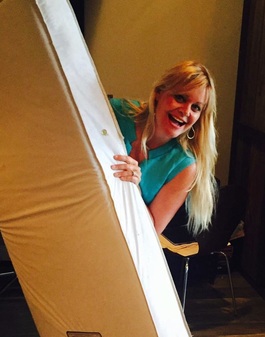
What you’ll need:
- Brad Nails (Not to be mistaken for Brad’s nails…)
- Nail gun
- Wood screws
- 1 1/4” screws
- Four 6-inch eye bolts, lock washers and nuts
- Paint brushes
- Pallets (at least two, depending on the size of your swing)
- Stain (In the color of your choice; I went with “Espresso” for this project)
- Ropes or chains (length may vary depending on ceiling height)
- Ply wood (for back if desired. I used the pieces of a deconstructed pallet)
- A crib mattress
- Random throw pillows
- Crib Sheet(s)
- Ladder (so you can anchor your bolt hooks)
- Bolt hooks
- Spray paint (To paint your chains)
- A strong helper!
Other materials and/or tools you may need
- Sander
- Miter saw
- Table saw
- Drill
- Drill bit
- Air Compressor (if needed)
The most difficult part of building this crib-porch swing is the installation! Here’s where your ladder and strong (and attractive) helper come in.
Mount your swing’s hardware into ceiling joists. (That was a word I had to look up! See, you’re not just building a swing; you are building your vocabulary, too!)
How far apart you set your ceiling hooks will determine what kind of momentum you’ll get on your swing. Since I want to sit and enjoy a good book and a nice summer’s eve, I kept mine the width of the swing. (Don’t want to swing so much that I’ll dump myself out!)
Now, will you use ropes or chains? Either way, you’ll need to determine how far off the ground you want your swing to be. I would suggest you find something that will sit that high and use that to determine how long your rope (or chains) should be.
Now that you have successfully built your swing and suspended it from the ceiling, it’s time to put on the finishing touches.
I covered the crib mattress with a fitted crib-sheet and tossed some throw pillows on it to give it some personality.
Thanks for stopping to read about our Beautiful Things! See you next month!
Categories
All
15 Minutes
Across The Bridge
Aloha Diamondhead
Amtrak
Antiques
Architecture
Art
Arts Alive
Arts Locale
At Home In The Bay
Bay Bride
Bay Business
Bay Reads
Bay St. Louis
Beach To Bayou
Beach-to-bayou
Beautiful Things
Benefit
Big Buzz
Boats
Body+Mind+Spirit
Books
BSL Council Updates
BSL P&Z
Business
Business Buzz
Casting My Net
Civics
Coast Cuisine
Coast Lines Column
Day Tripping
Design
Diamondhead
DIY
Editors Notes
Education
Environment
Events
Fashion
Food
Friends Of The Animal Shelter
Good Neighbor
Grape Minds
Growing Up Downtown
Harbor Highlights
Health
History
Honor Roll
House And Garden
Legends And Legacies
Local Focal
Lodging
Mardi Gras
Mind+Body+Spirit
Mother Of Pearl
Murphy's Musical Notes
Music
Nature
Nature Notes
New Orleans
News
Noteworthy Women
Old Town Merchants
On The Shoofly
Parenting
Partner Spotlight
Pass Christian
Public Safety
Puppy-dog-tales
Rheta-grimsley-johnson
Science
Second Saturday
Shared History
Shared-history
Shelter-stars
Shoofly
Shore Thing Fishing Report
Sponsor Spotlight
Station-house-bsl
Talk Of The Town
The Eyes Have It
Tourism
Town Green
Town-green
Travel
Tying-the-knot
Video
Vintage-vignette
Vintage-vignette
Waveland
Weddings
Wellness
Window-shopping
Wines-and-dining
Archives
July 2024
June 2024
May 2024
April 2024
March 2024
June 2023
March 2023
February 2023
January 2023
December 2022
November 2022
October 2022
September 2022
August 2022
July 2022
June 2022
May 2022
April 2022
March 2022
February 2022
January 2022
December 2021
November 2021
October 2021
September 2021
August 2021
July 2021
June 2021
May 2021
April 2021
March 2021
February 2021
January 2021
December 2020
November 2020
October 2020
September 2020
August 2020
July 2020
June 2020
May 2020
April 2020
March 2020
February 2020
January 2020
December 2019
November 2019
October 2019
September 2019
August 2019
July 2019
June 2019
May 2019
April 2019
March 2019
February 2019
January 2019
December 2018
November 2018
October 2018
September 2018
August 2018
July 2018
June 2018
May 2018
April 2018
March 2018
February 2018
January 2018
December 2017
November 2017
October 2017
September 2017
August 2017
July 2017
June 2017
May 2017
April 2017
March 2017
February 2017
January 2017
December 2016
November 2016
October 2016
September 2016
August 2016
July 2016
June 2016
May 2016
April 2016
March 2016
February 2016
January 2016
December 2015
November 2015
October 2015
September 2015
August 2015
July 2015
June 2015
May 2015
April 2015
March 2015
February 2015
January 2015
December 2014
November 2014
August 2014
January 2014
November 2013
August 2013
June 2013
March 2013
February 2013
December 2012
October 2012
September 2012
May 2012
March 2012
February 2012
December 2011
November 2011
October 2011
September 2011
August 2011
July 2011
June 2011






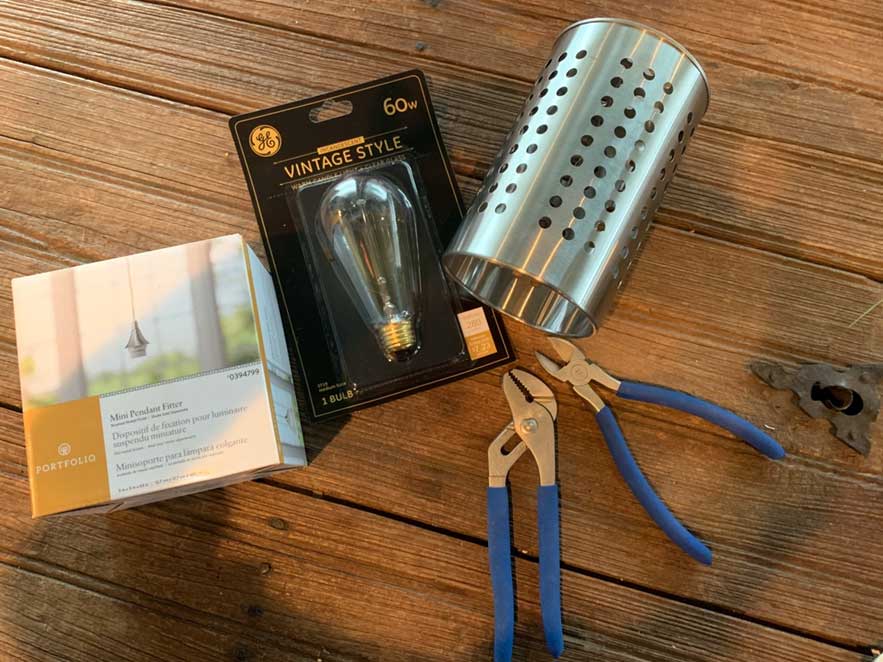
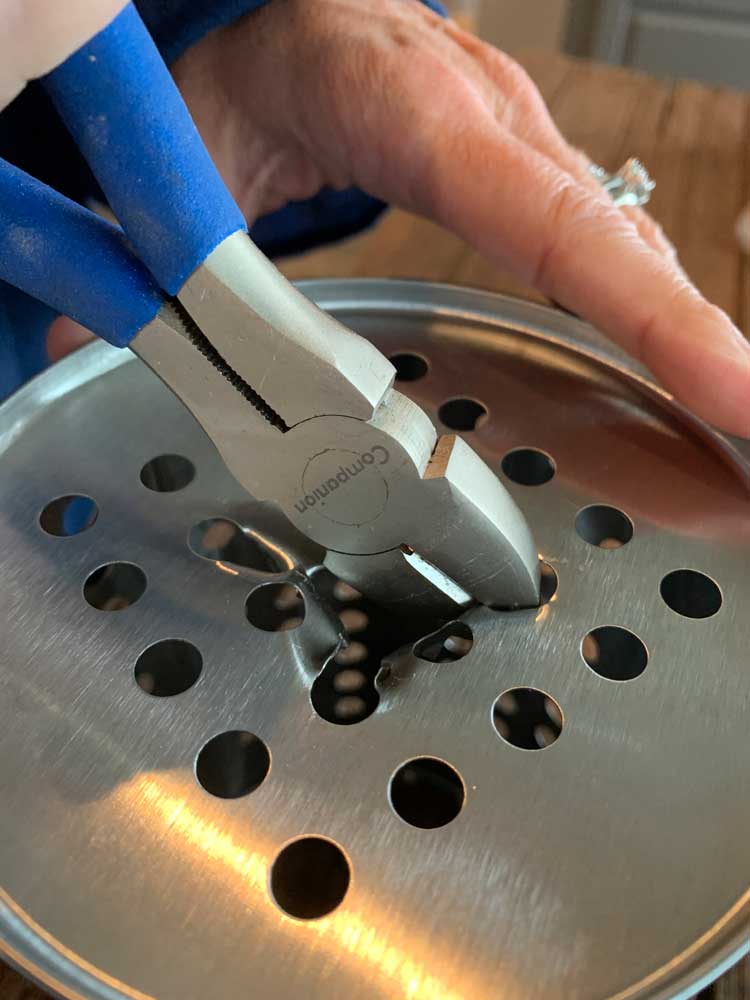
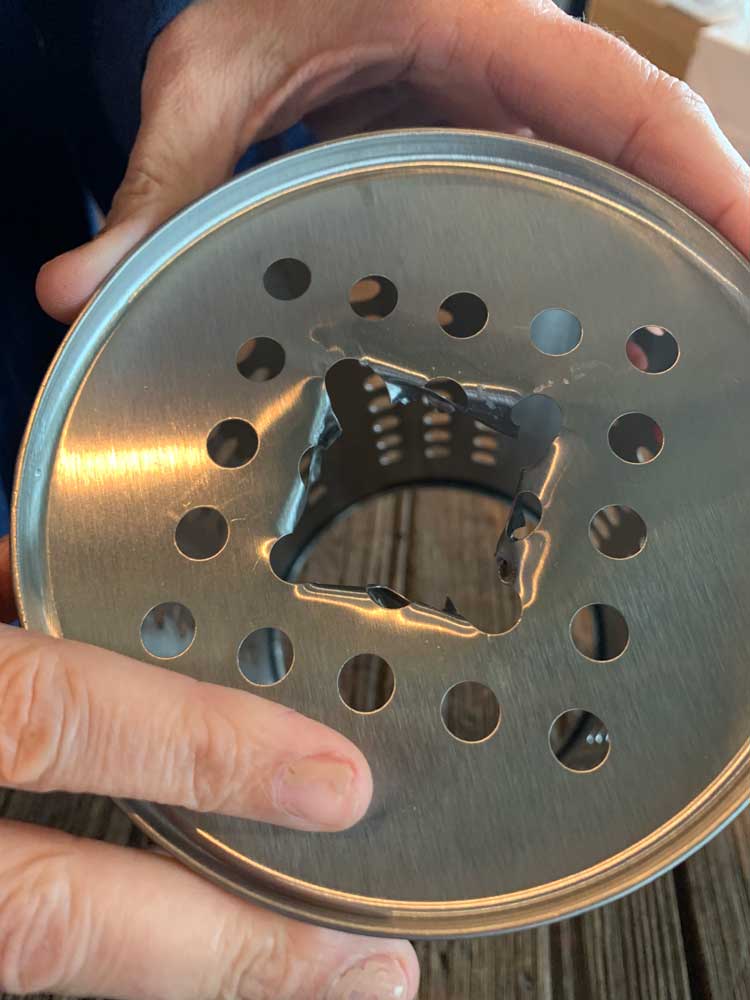
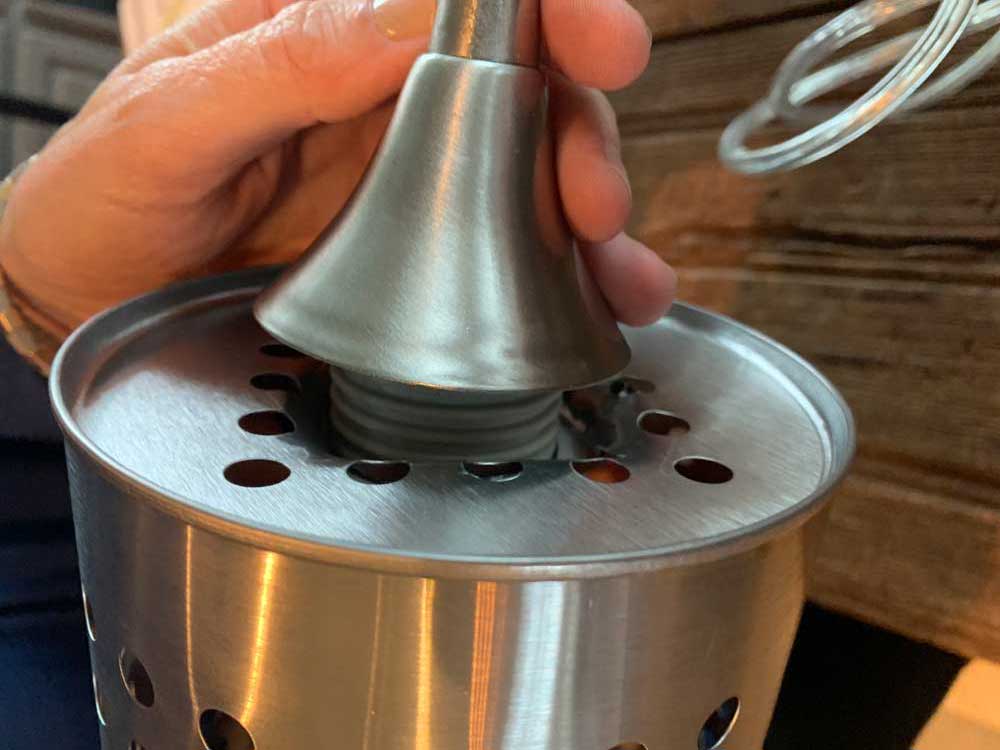
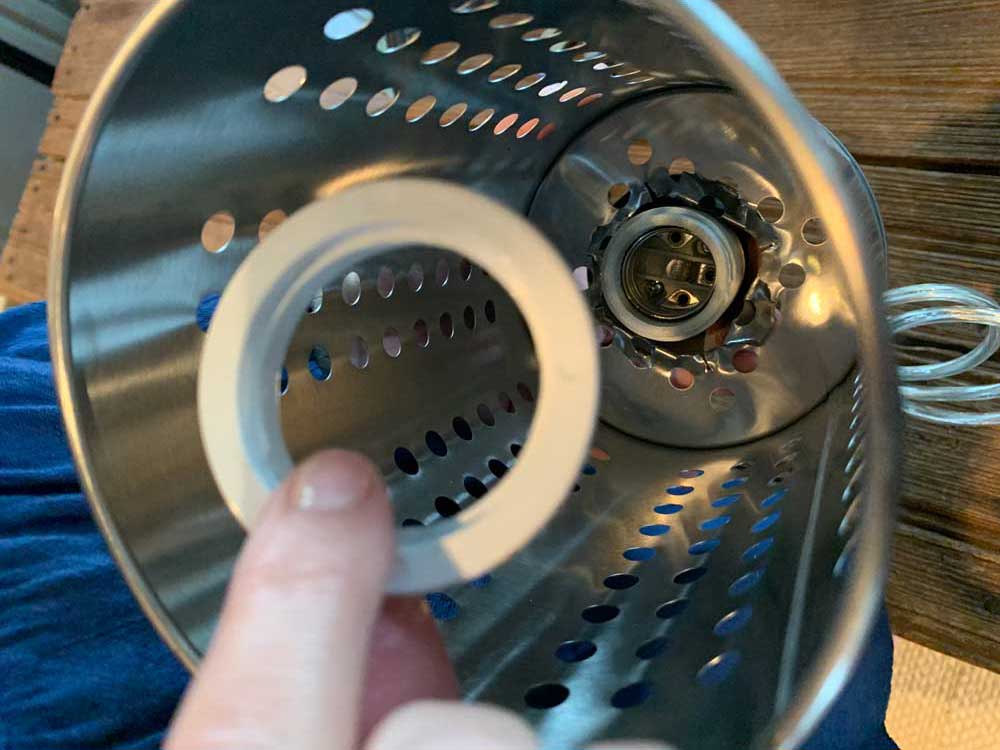
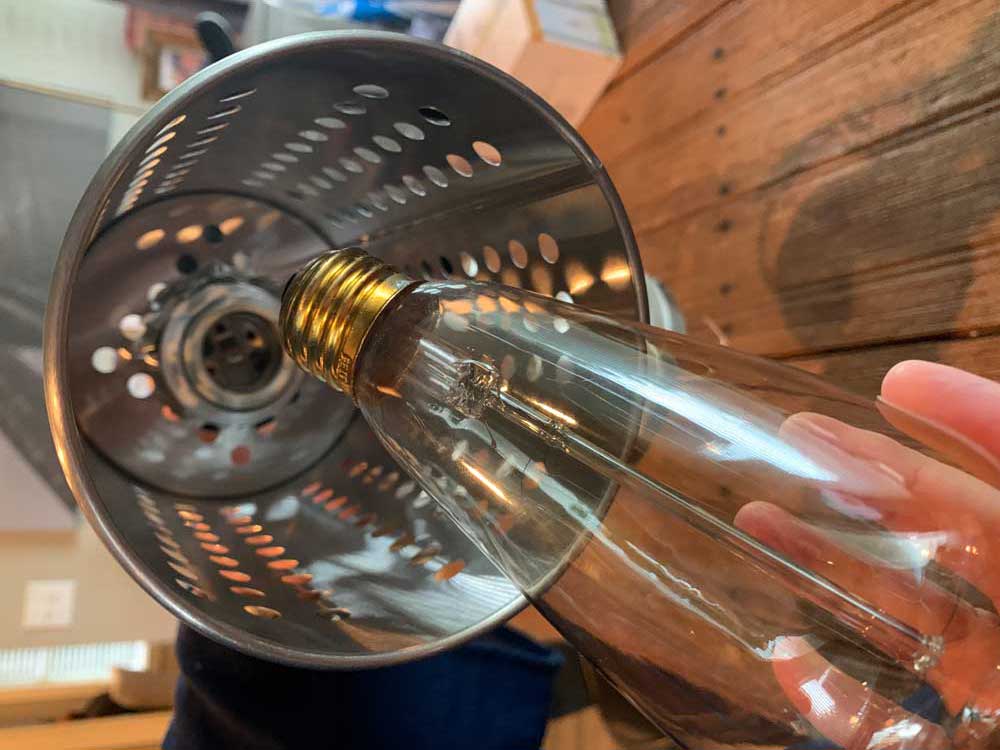
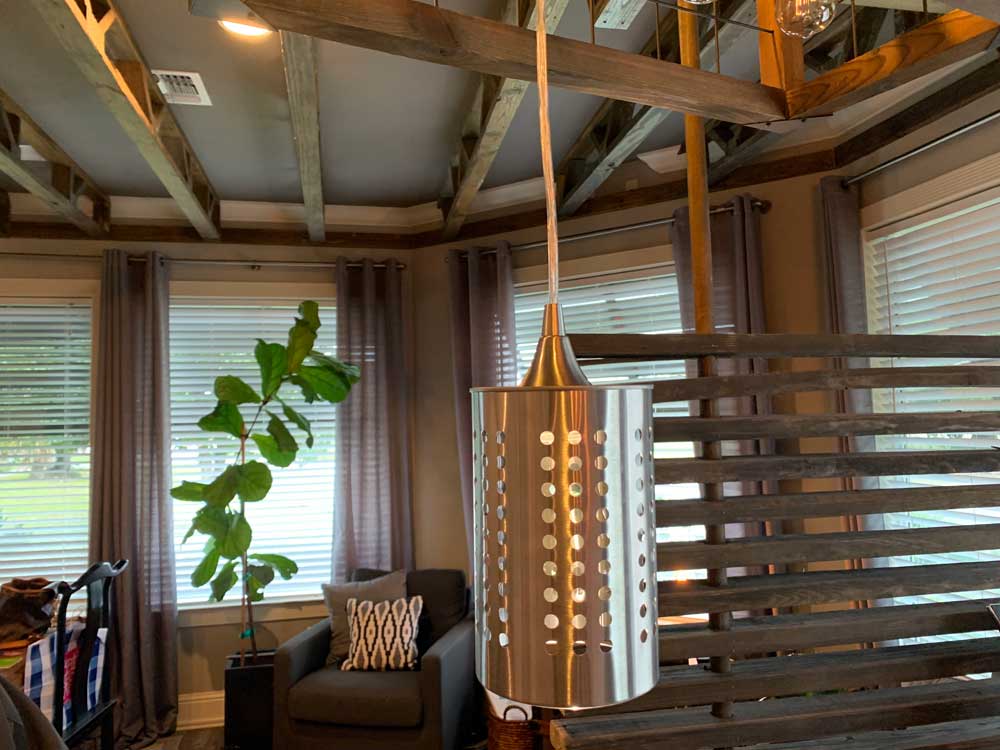
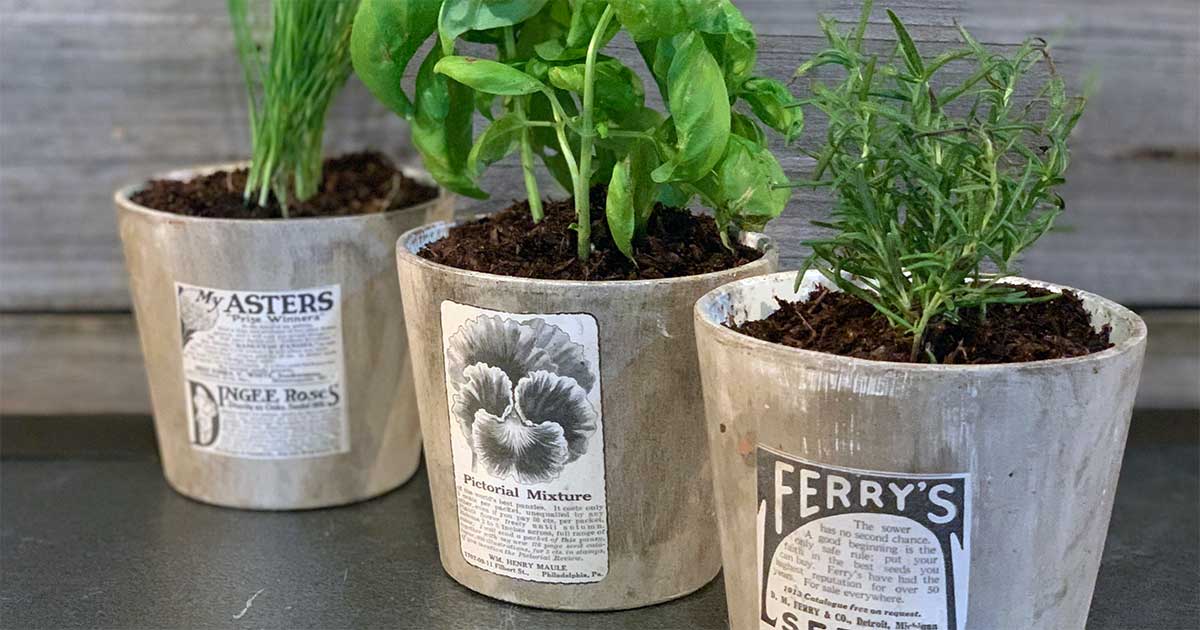



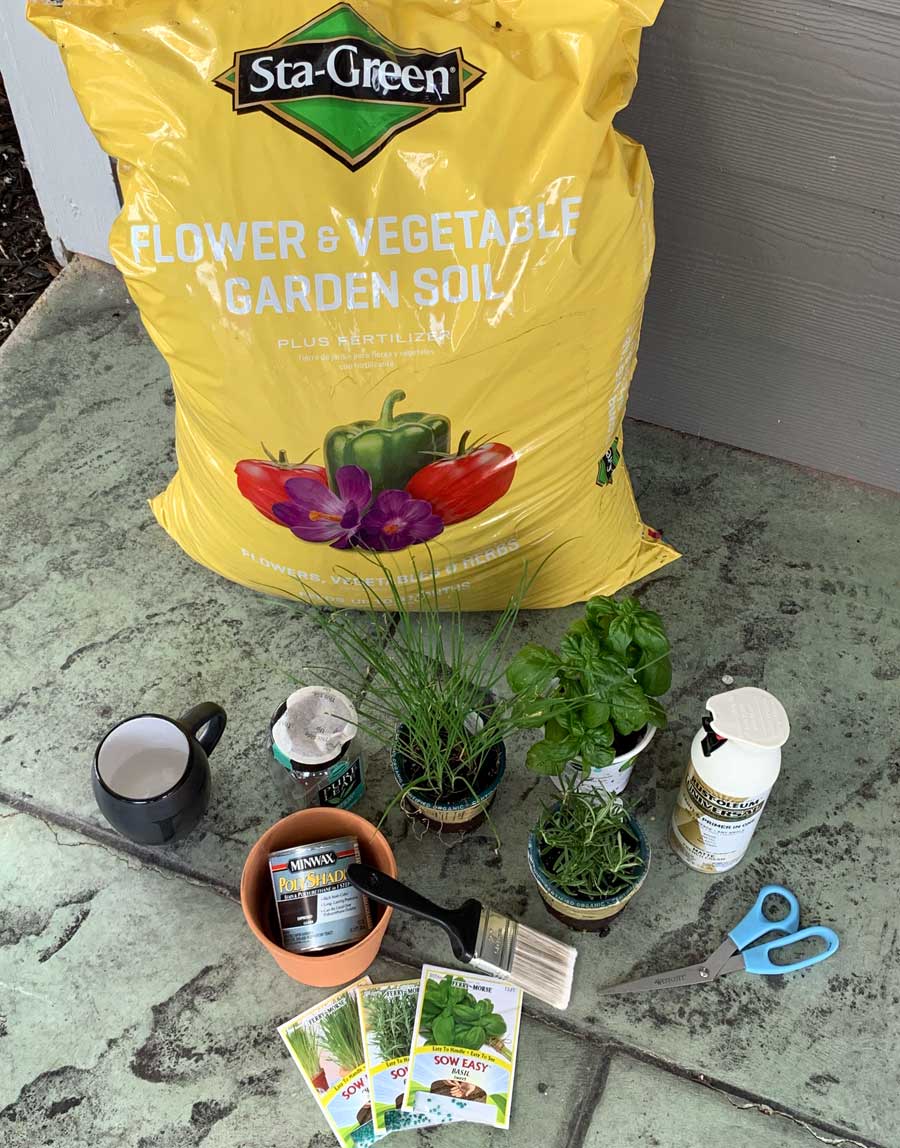
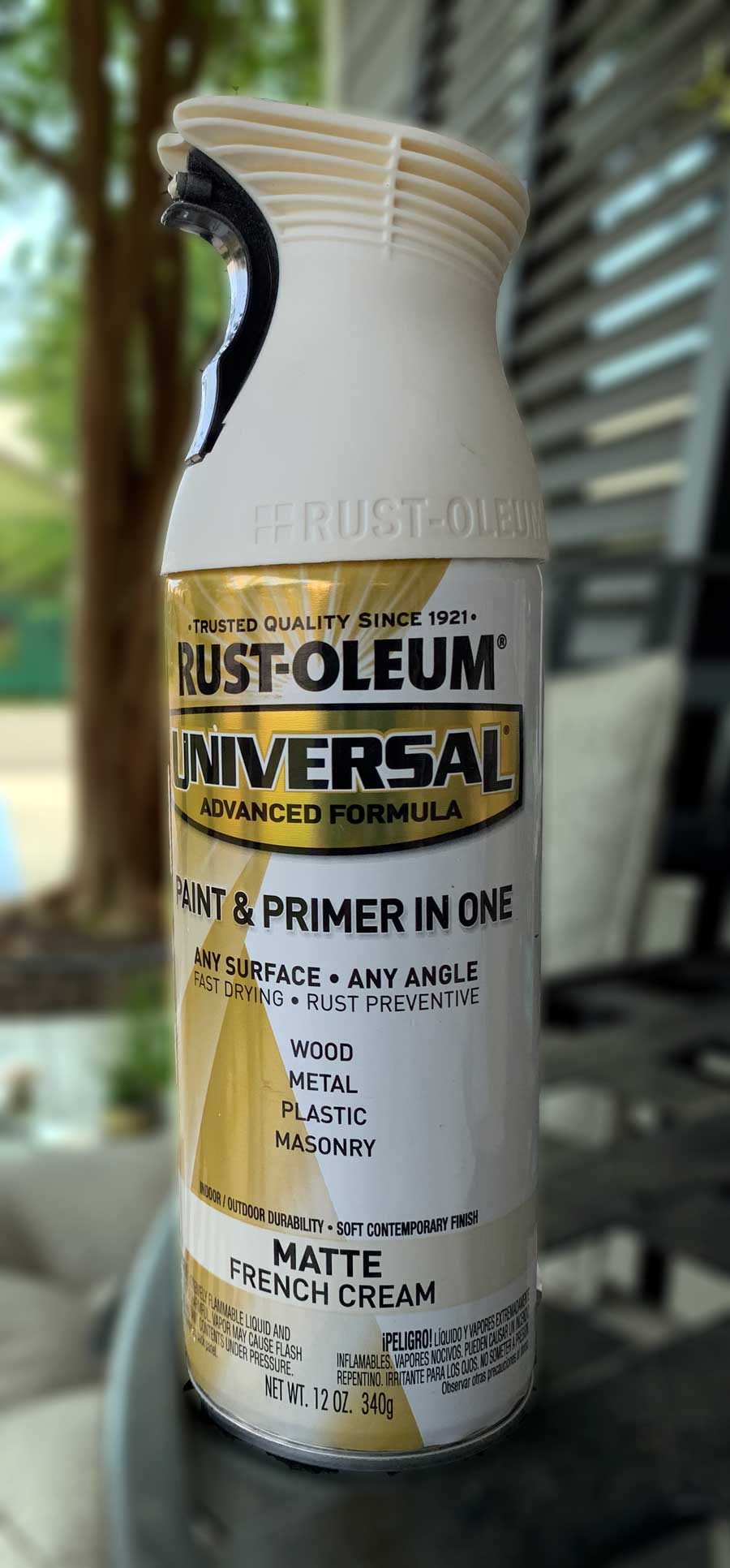
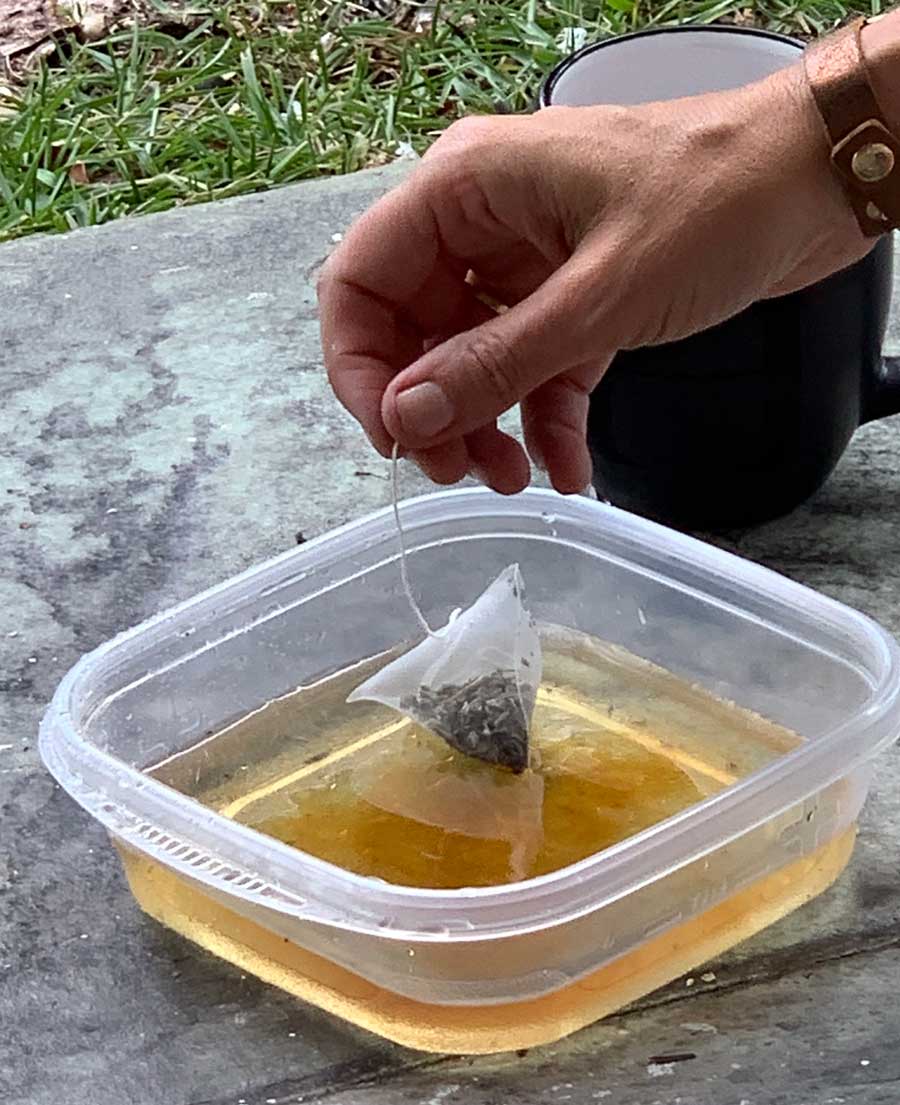
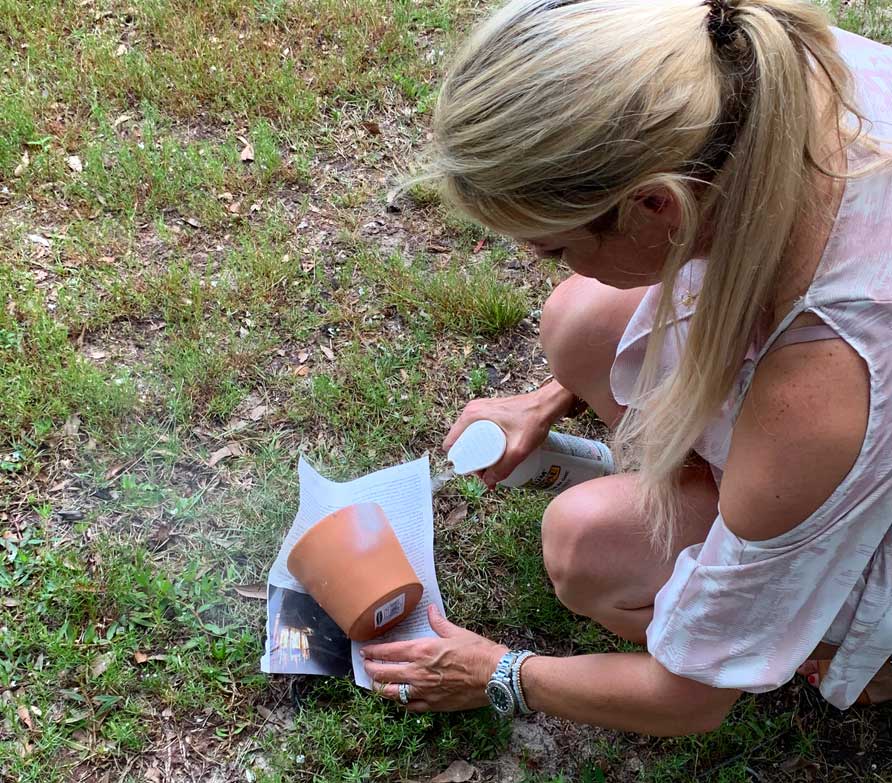
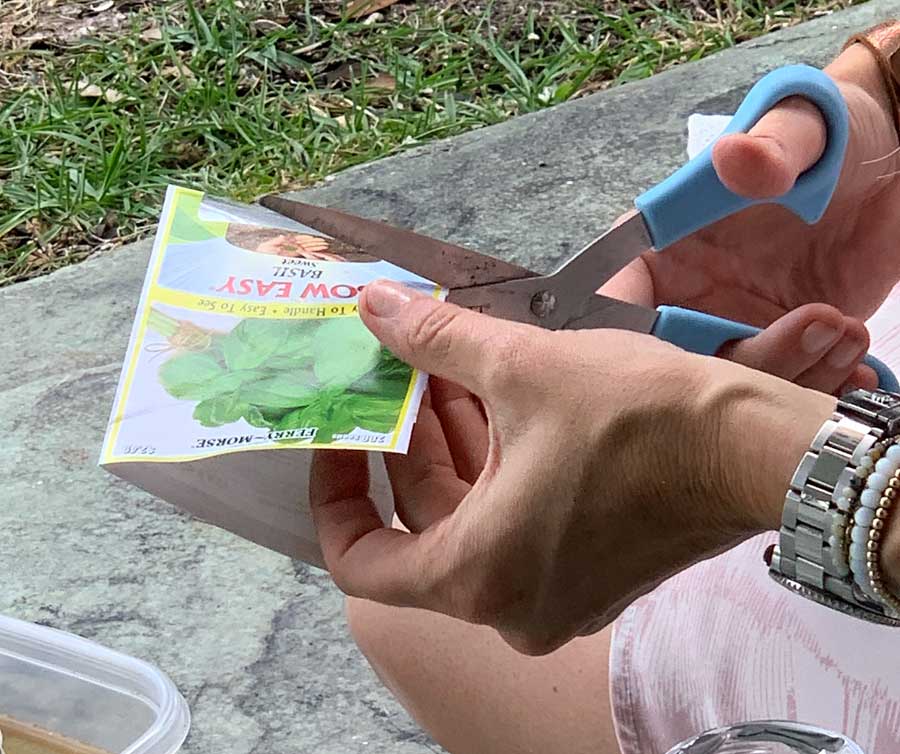
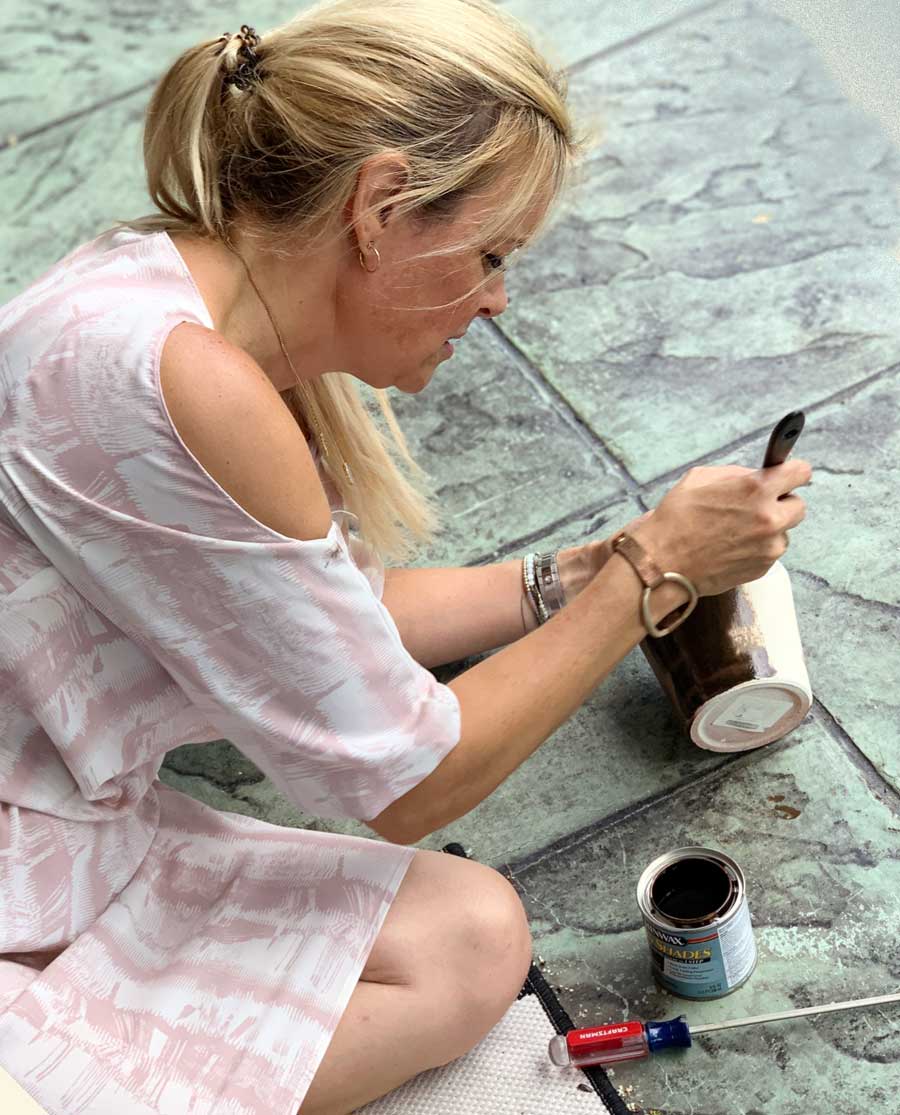
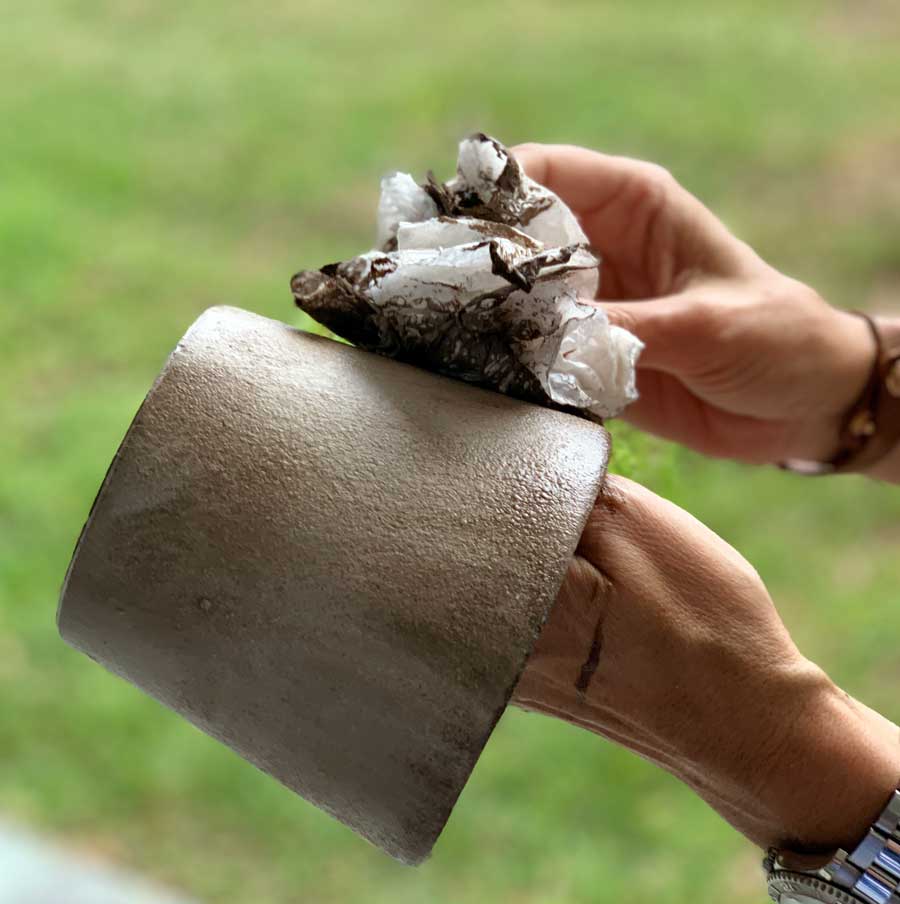
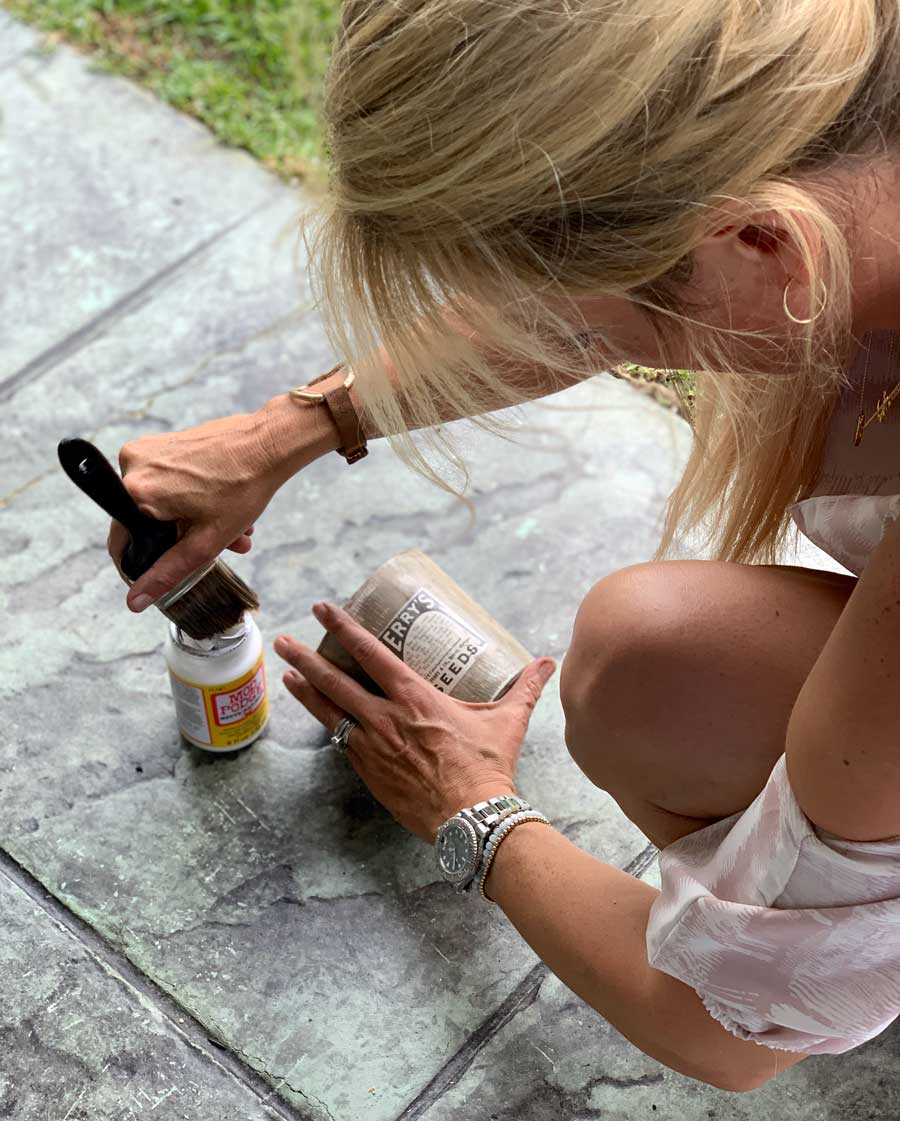
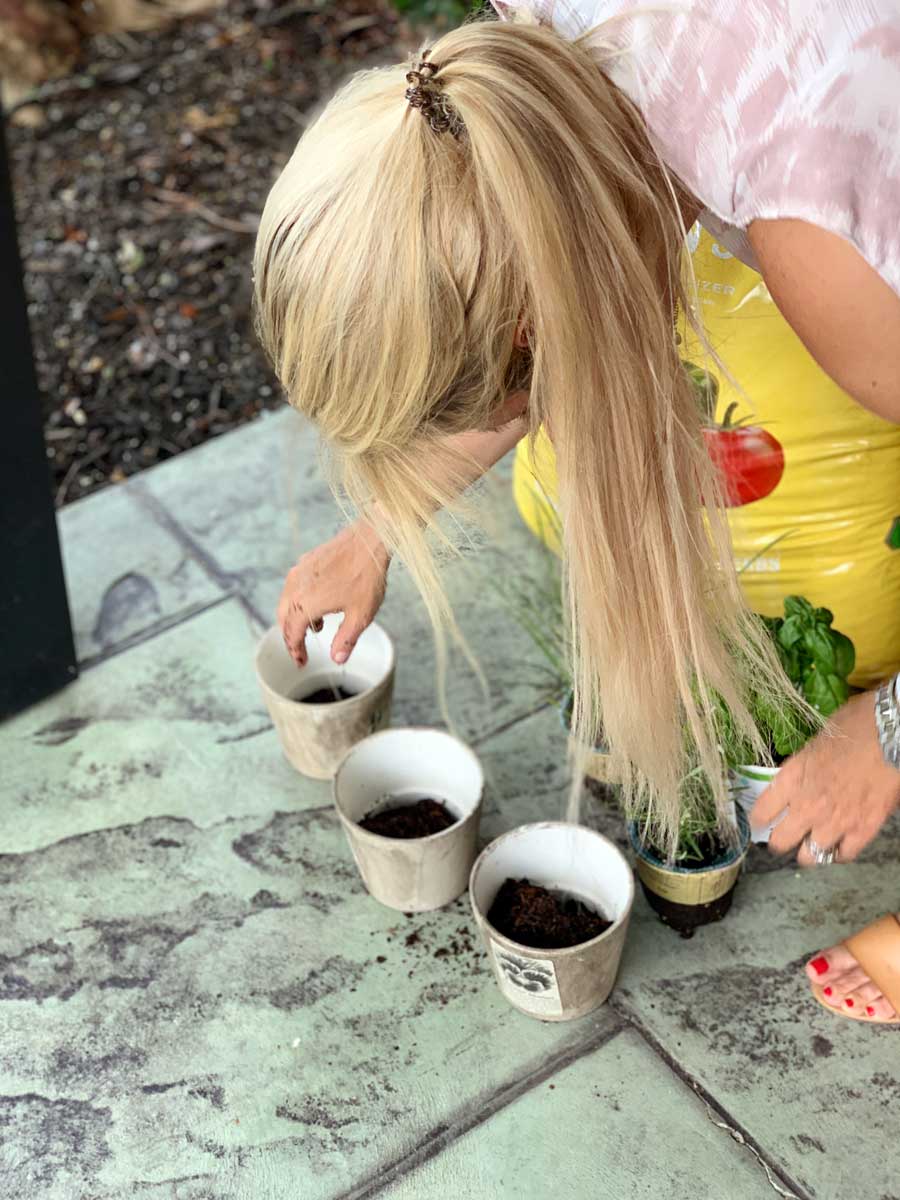
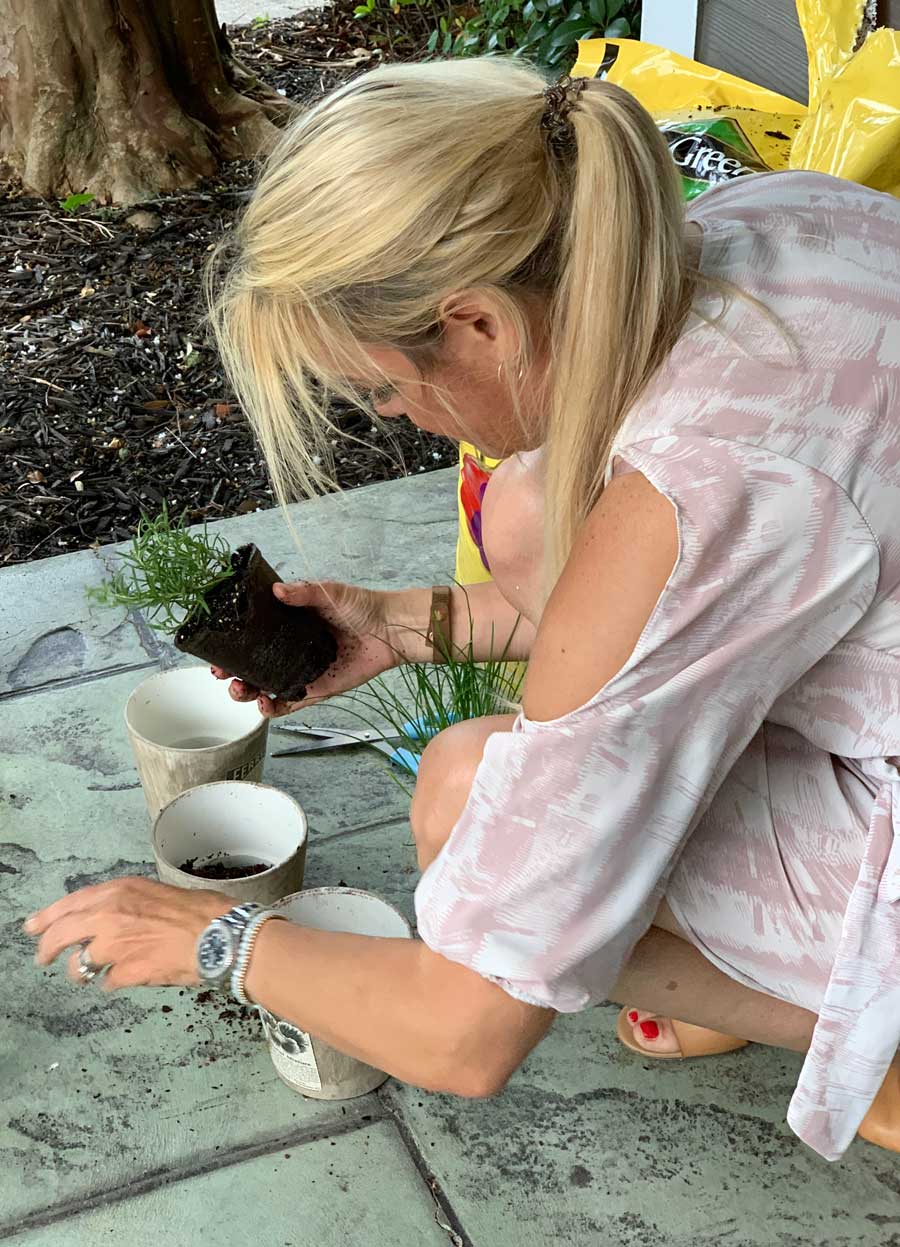
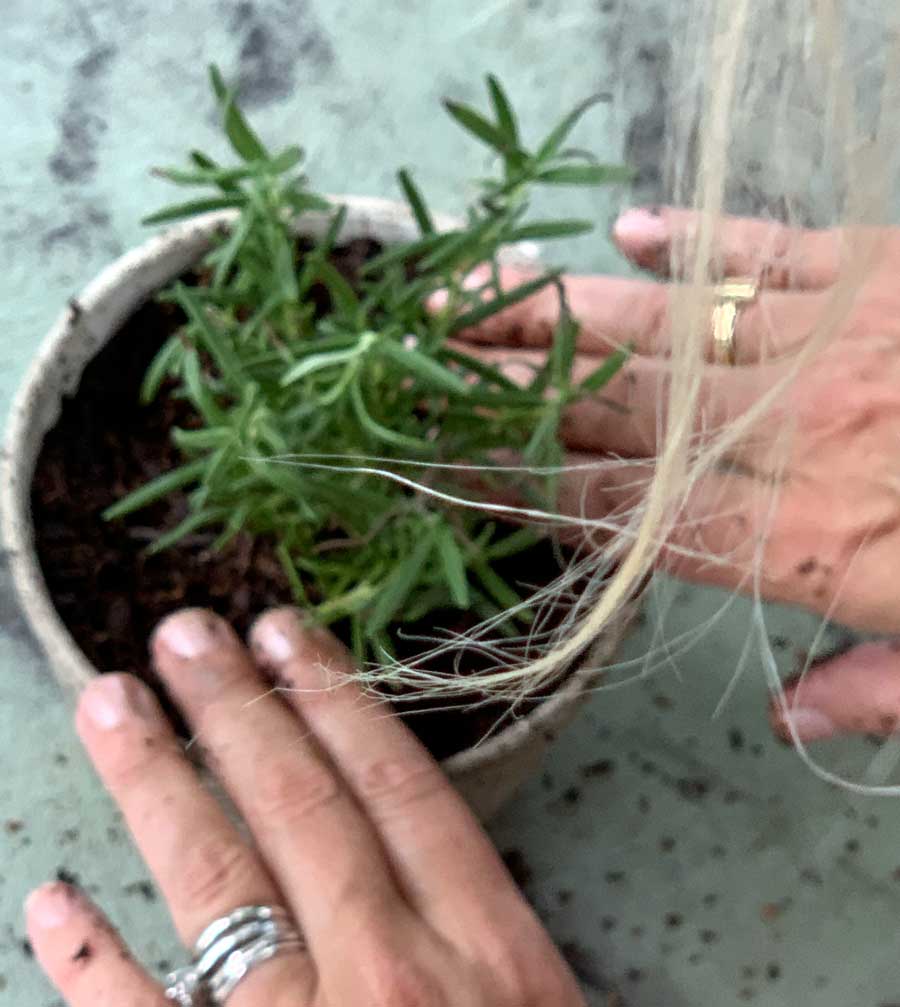
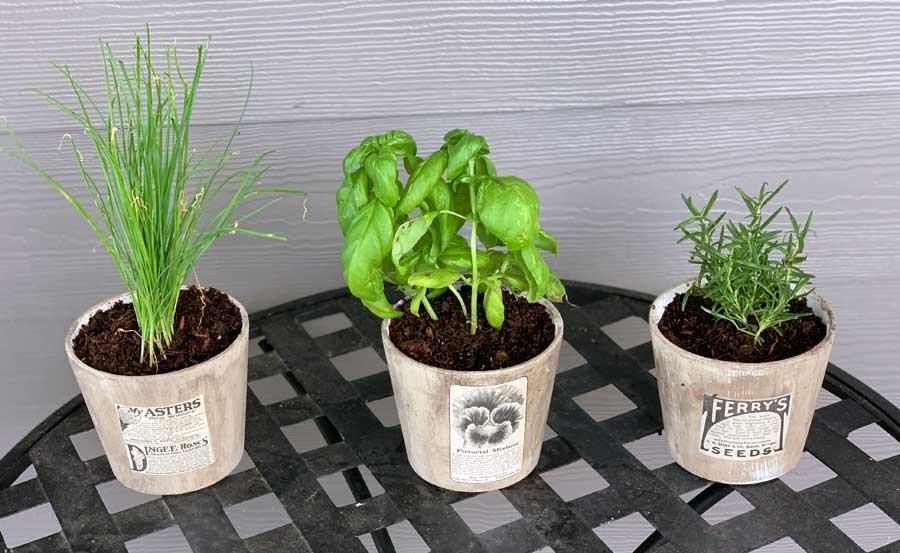
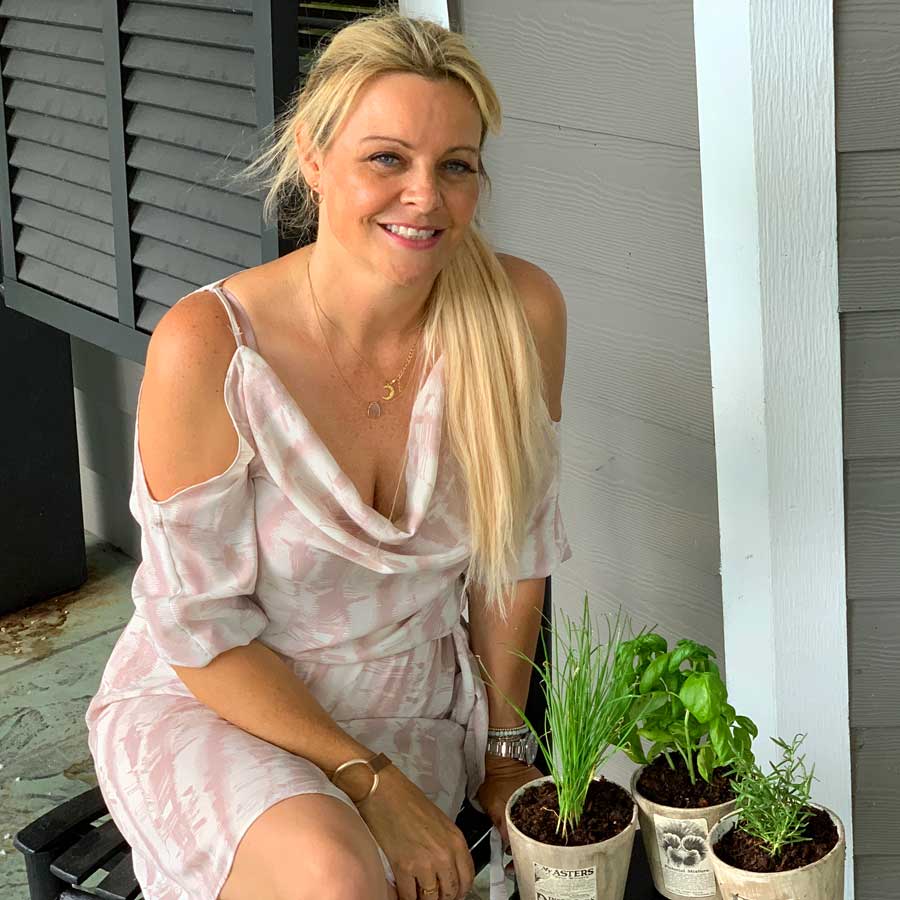
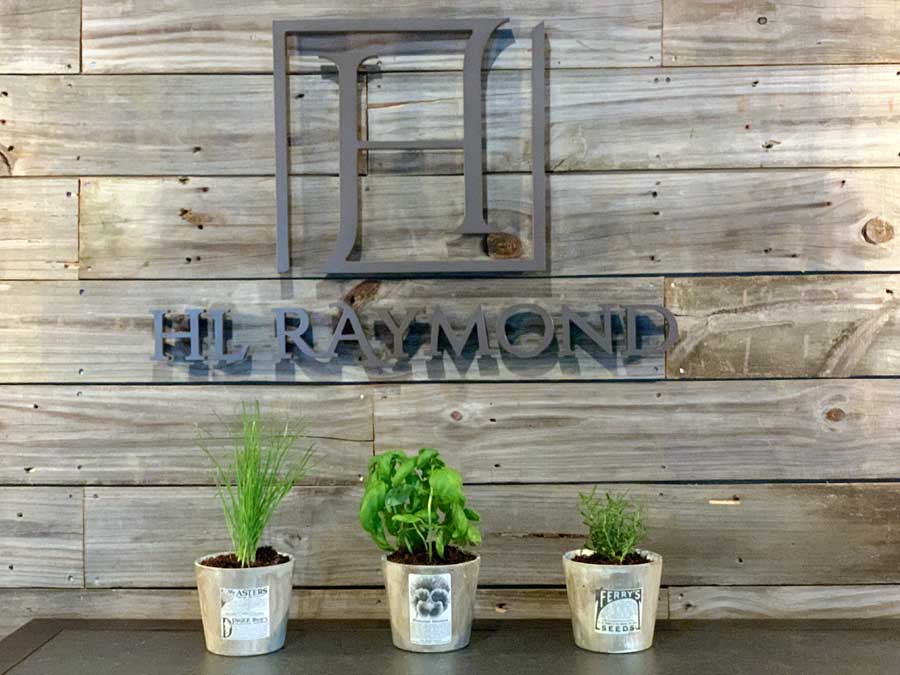
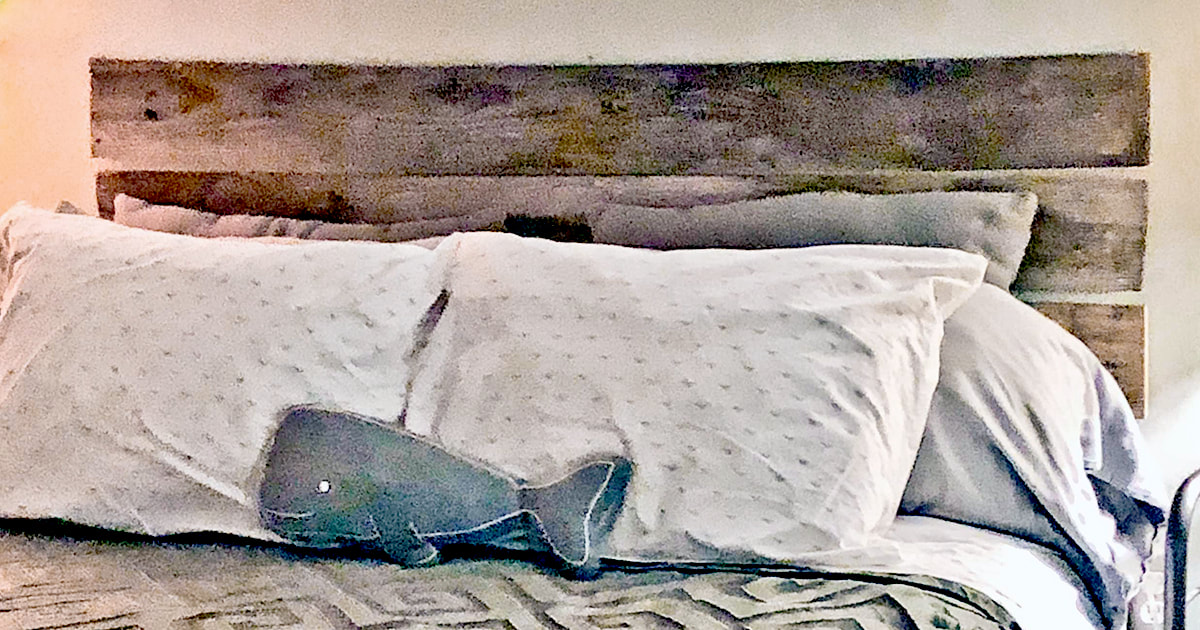


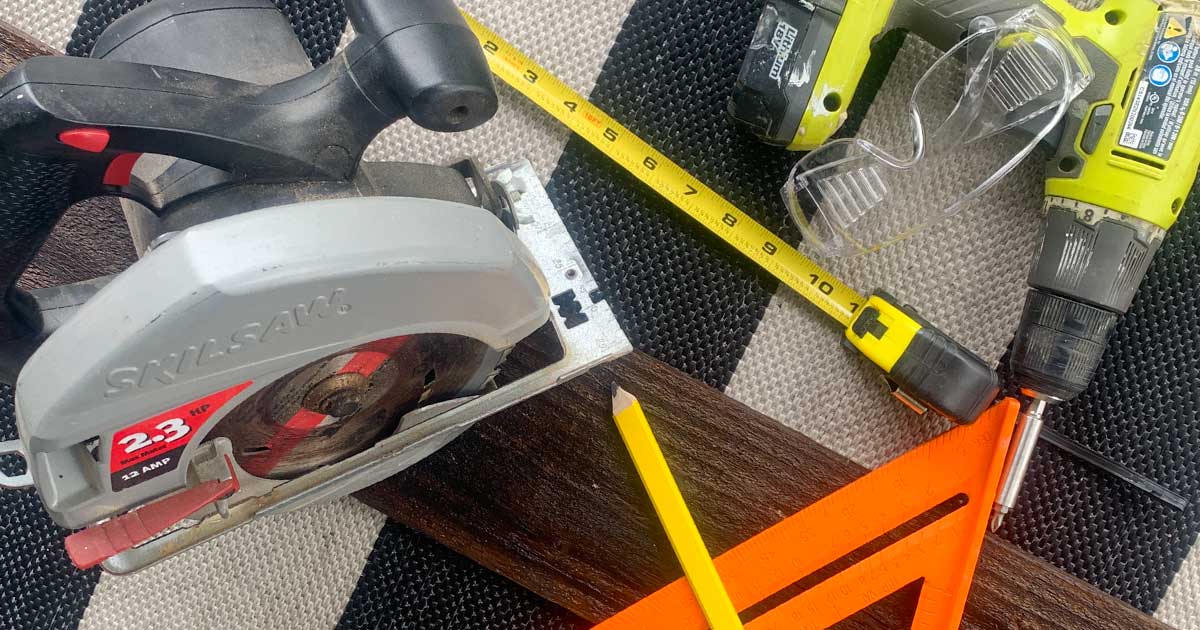
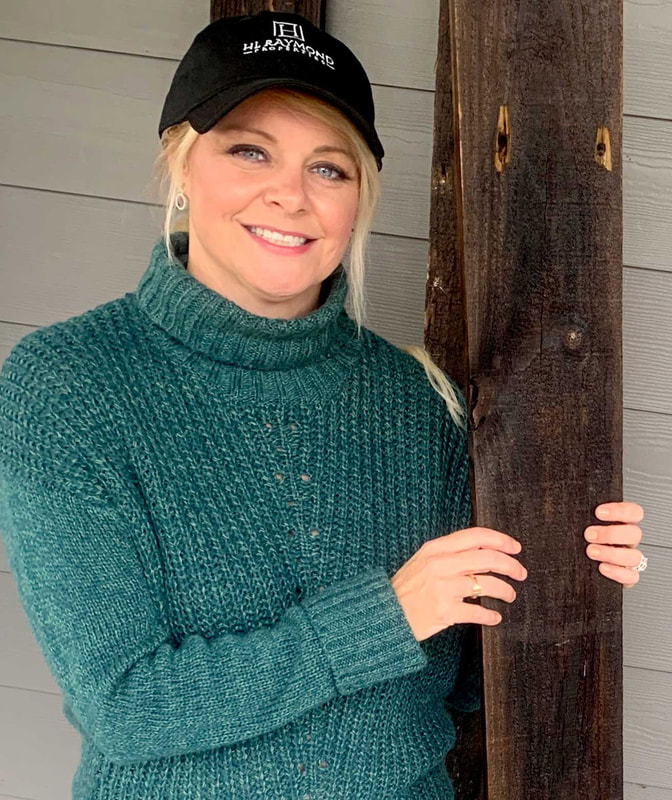
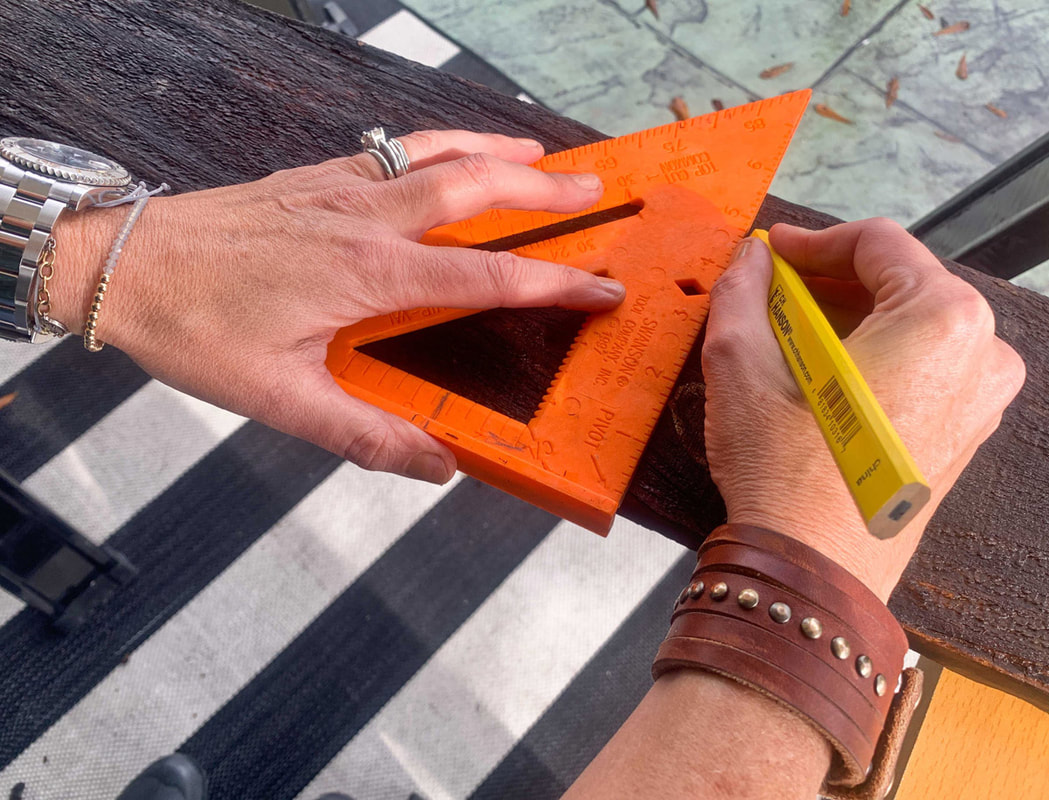
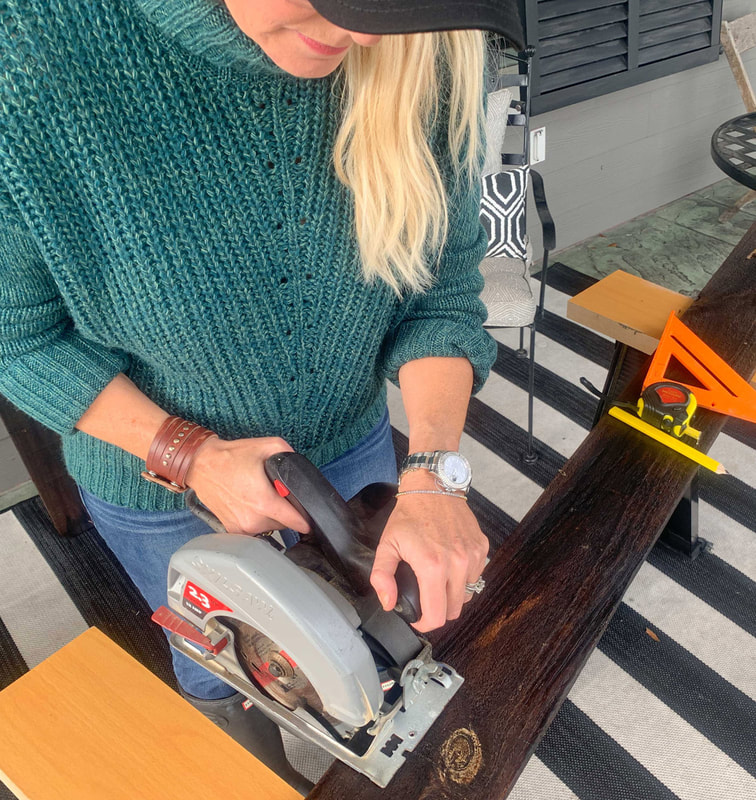
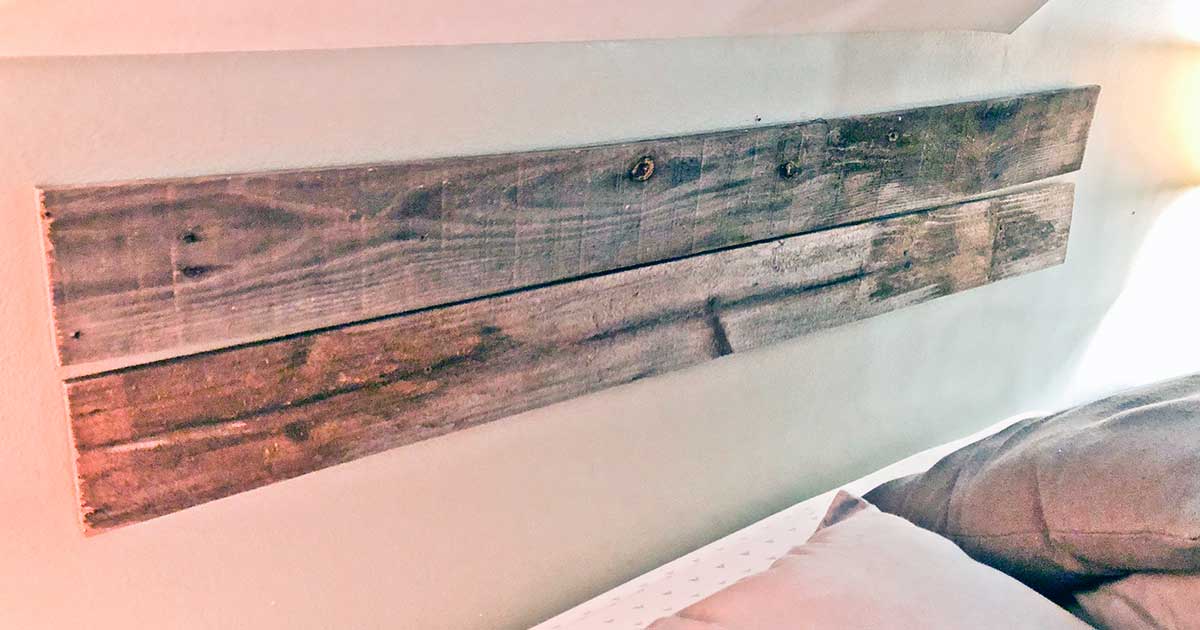
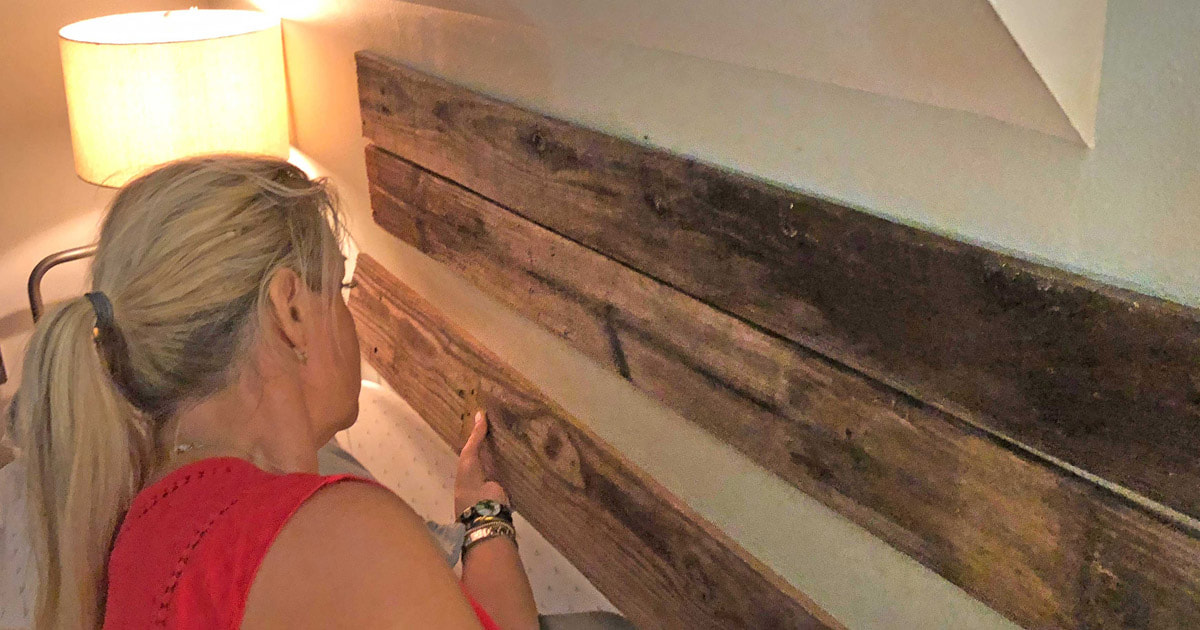
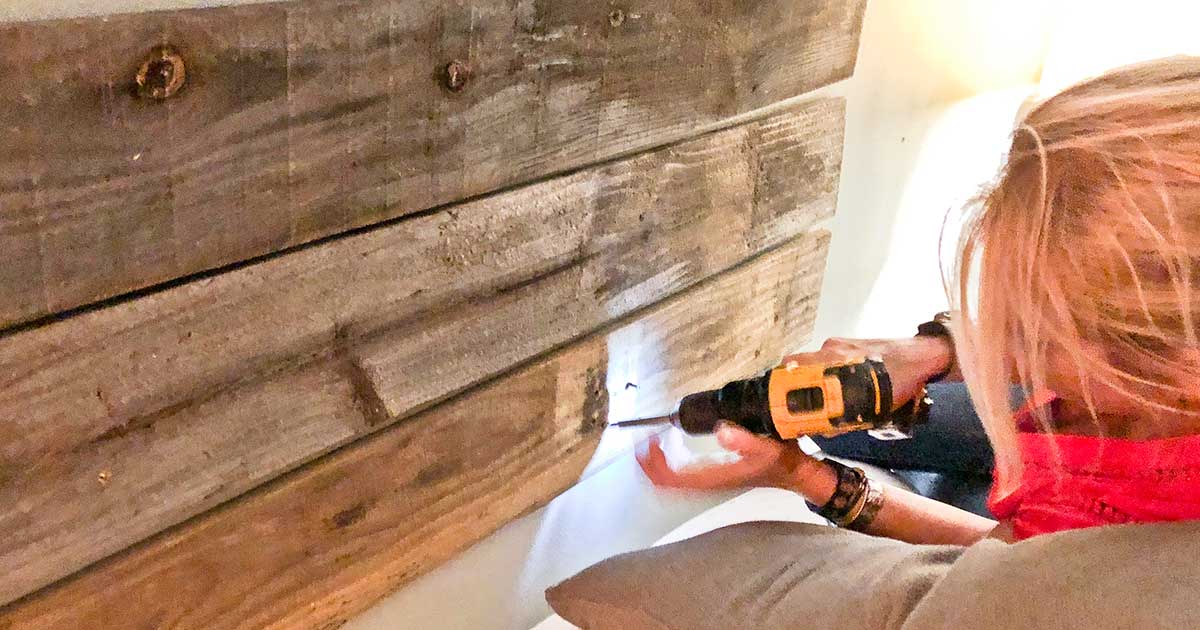
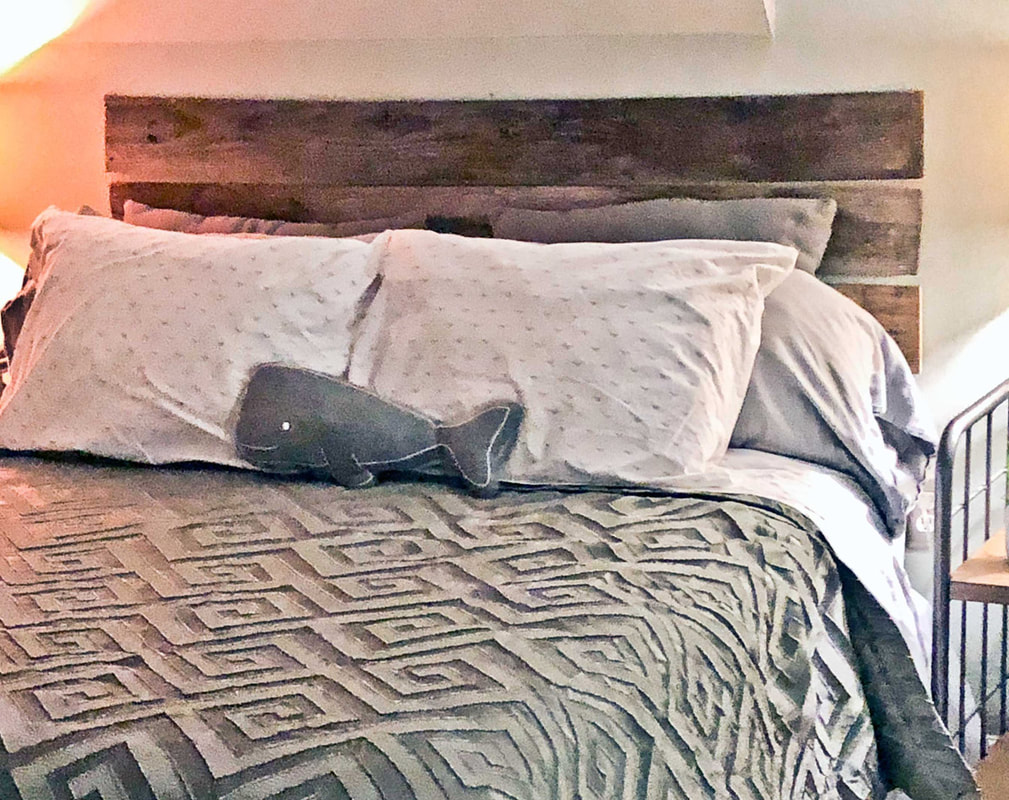
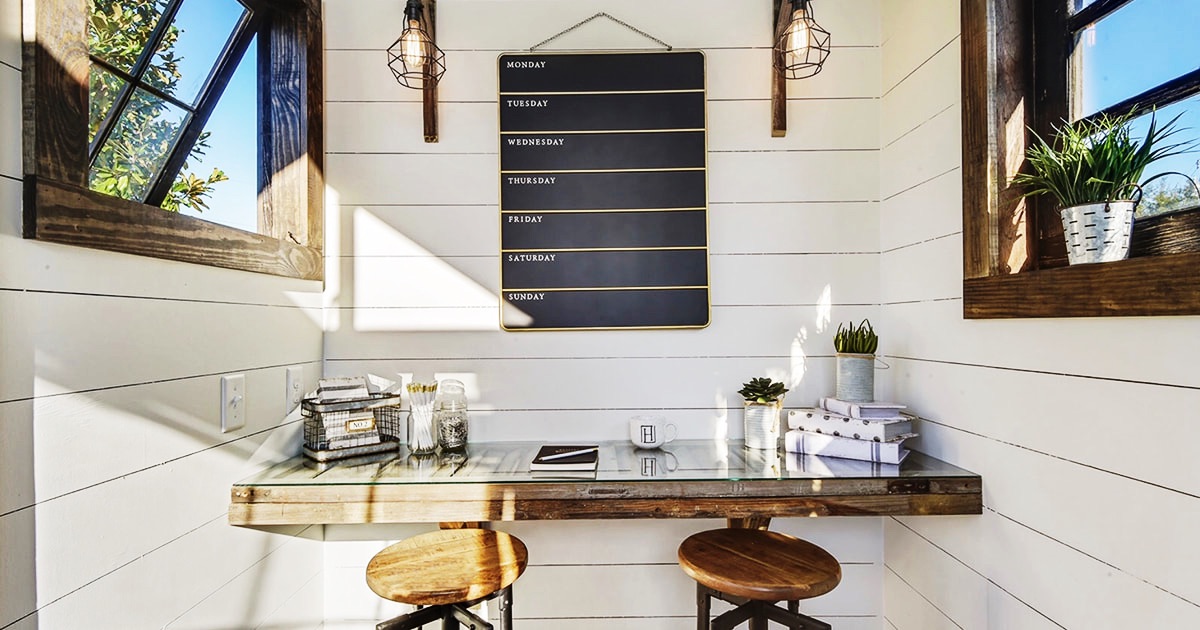


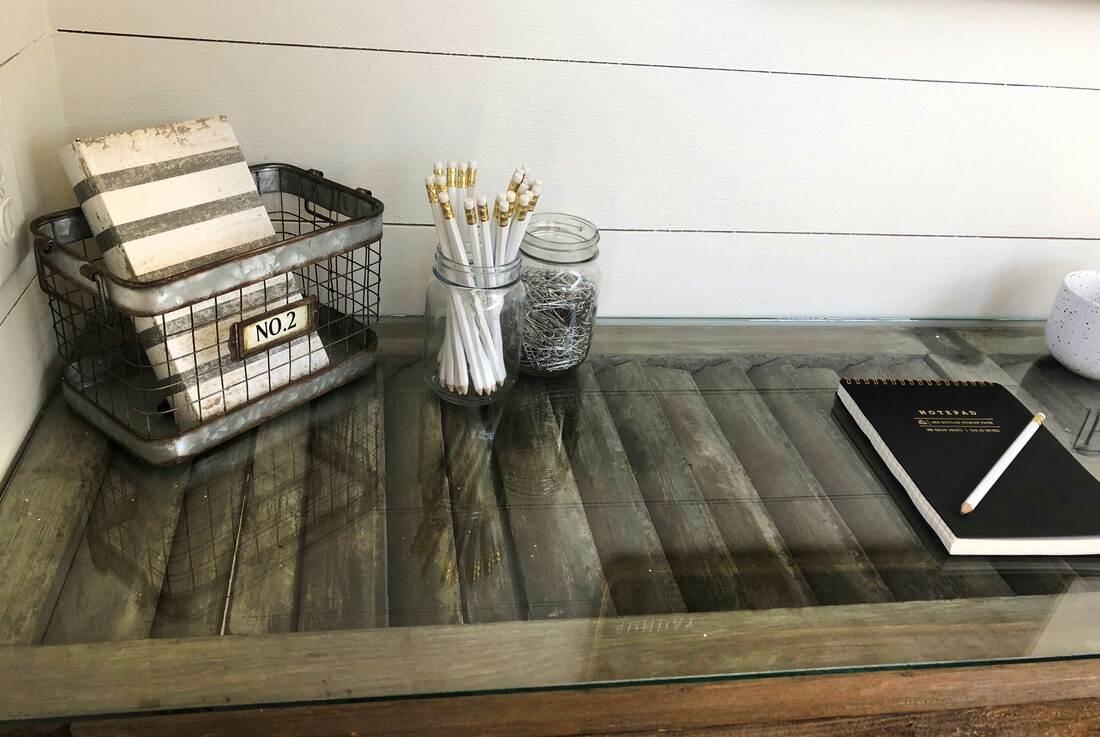
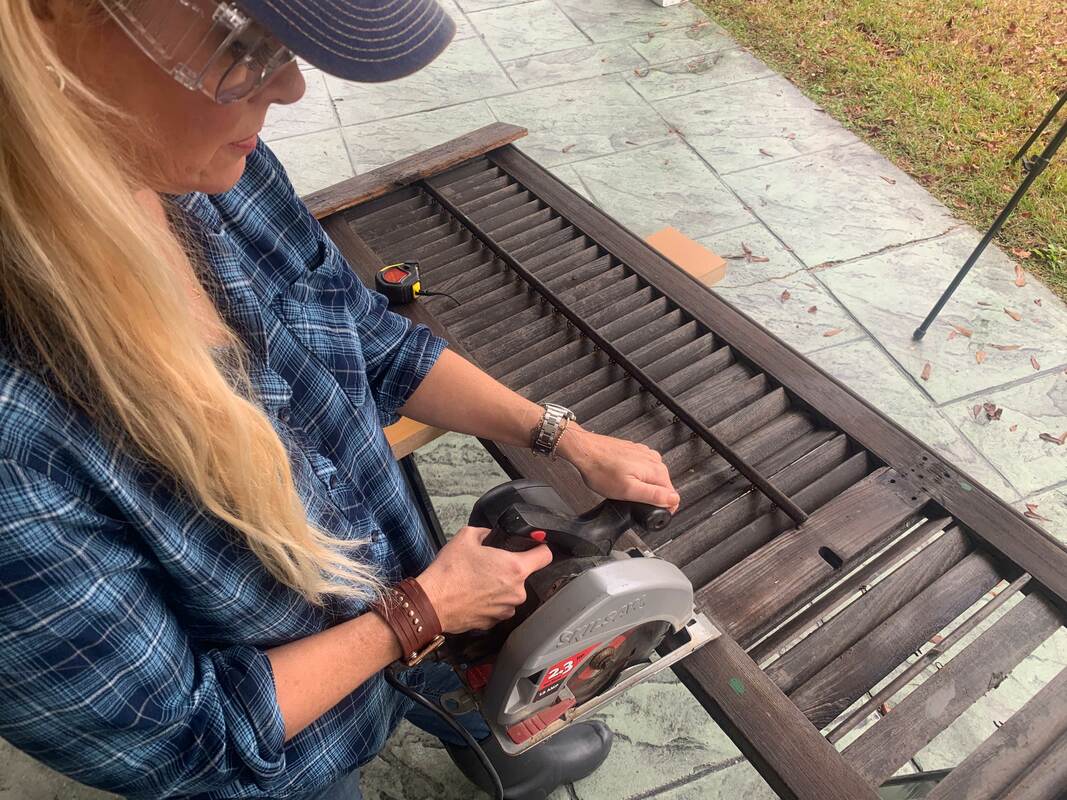
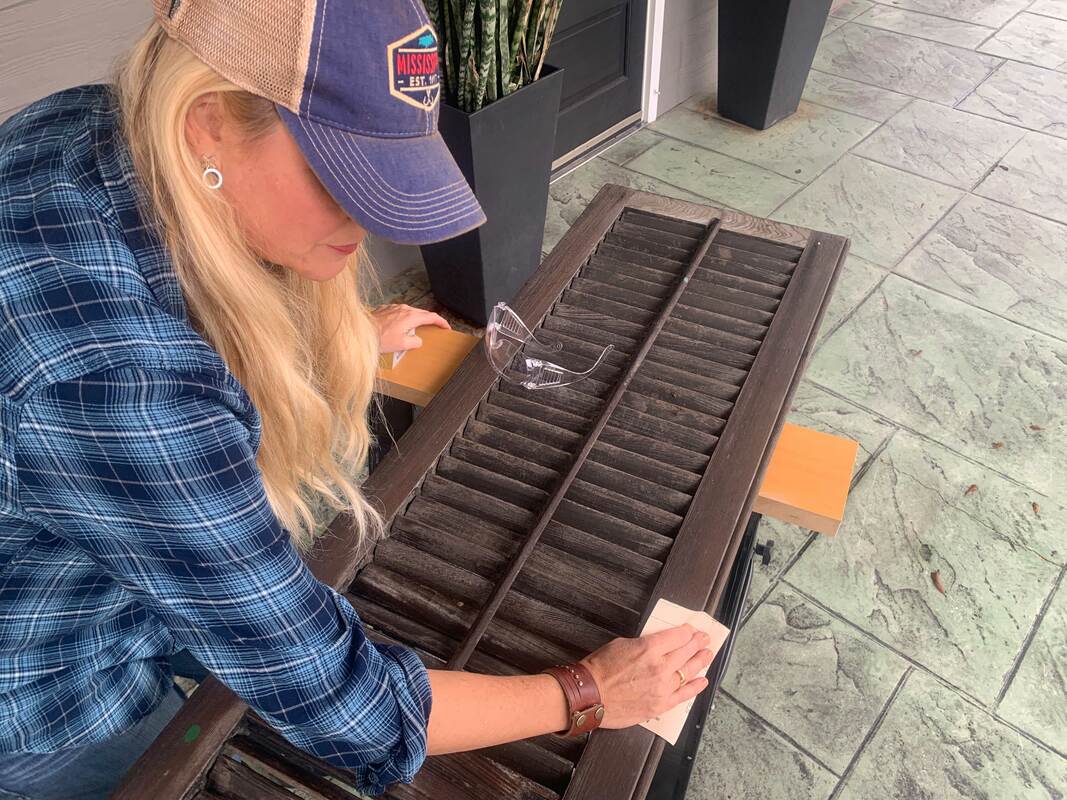
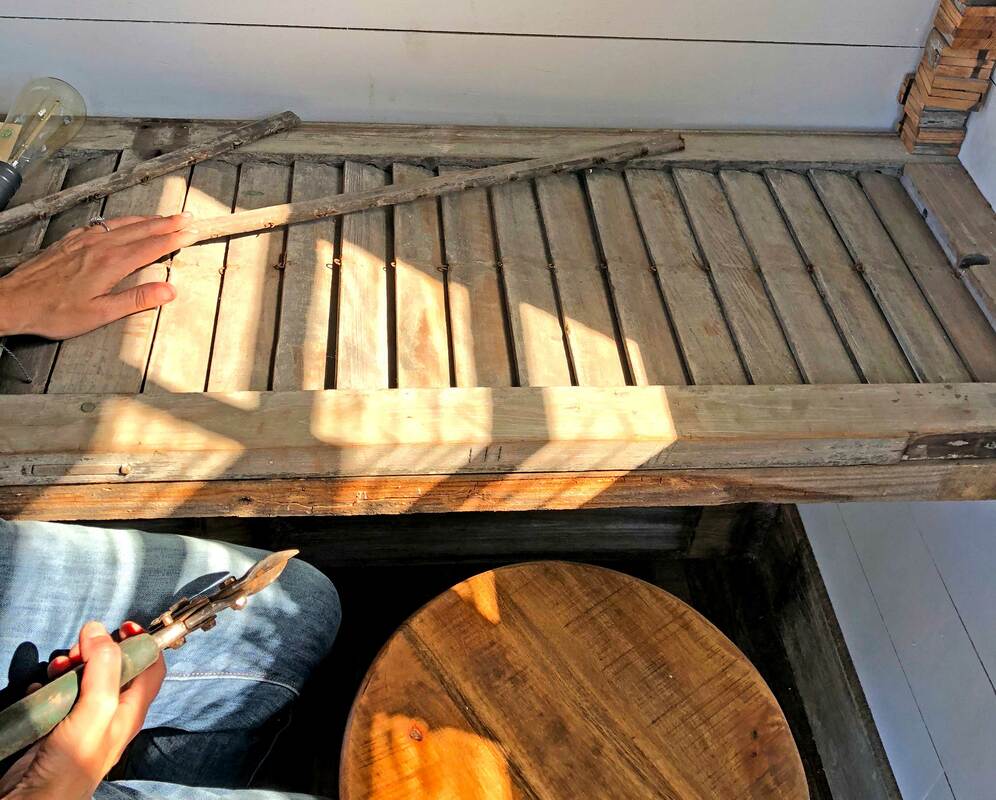
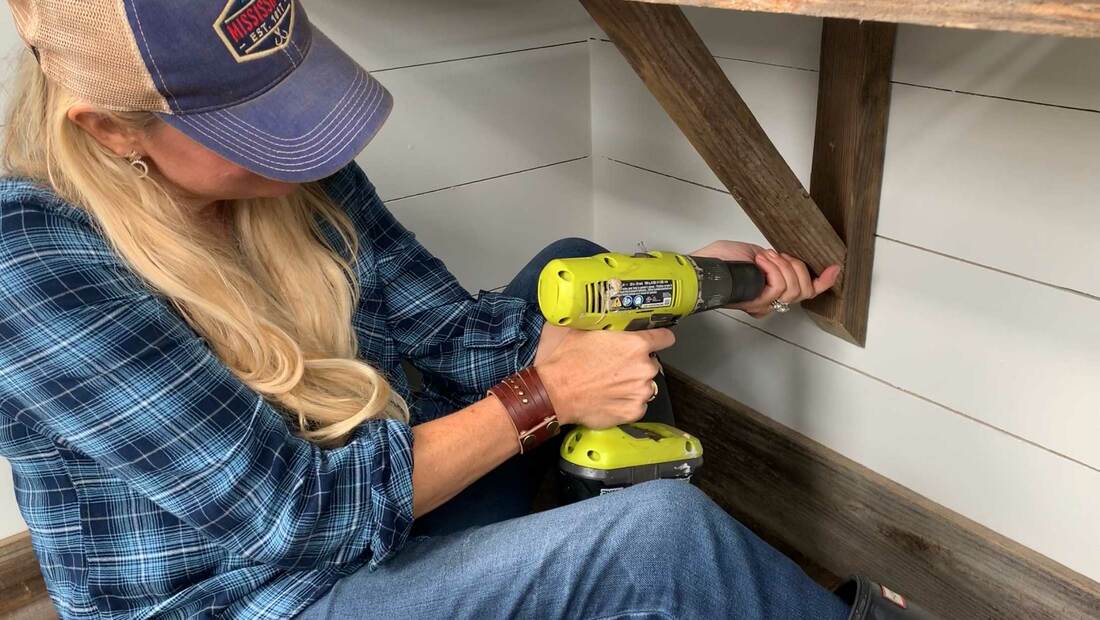
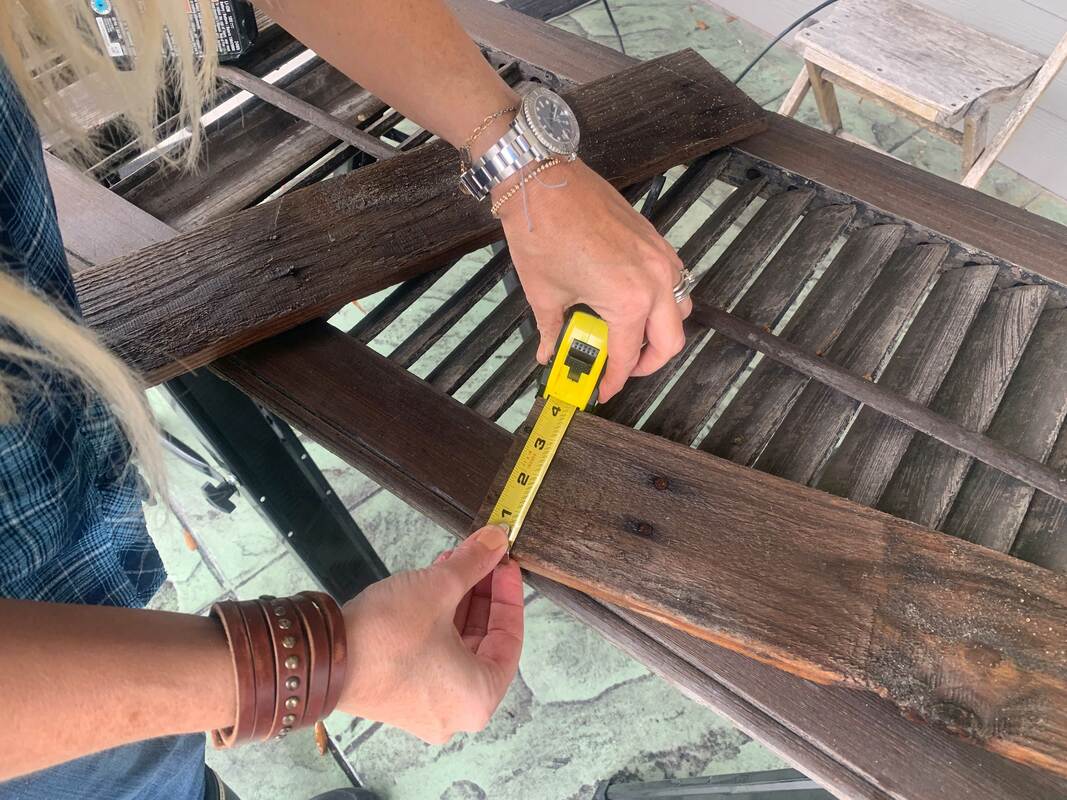
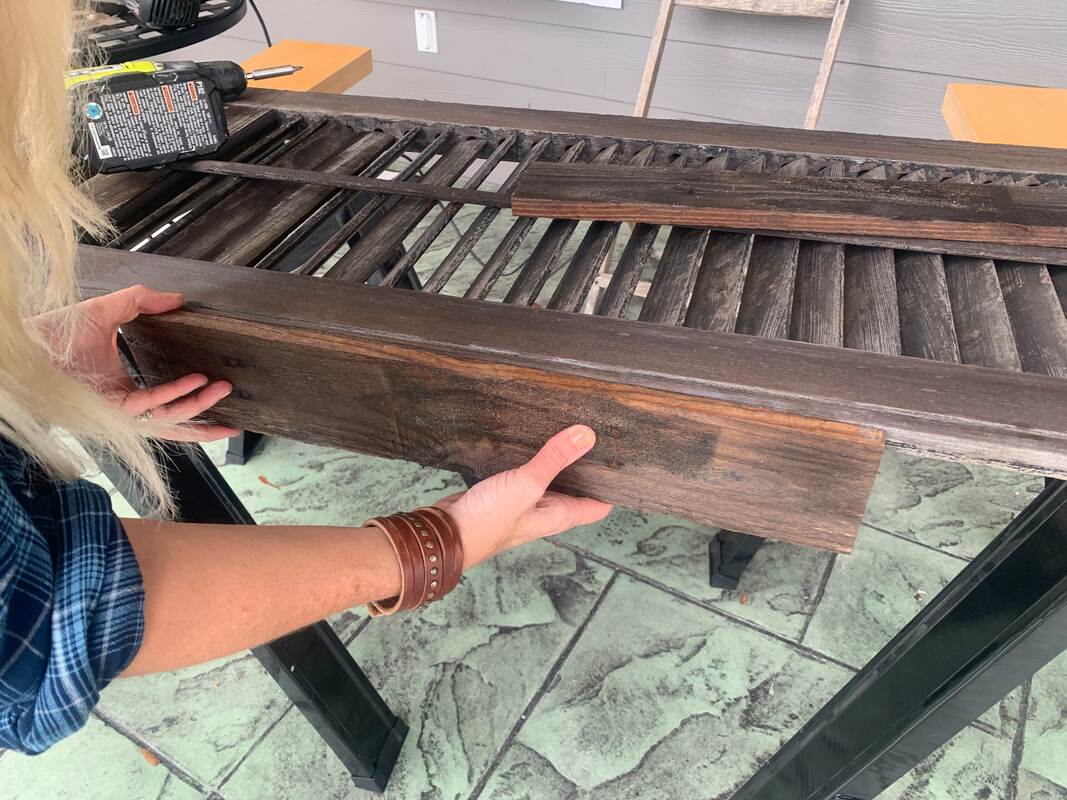
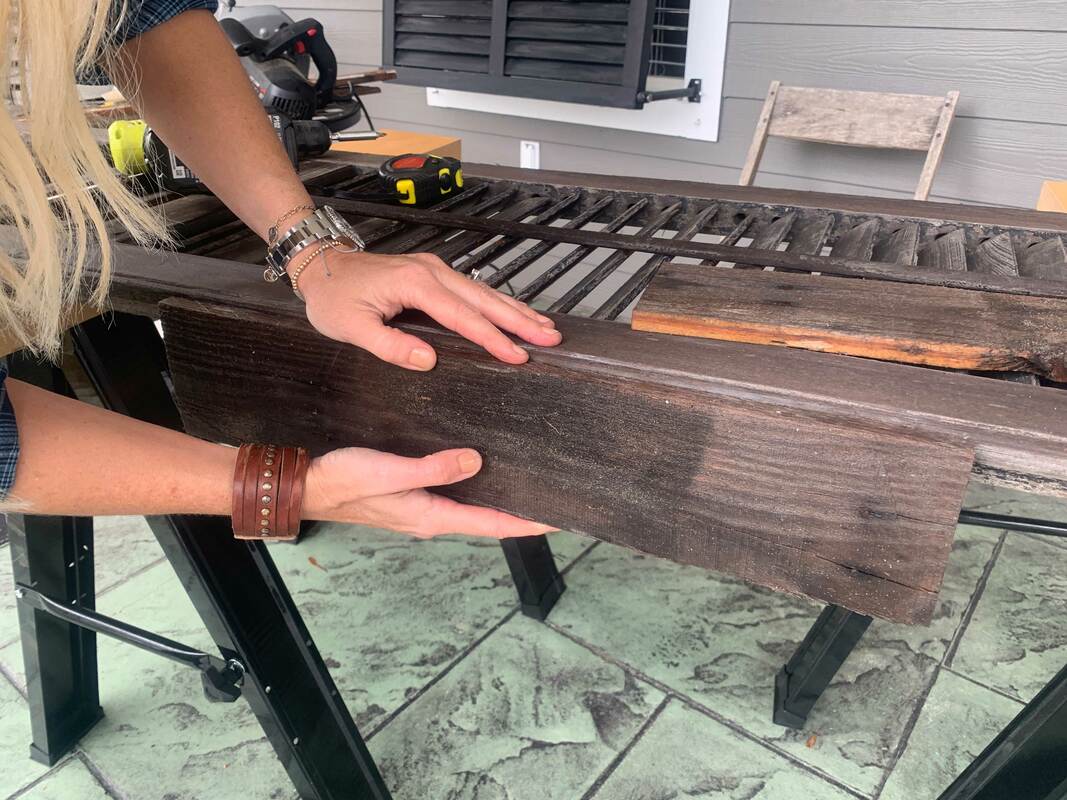
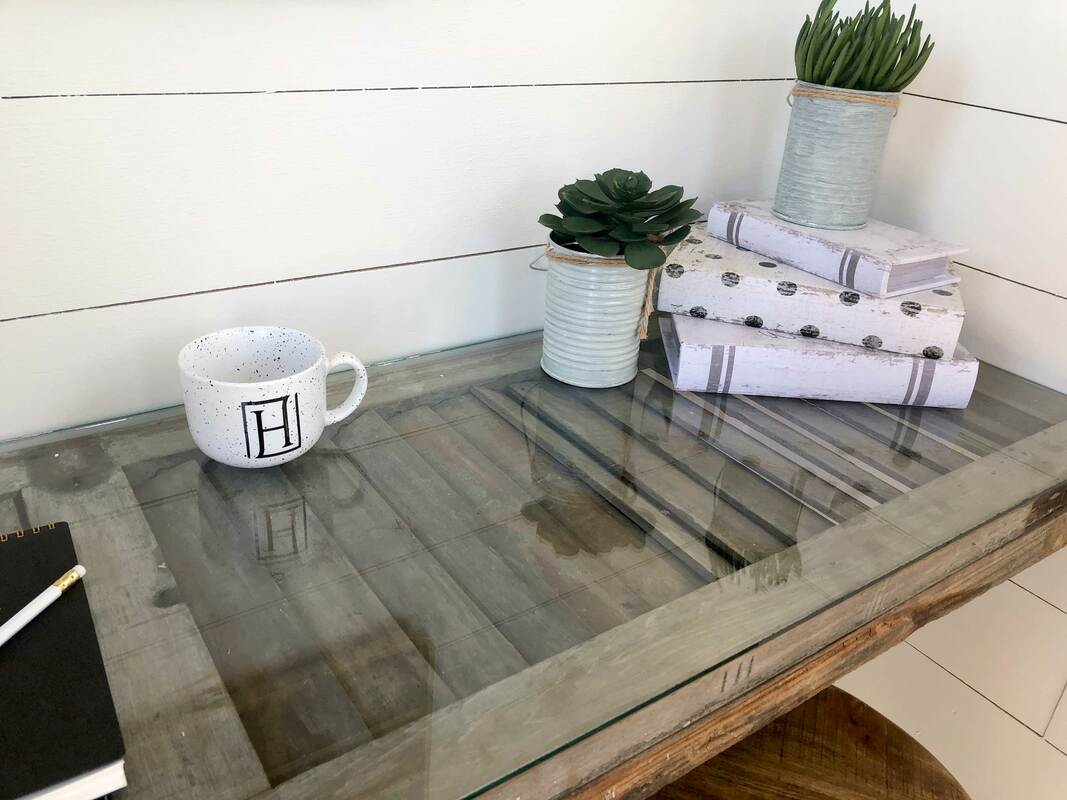
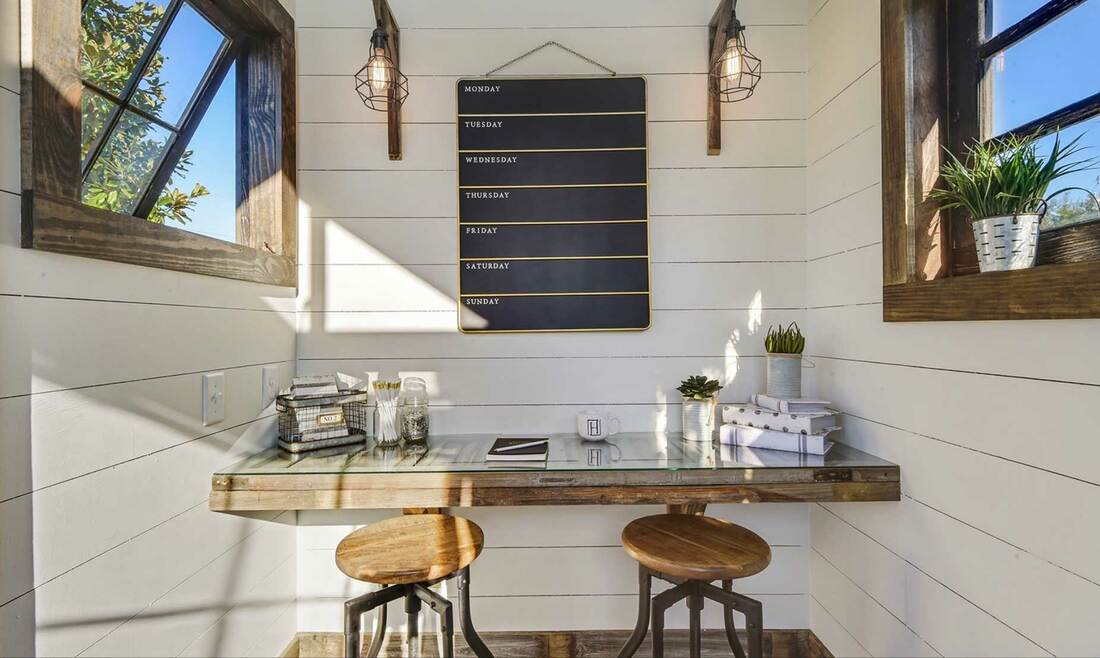
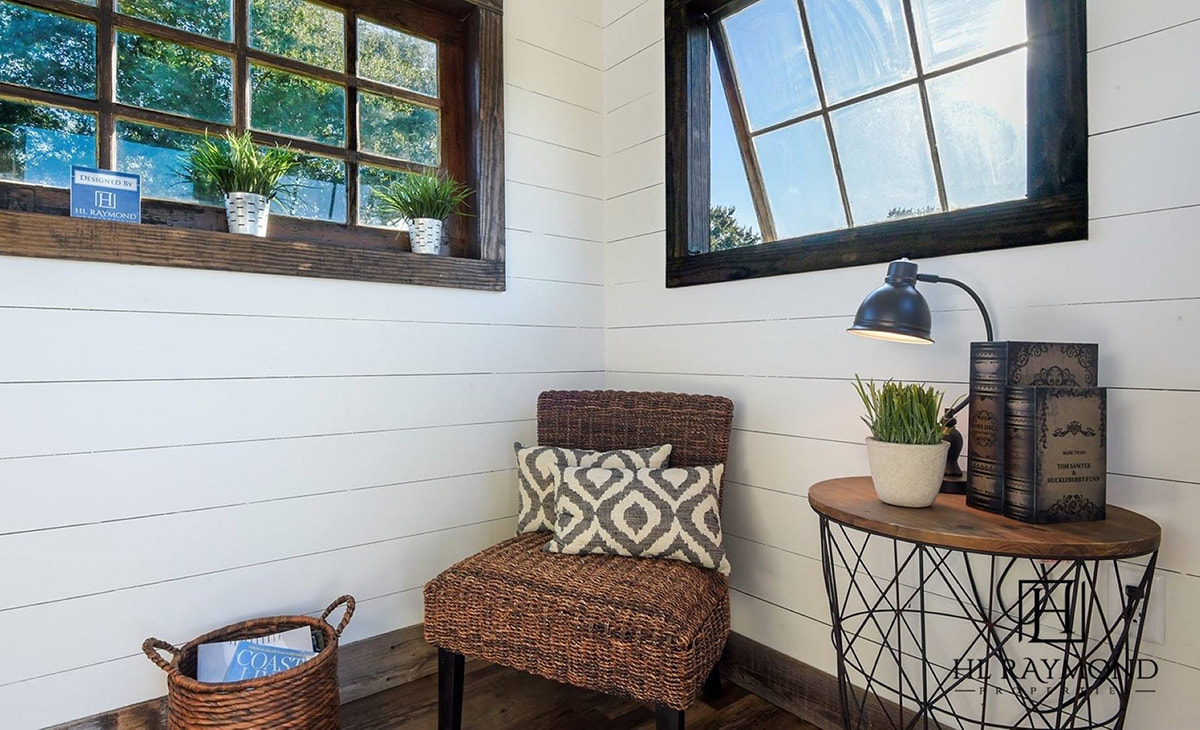


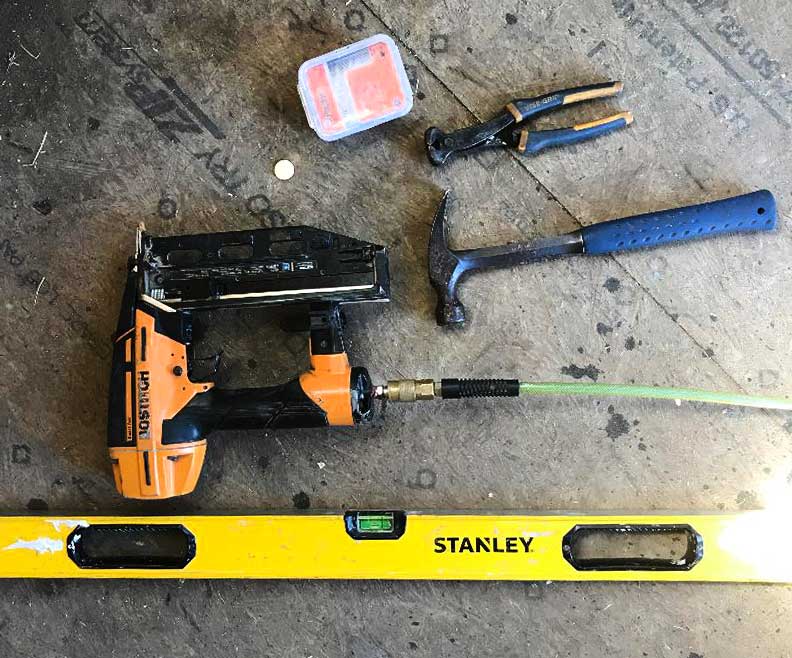
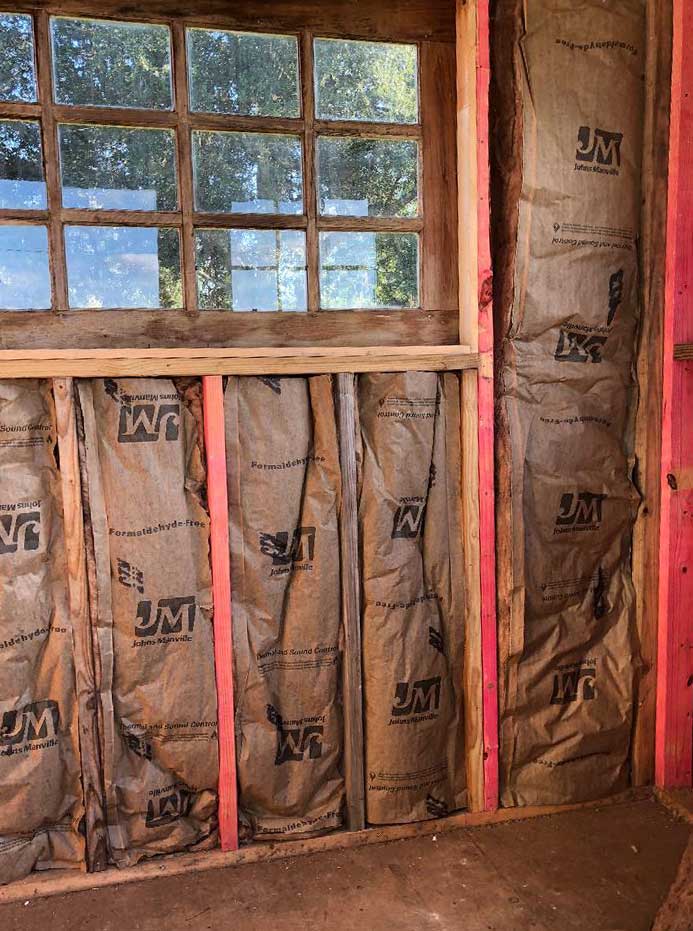
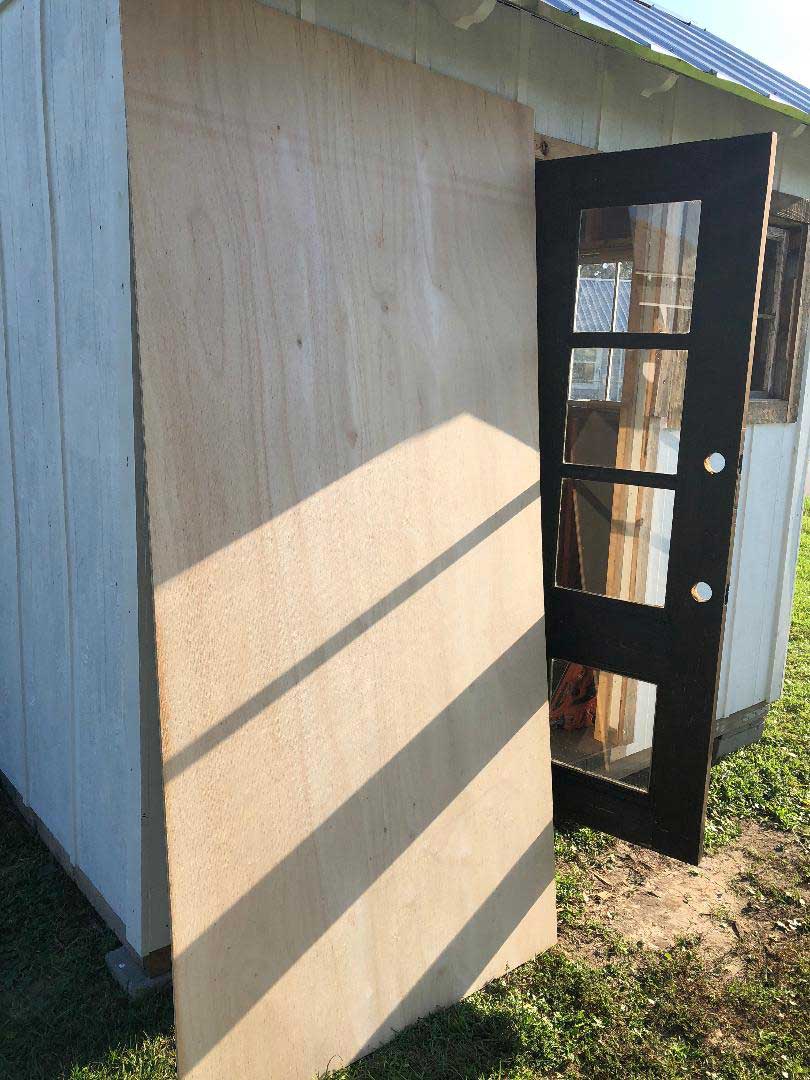
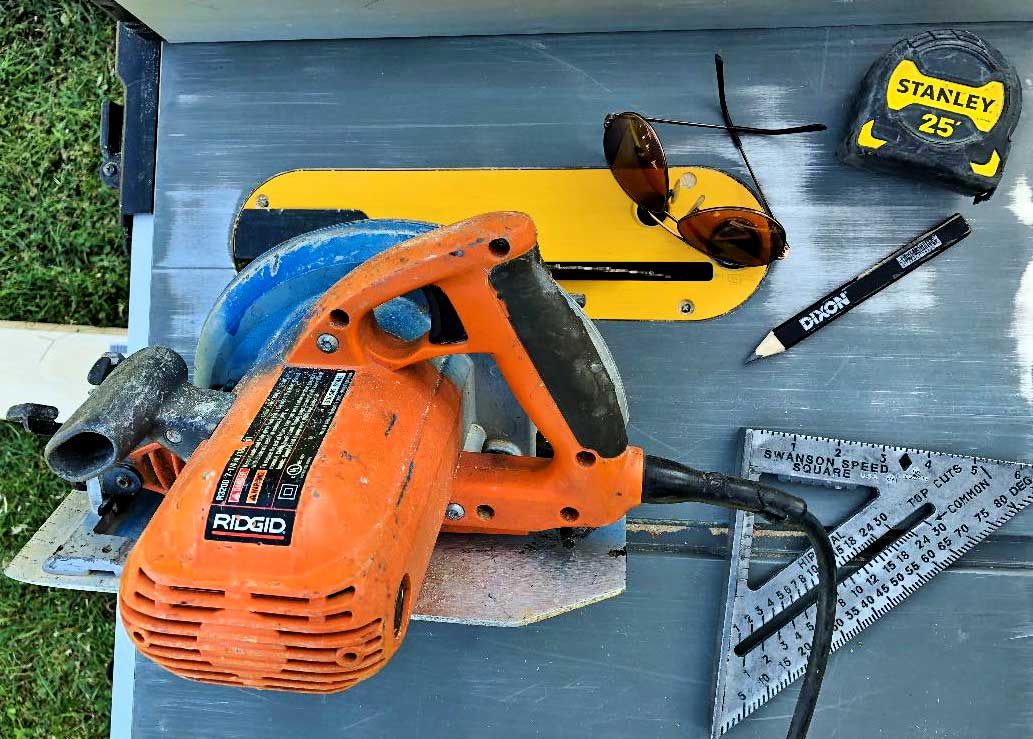
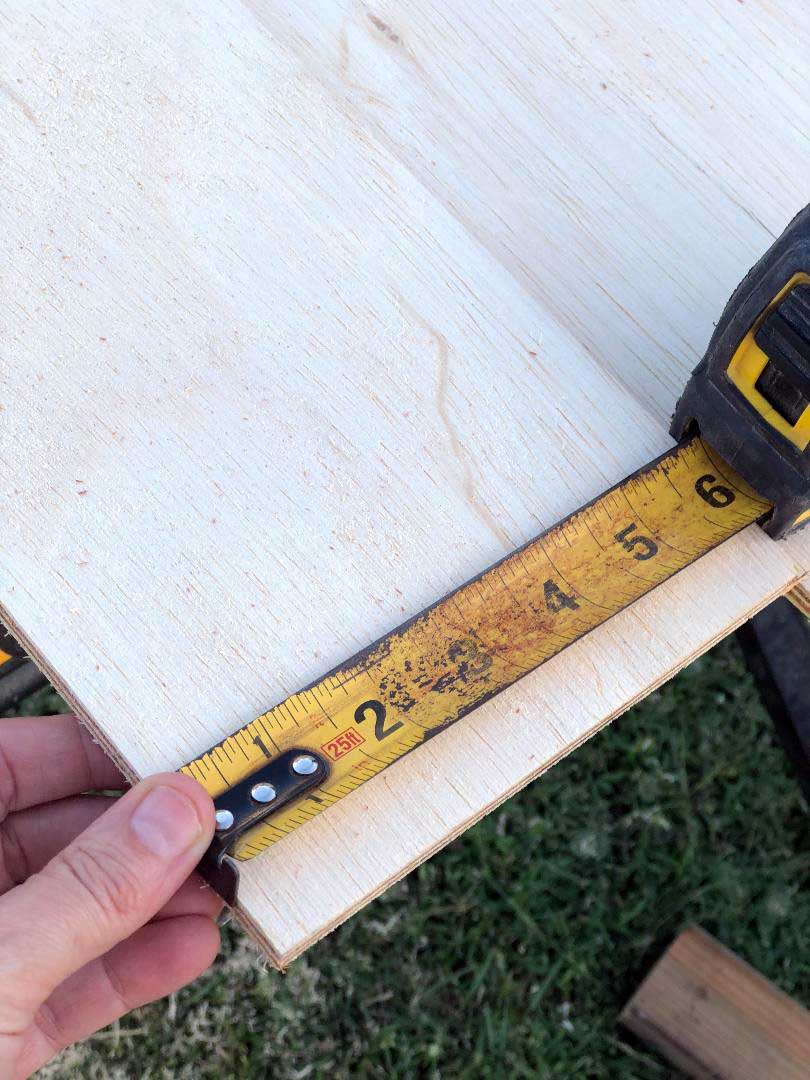
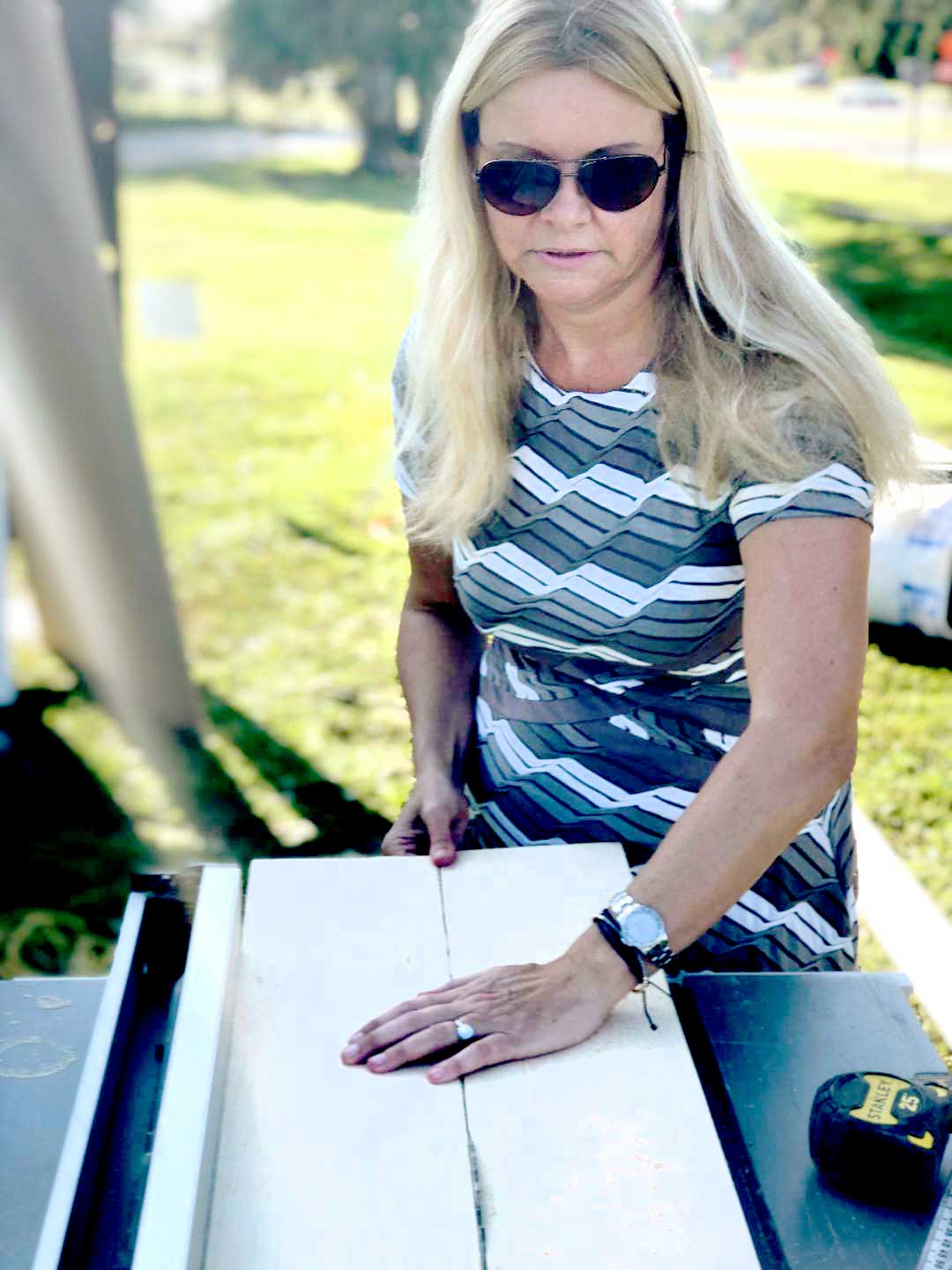
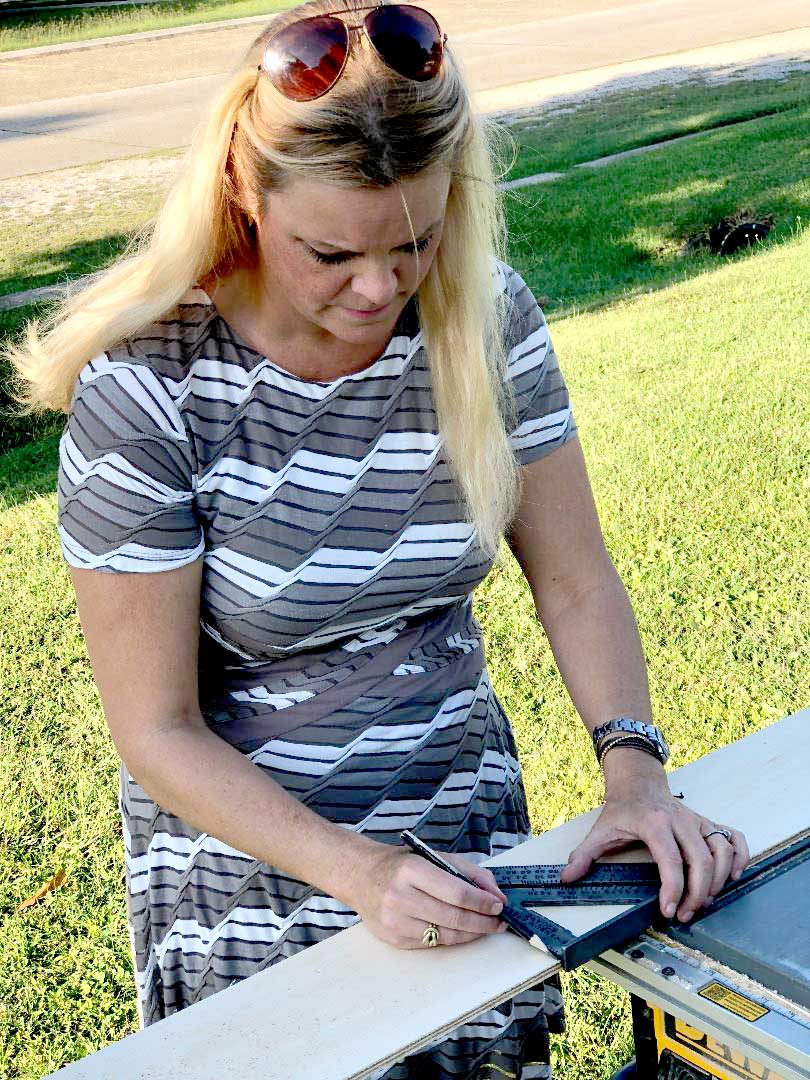

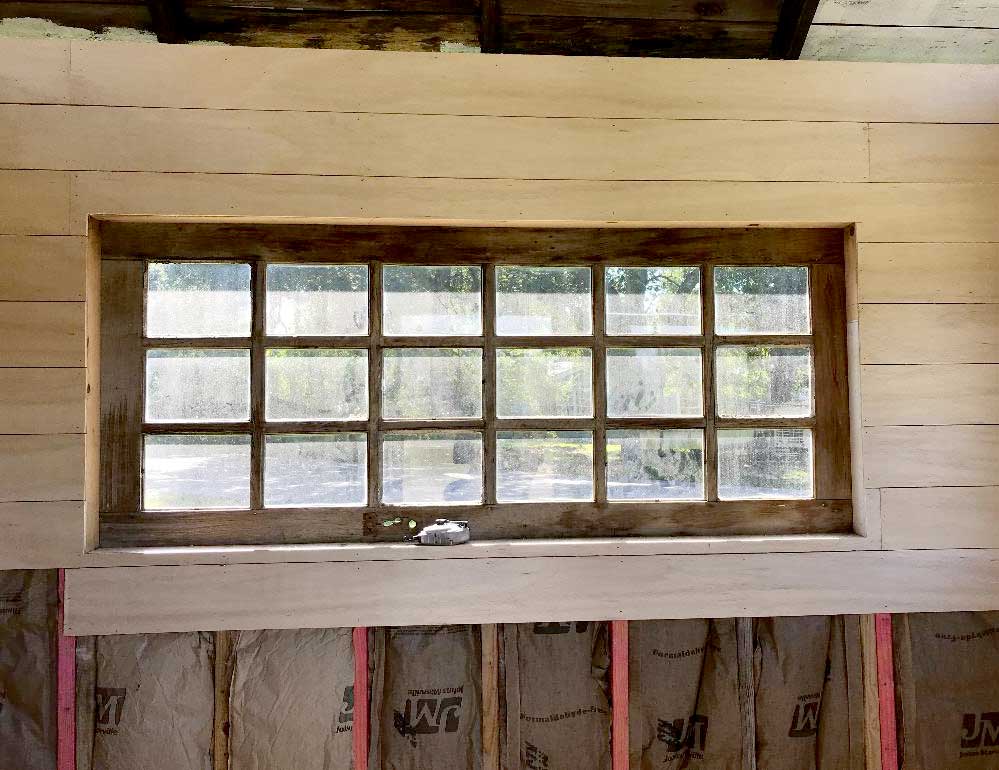
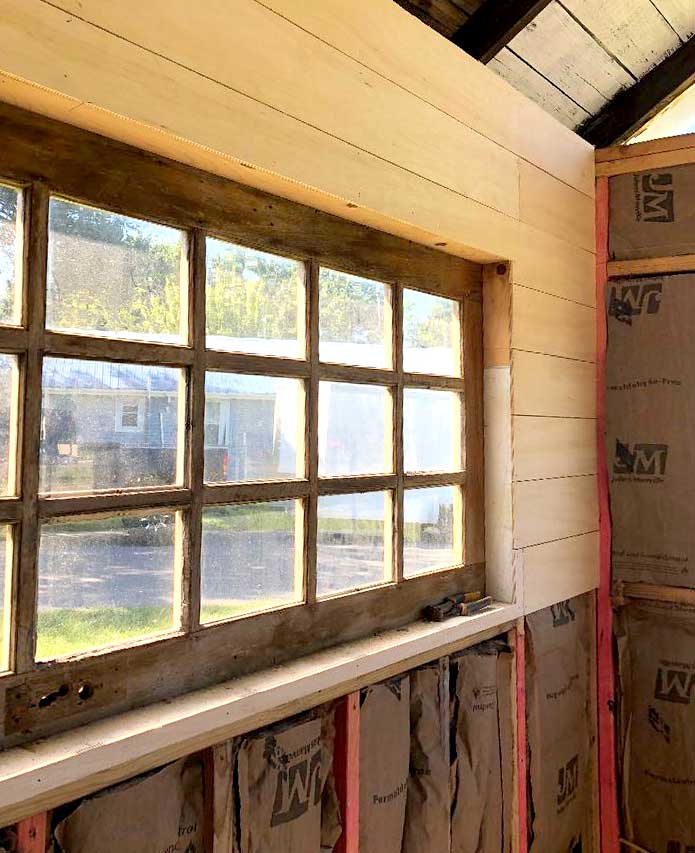
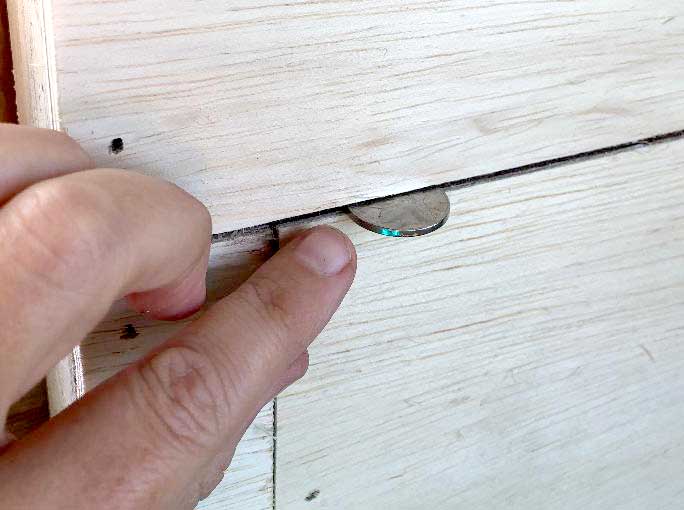
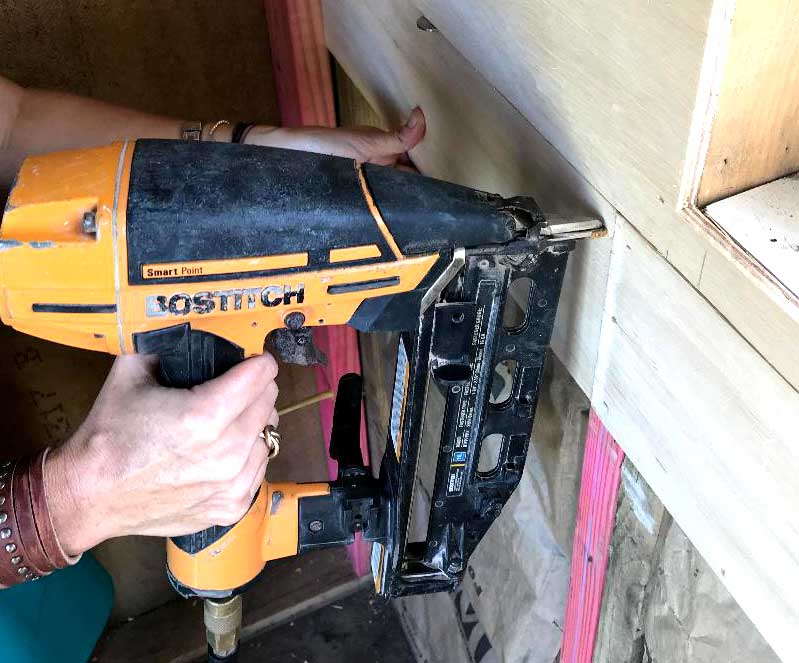
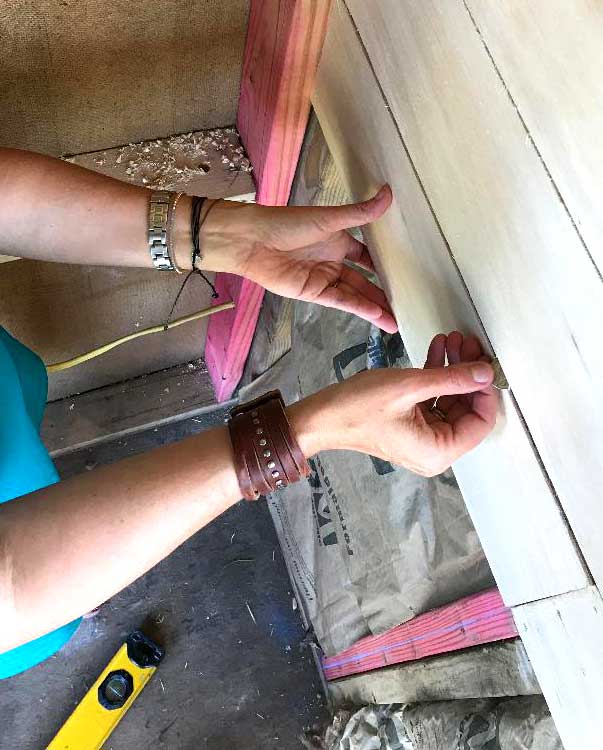
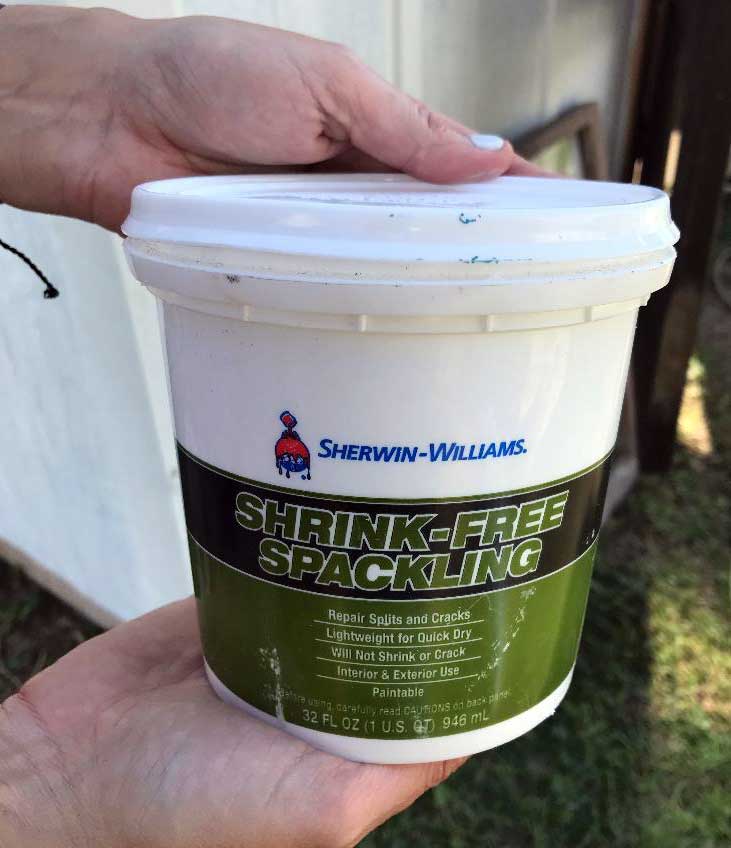
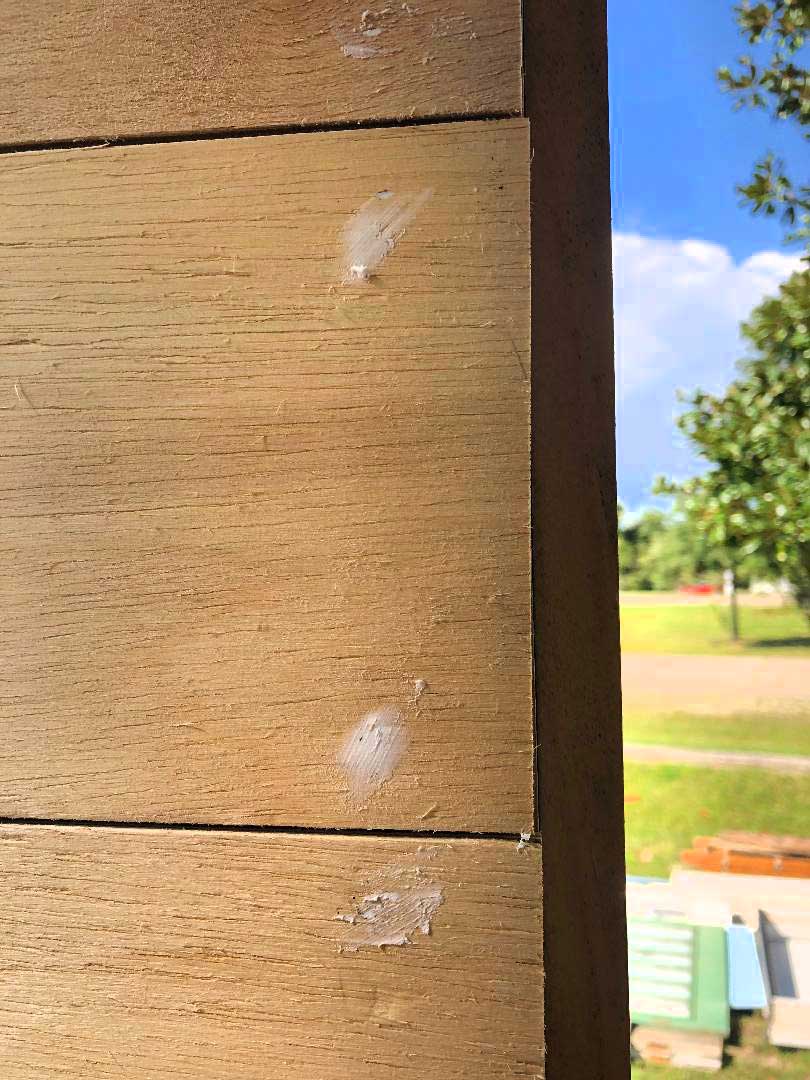
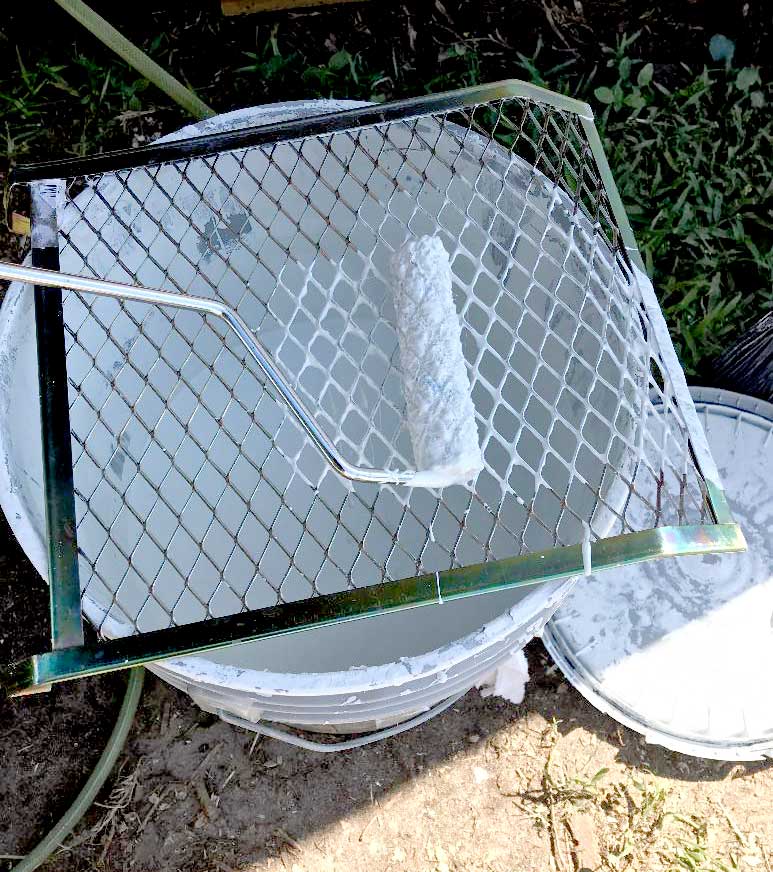
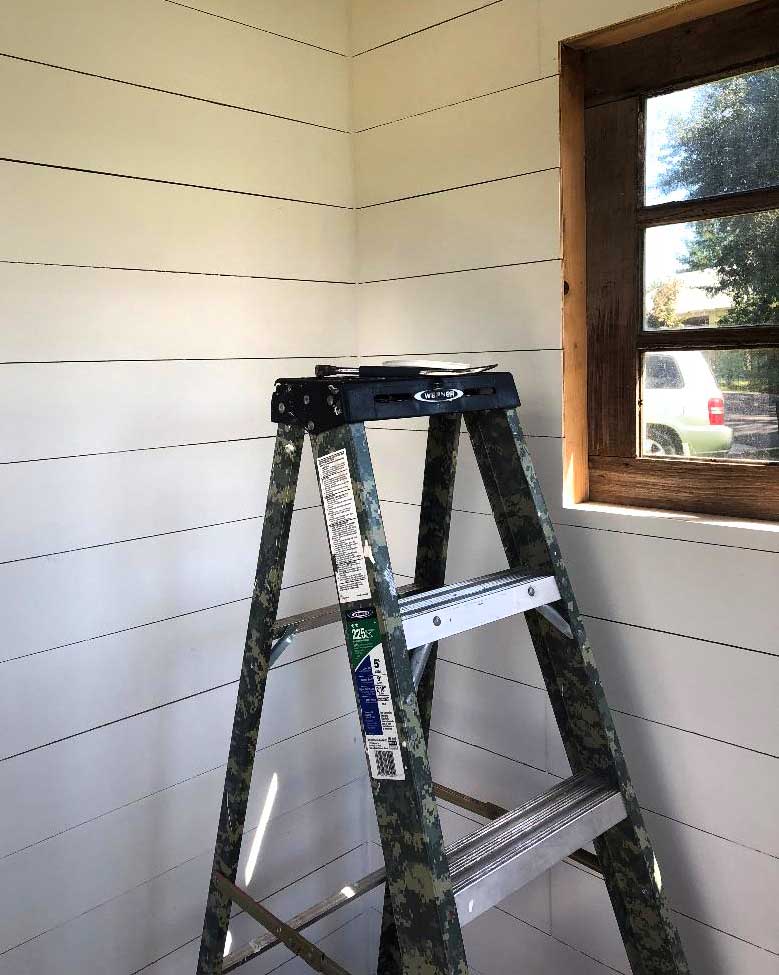
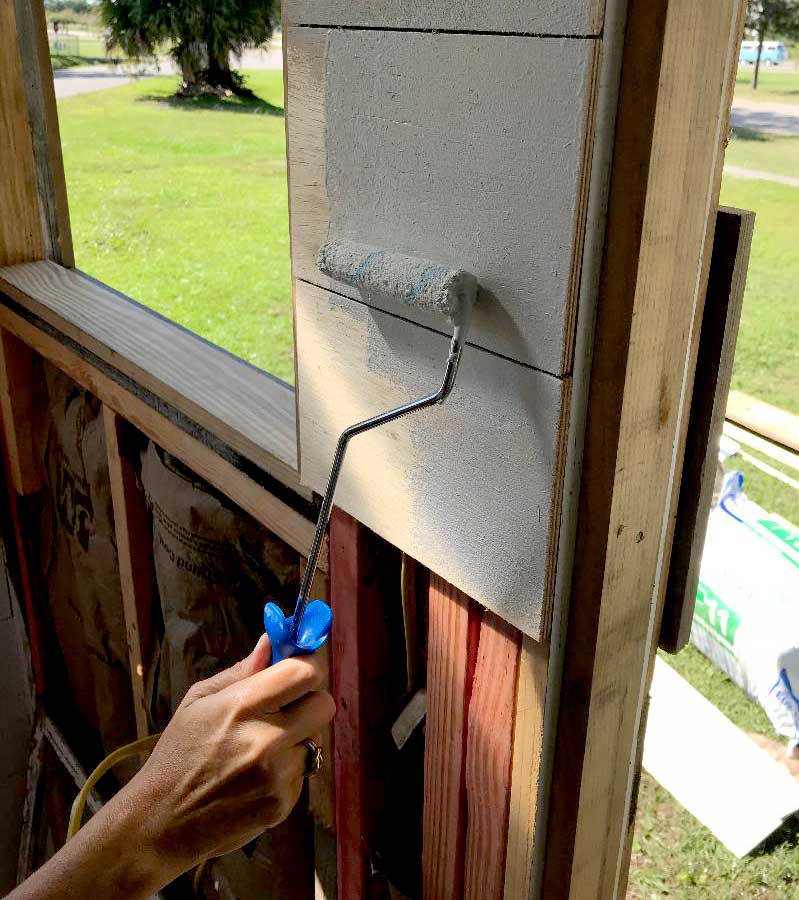
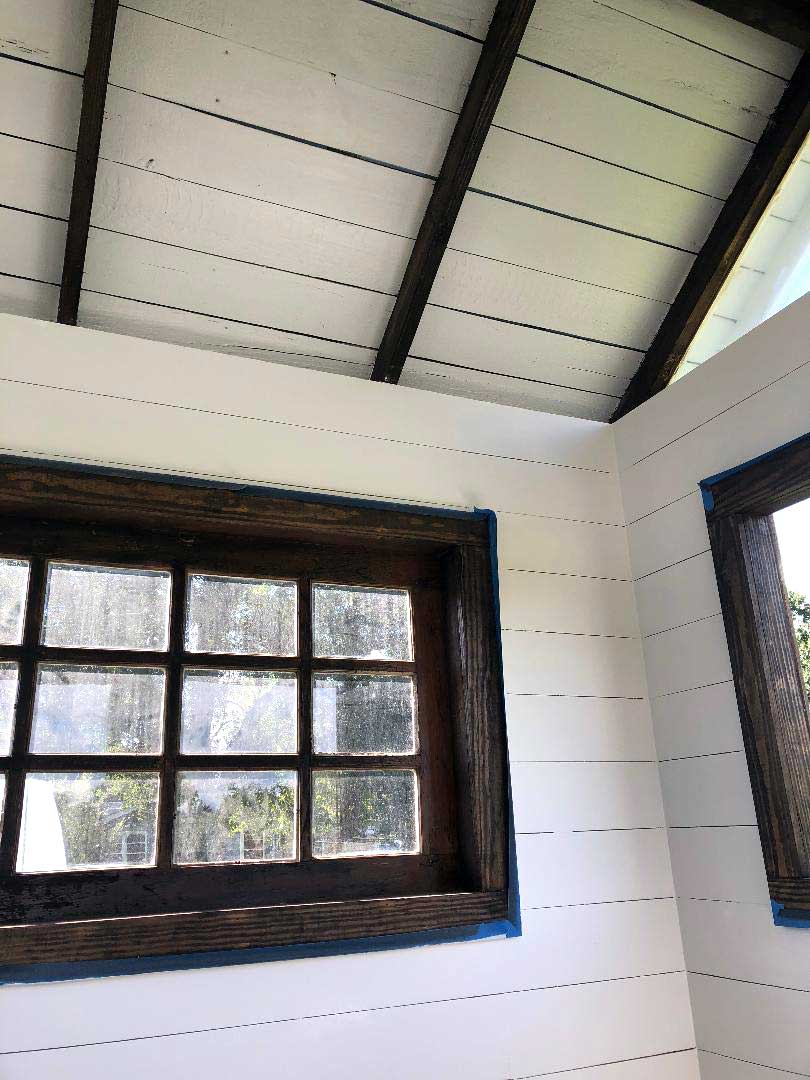
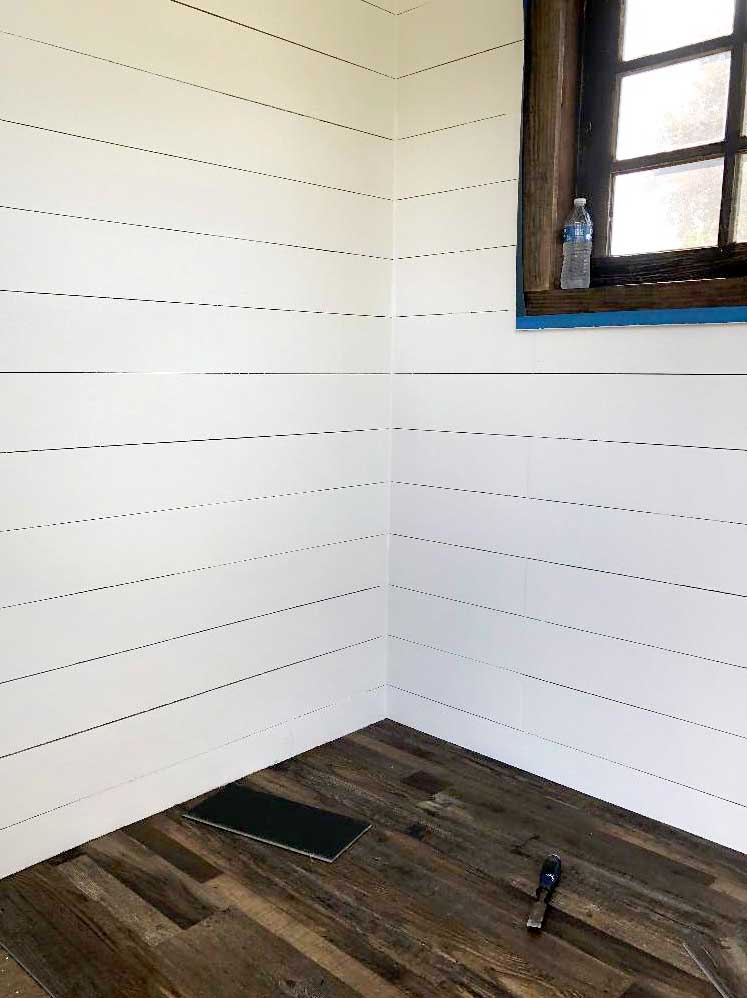



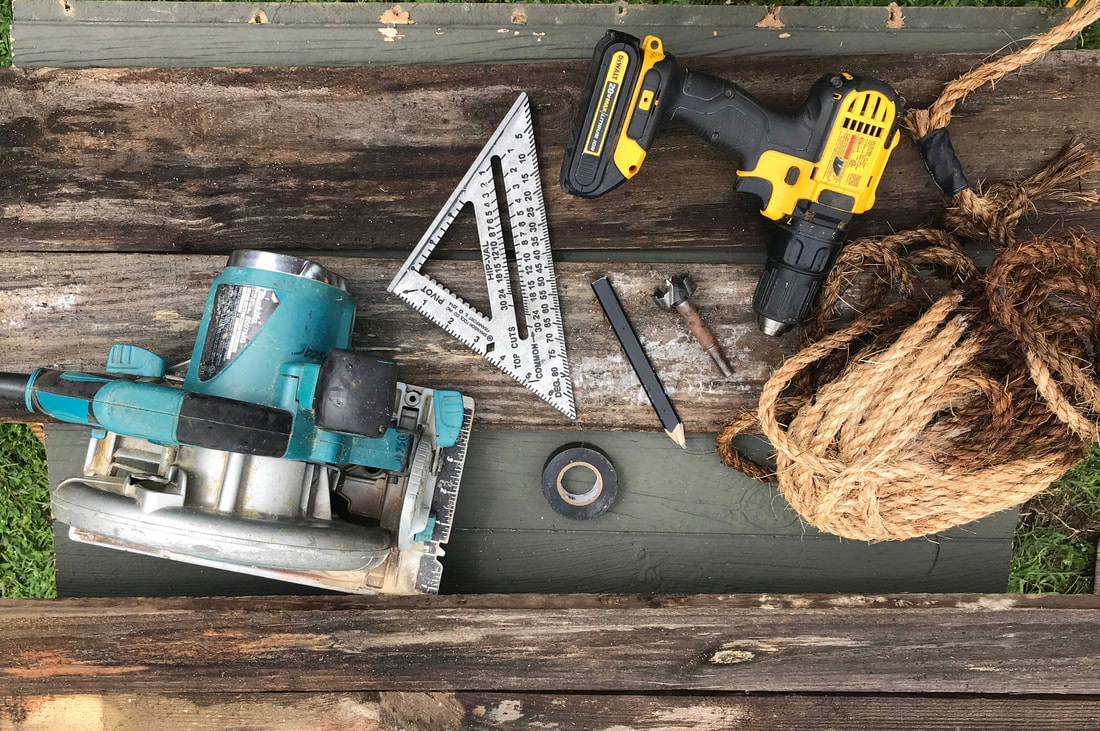
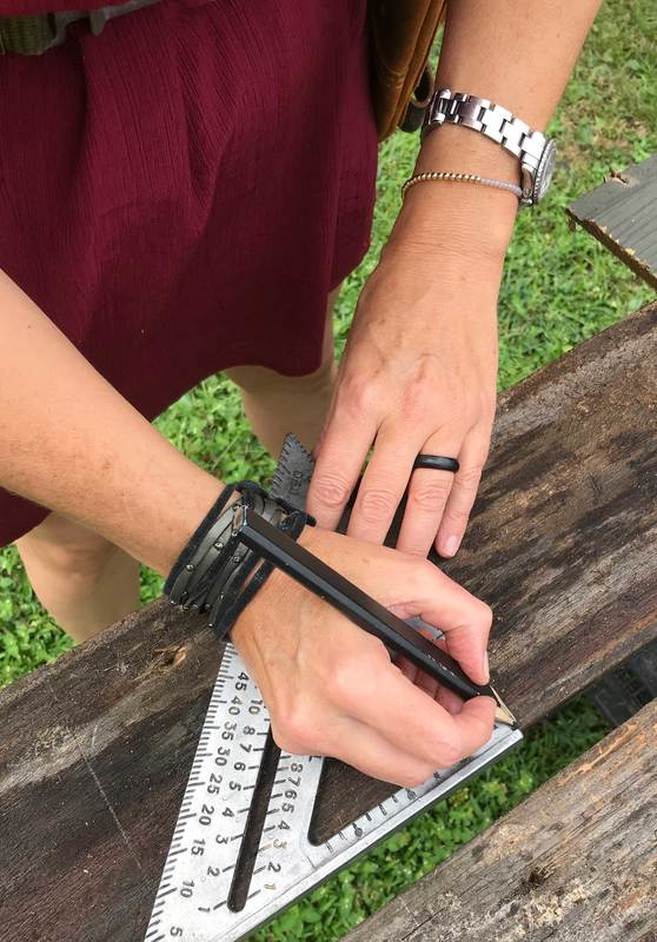
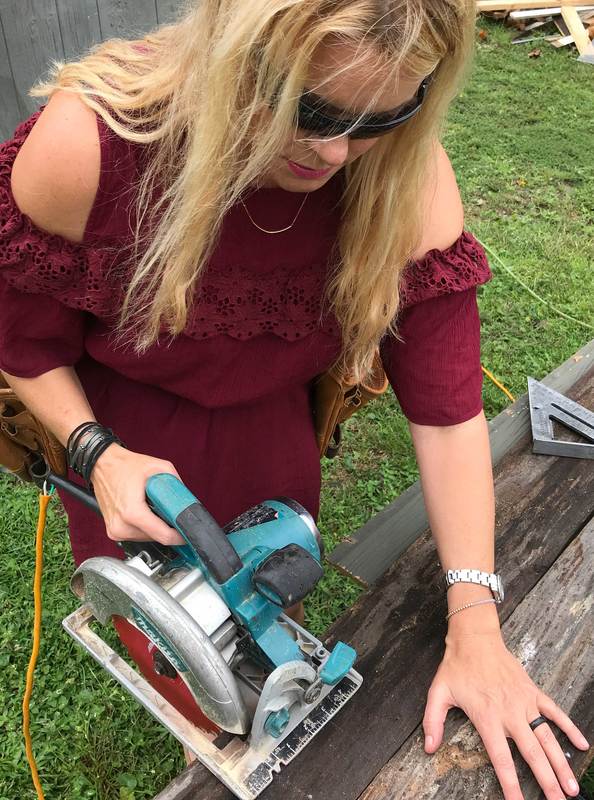
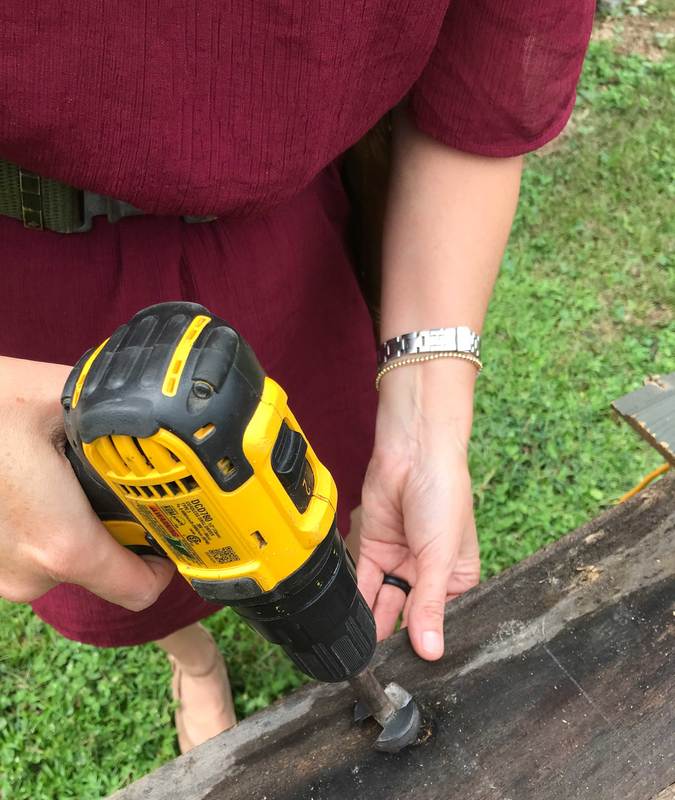
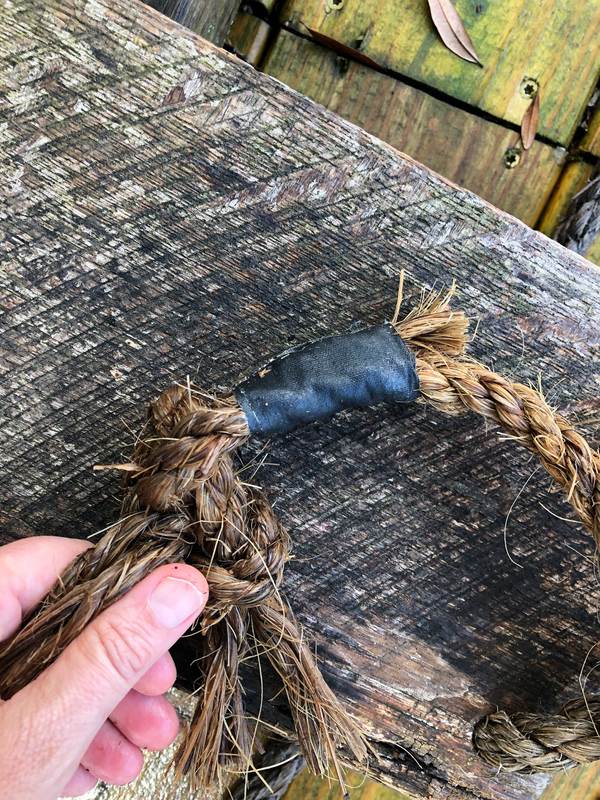
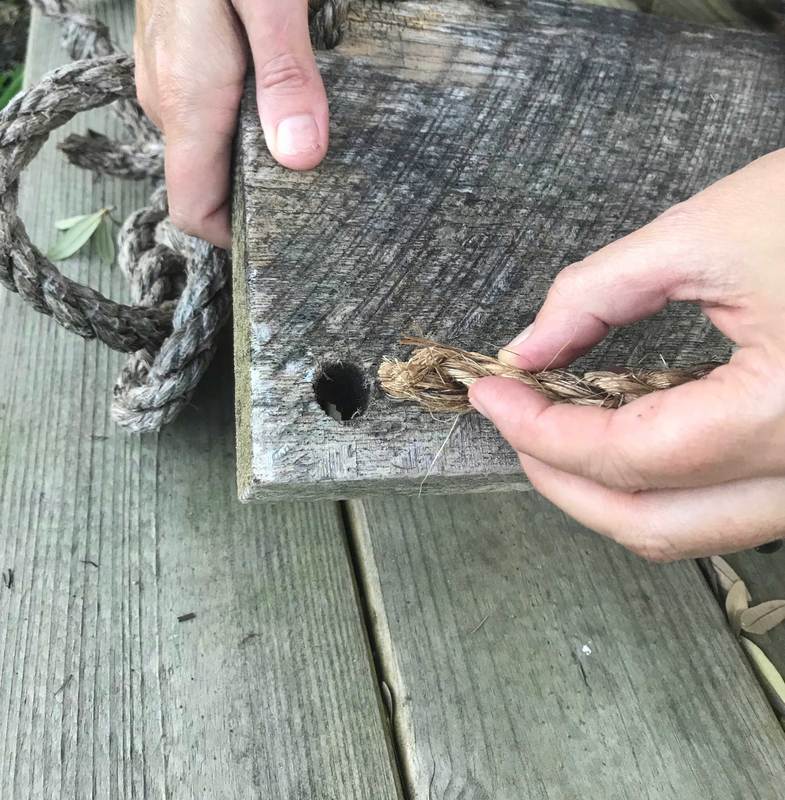
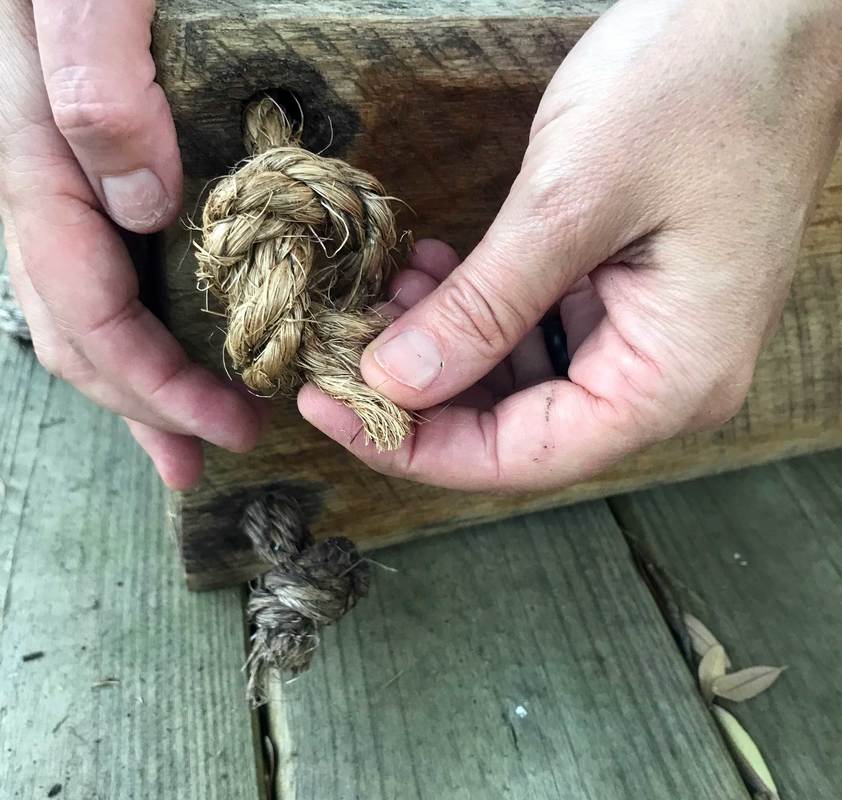
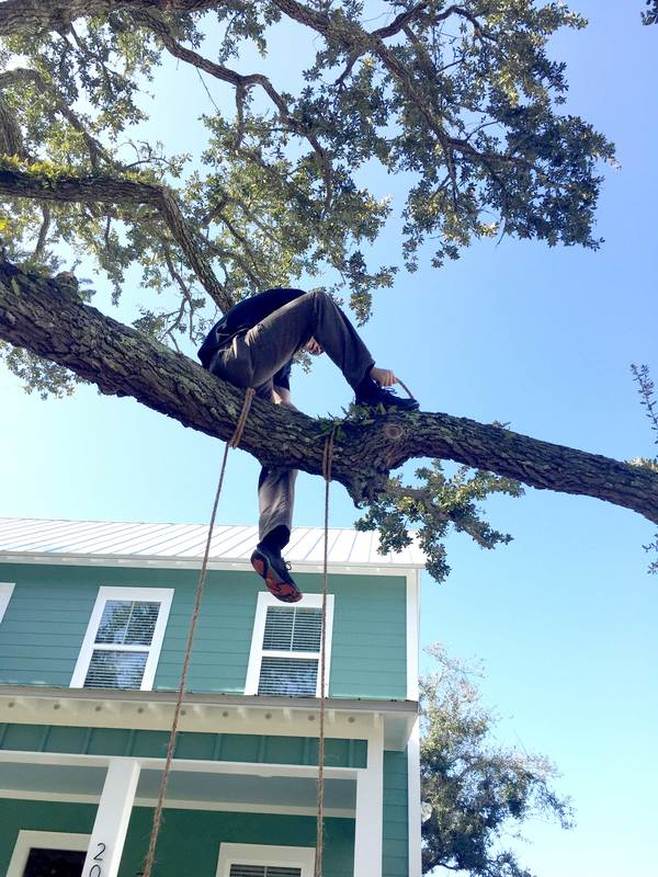

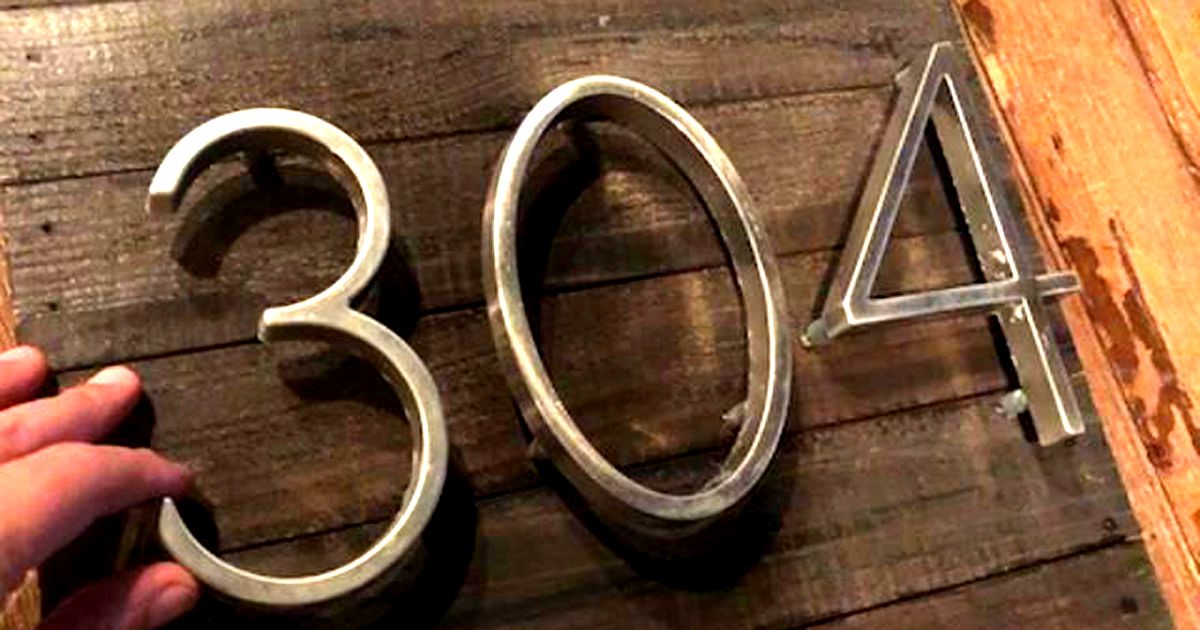

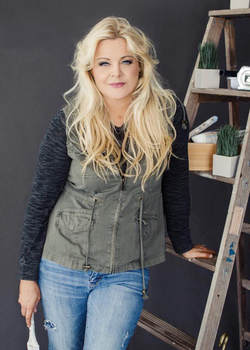


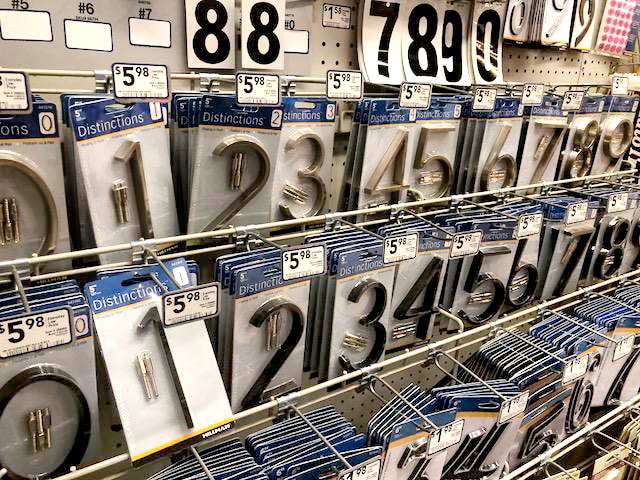
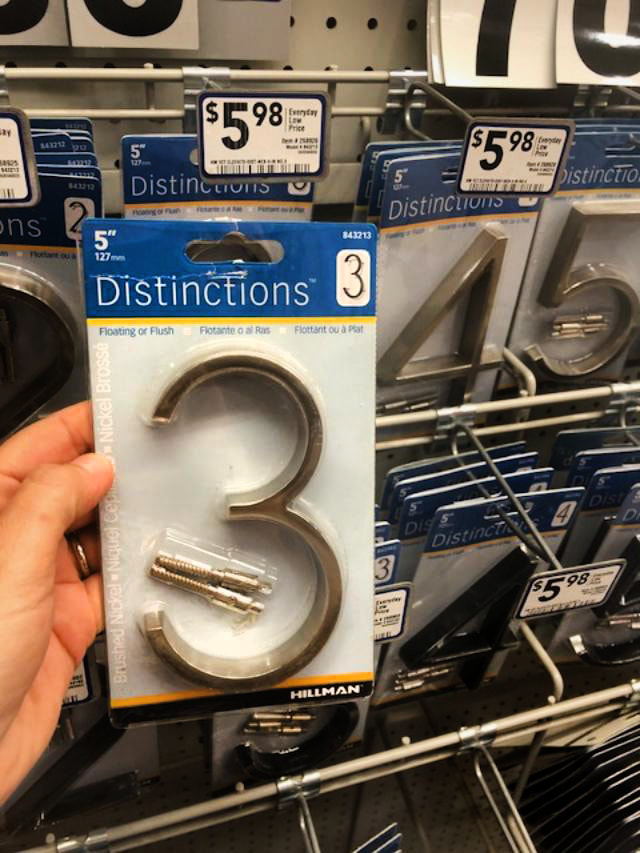
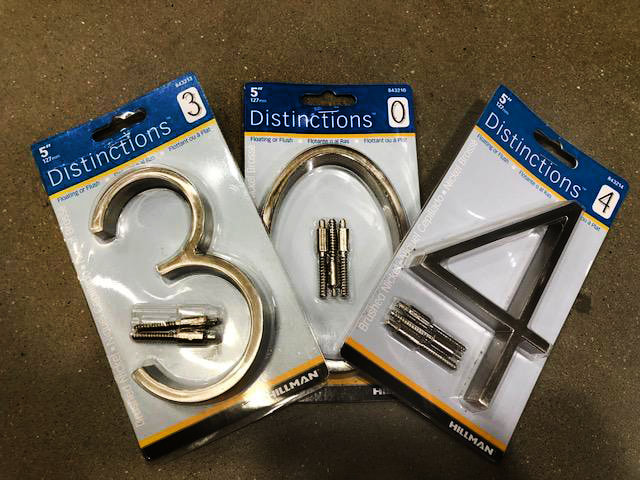
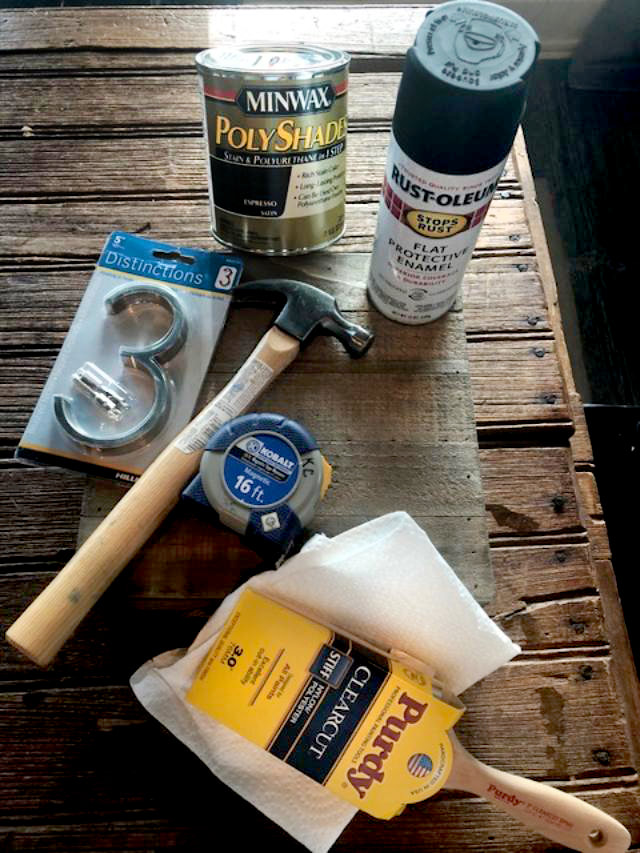
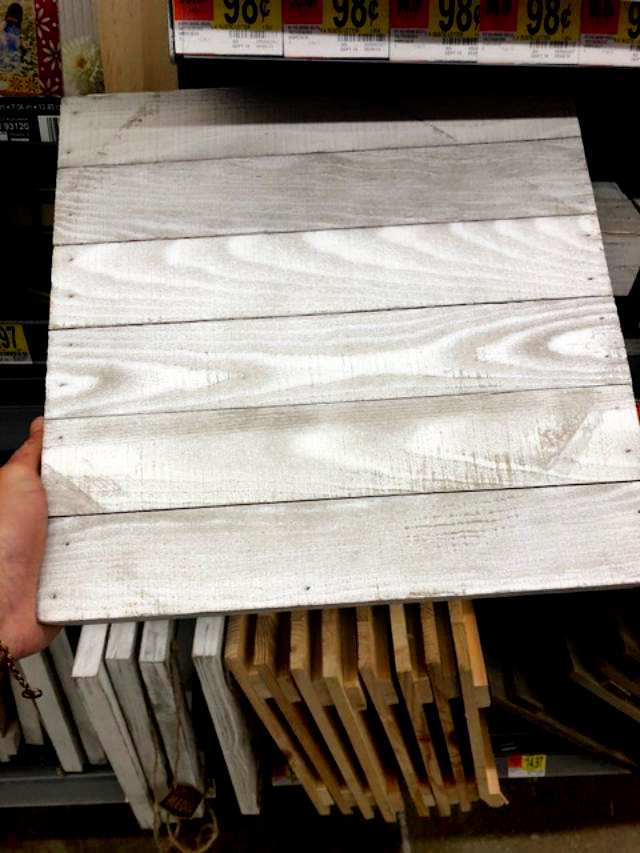
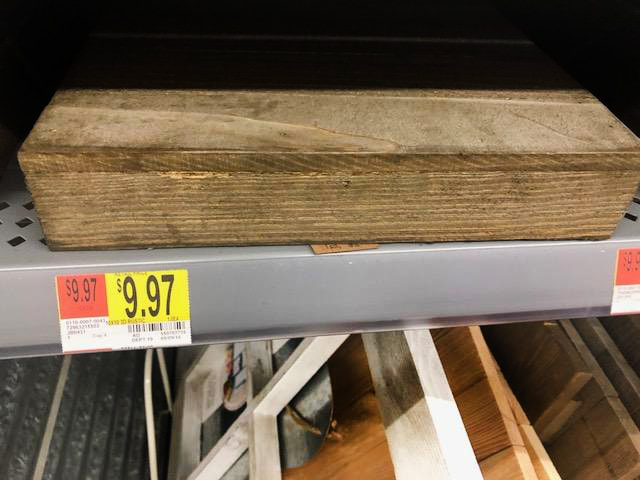
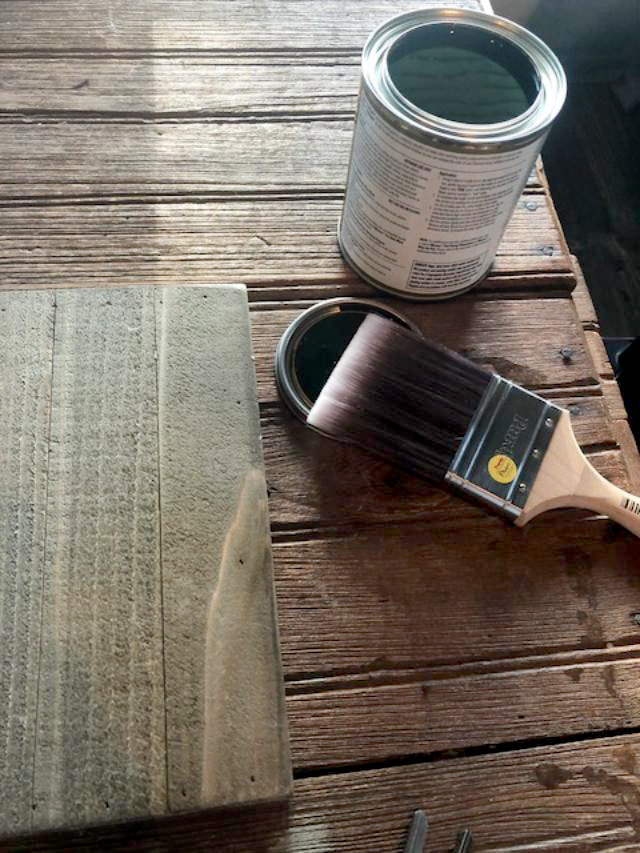
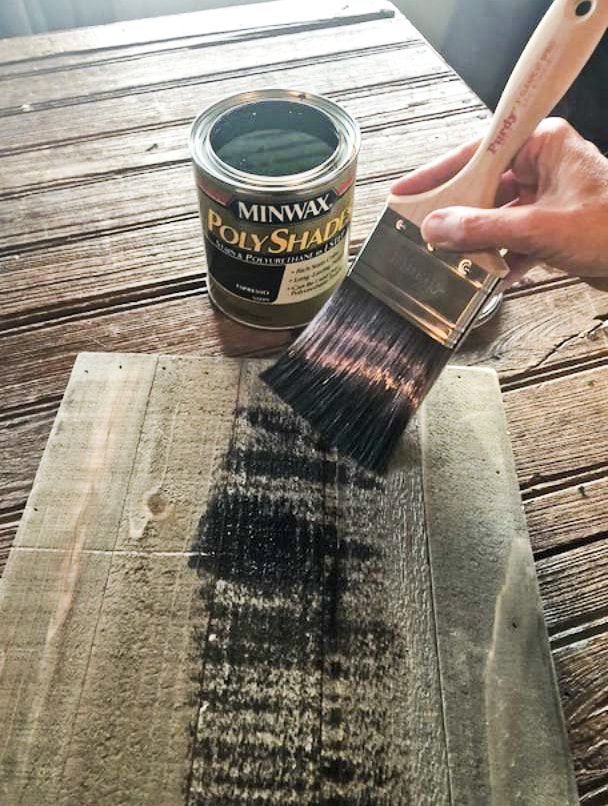
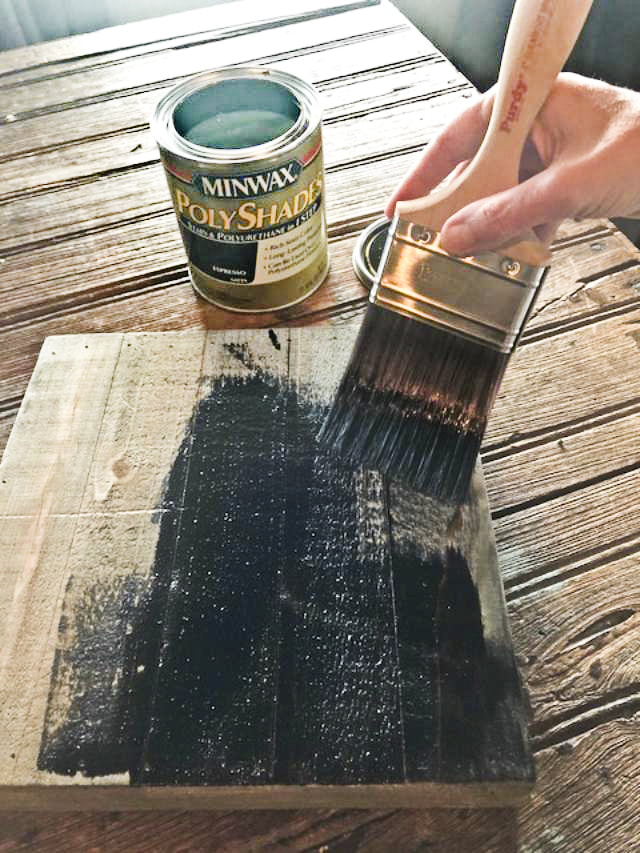
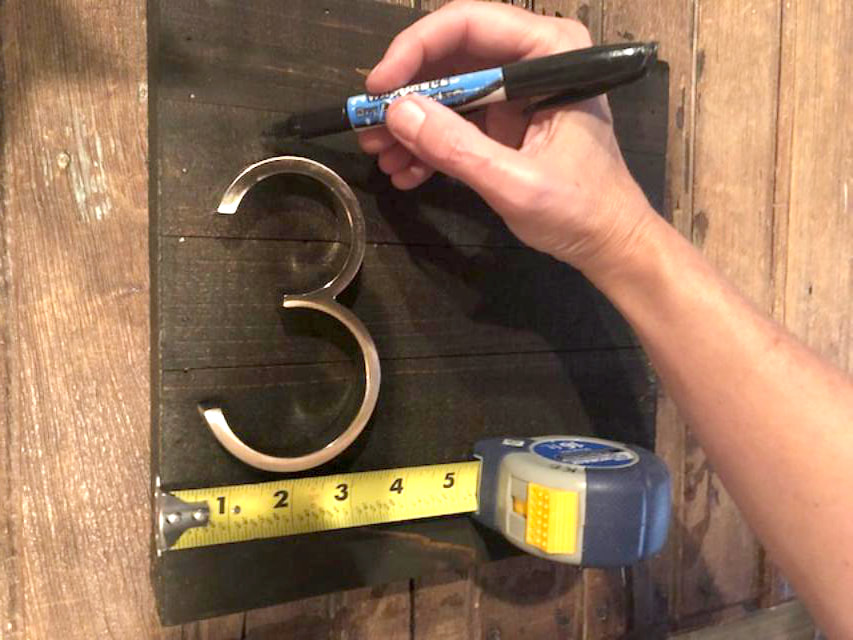
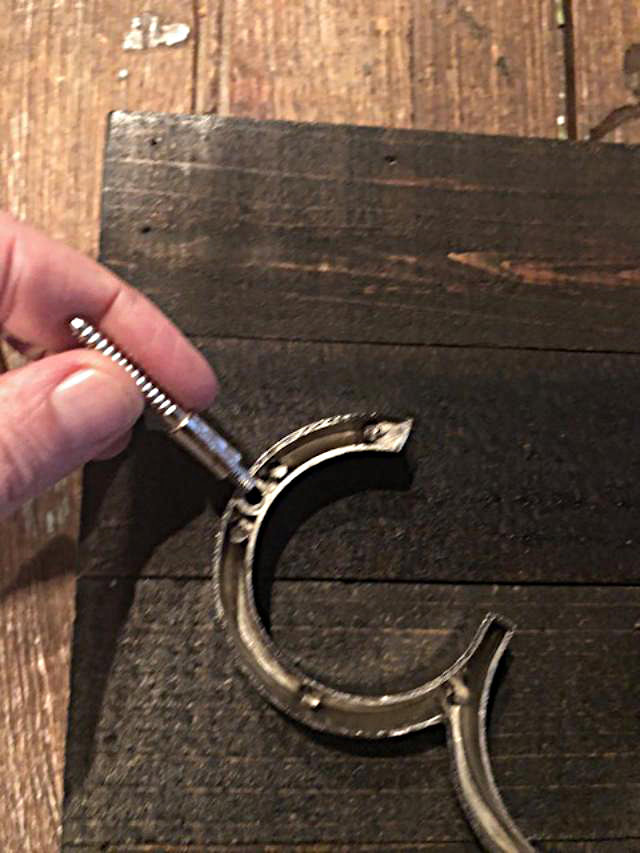
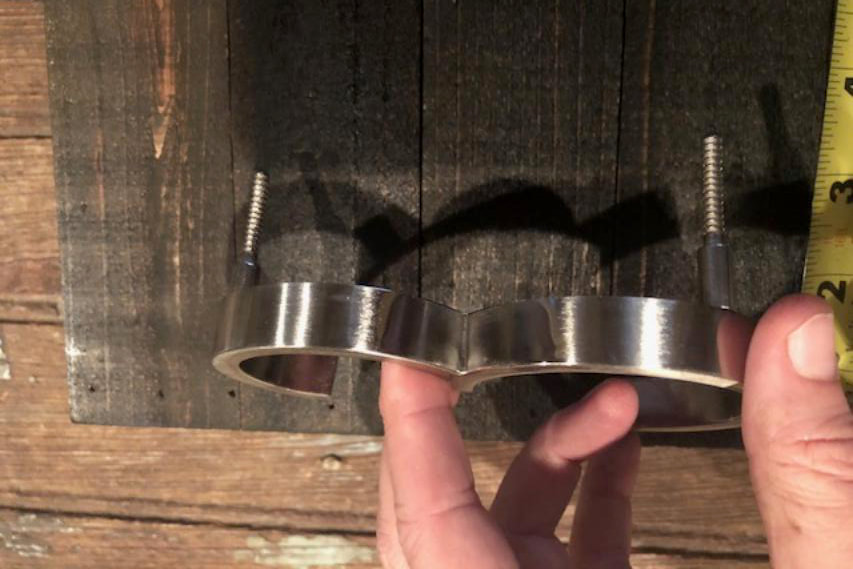
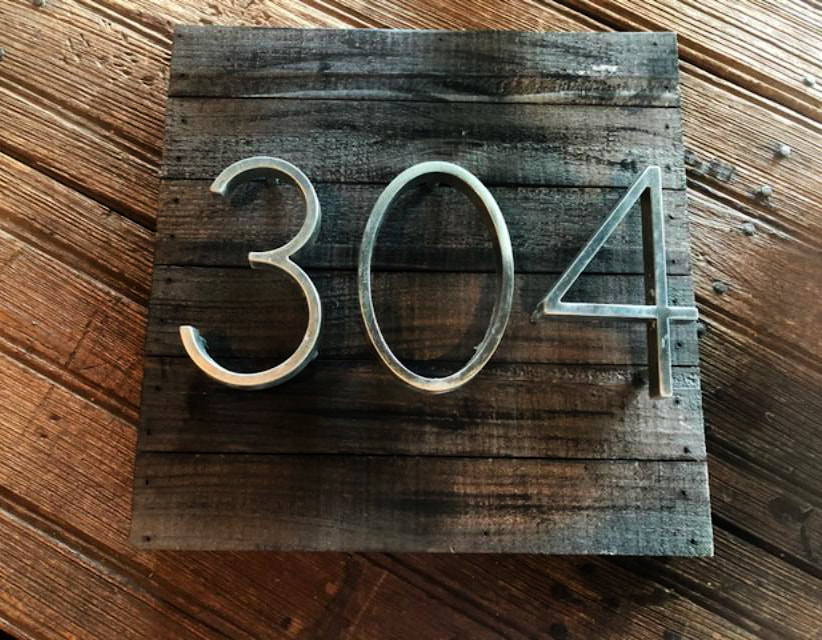


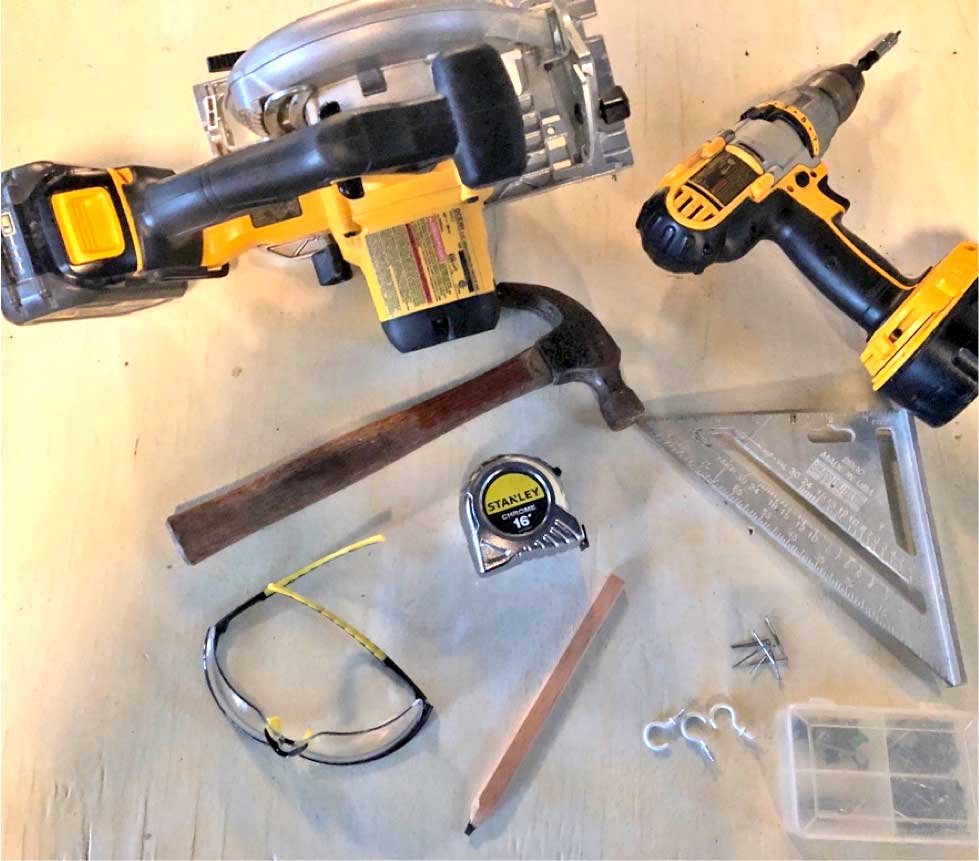
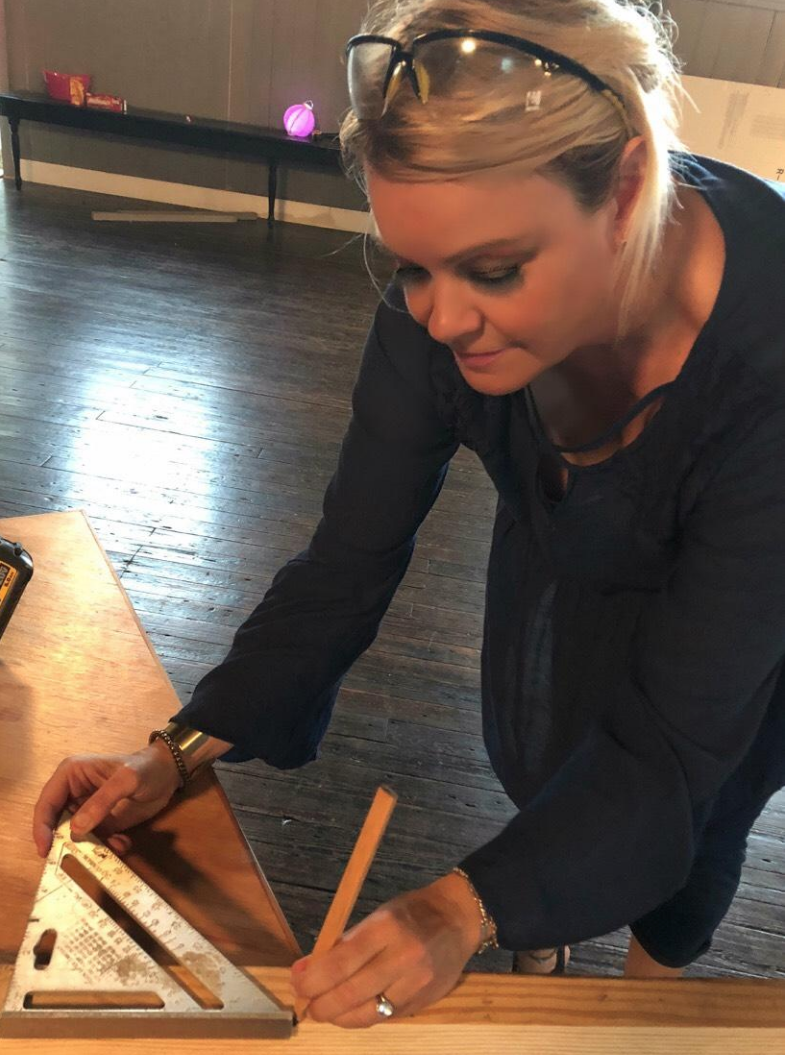
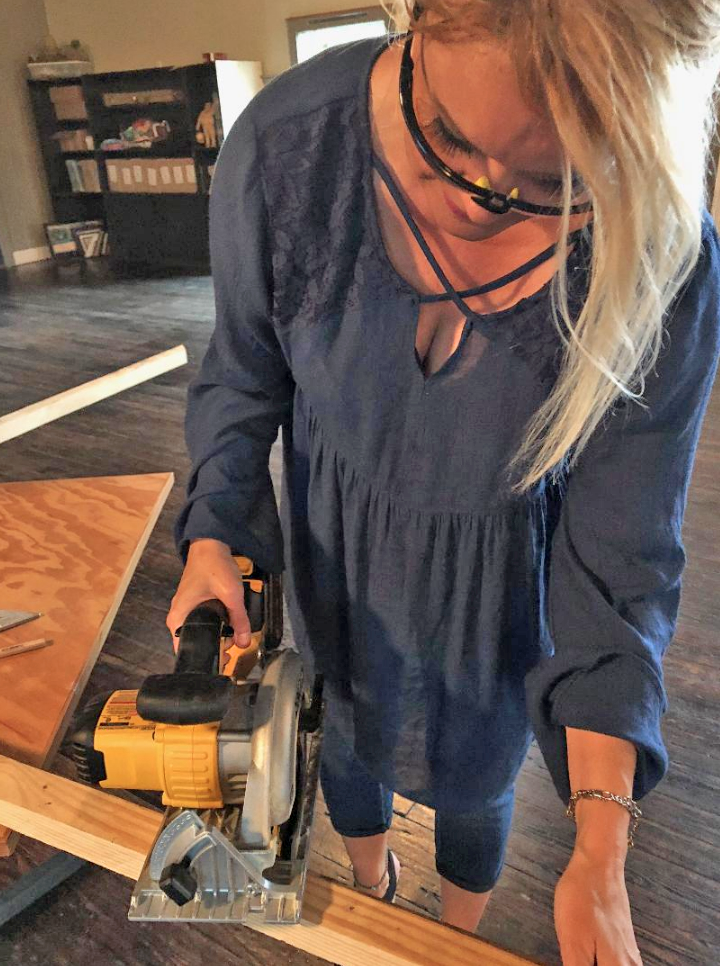
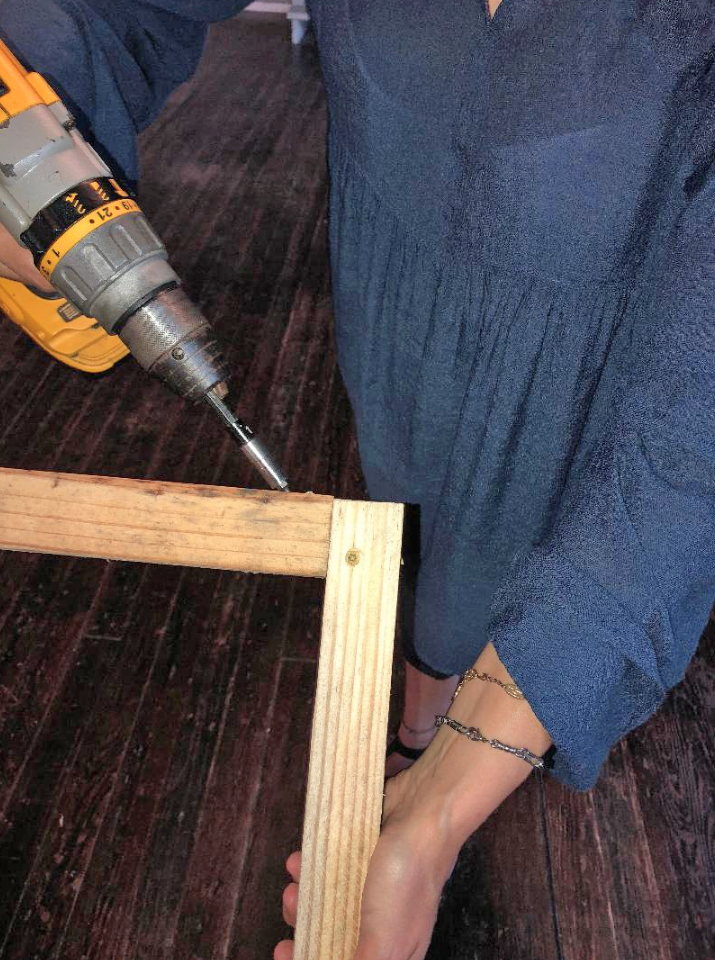
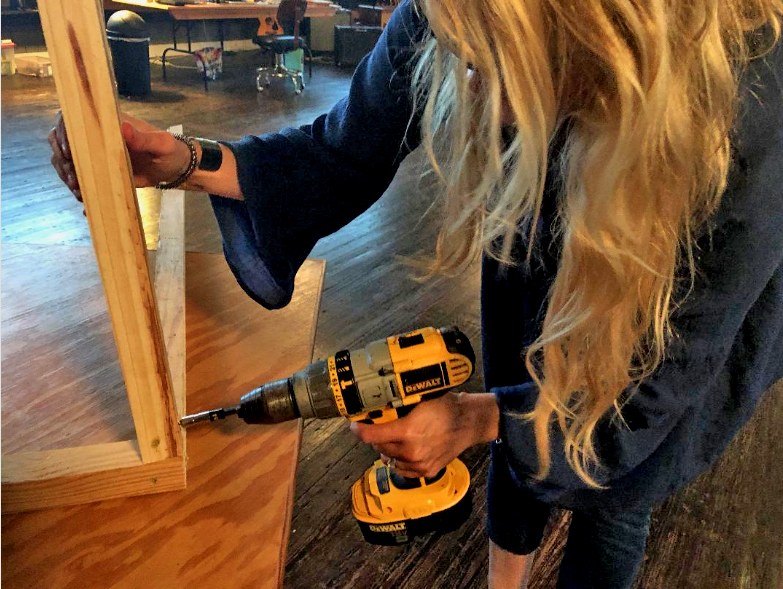
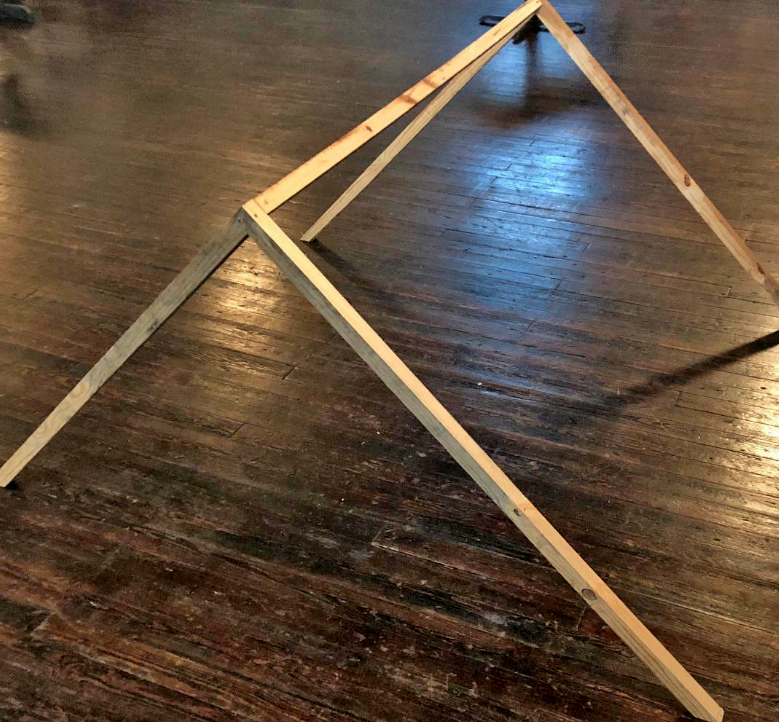
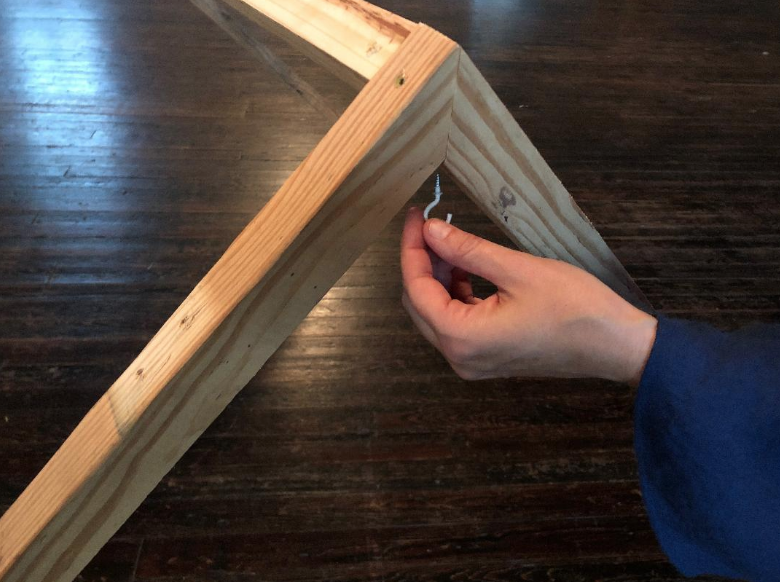
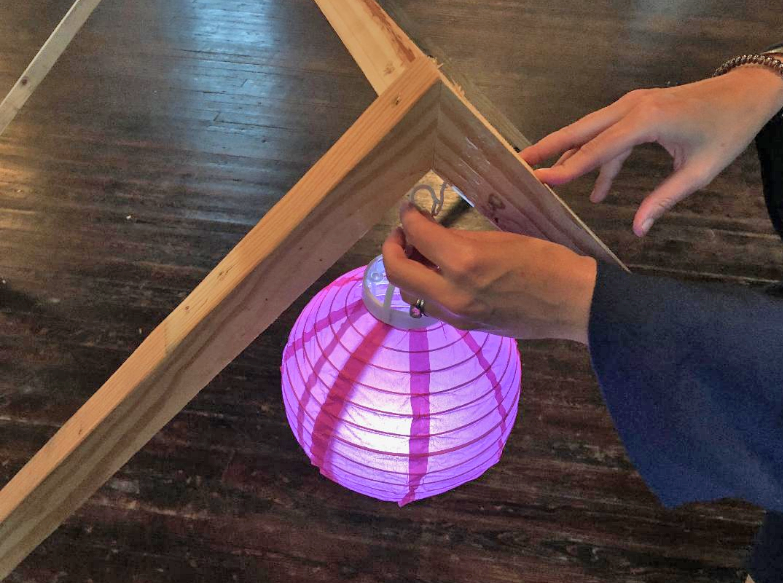
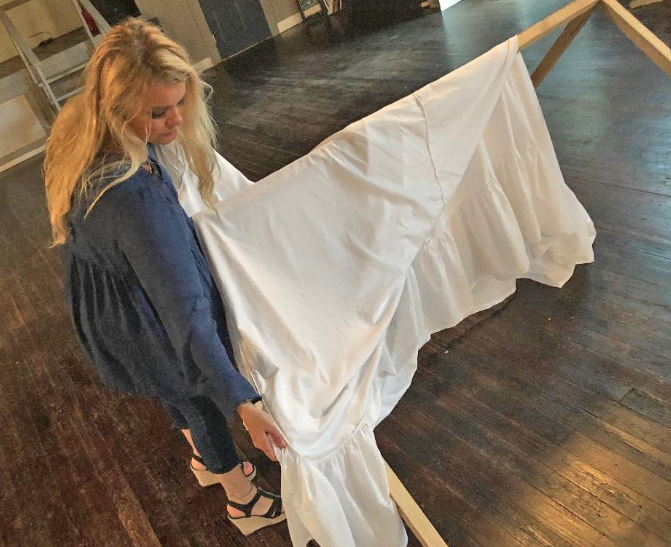
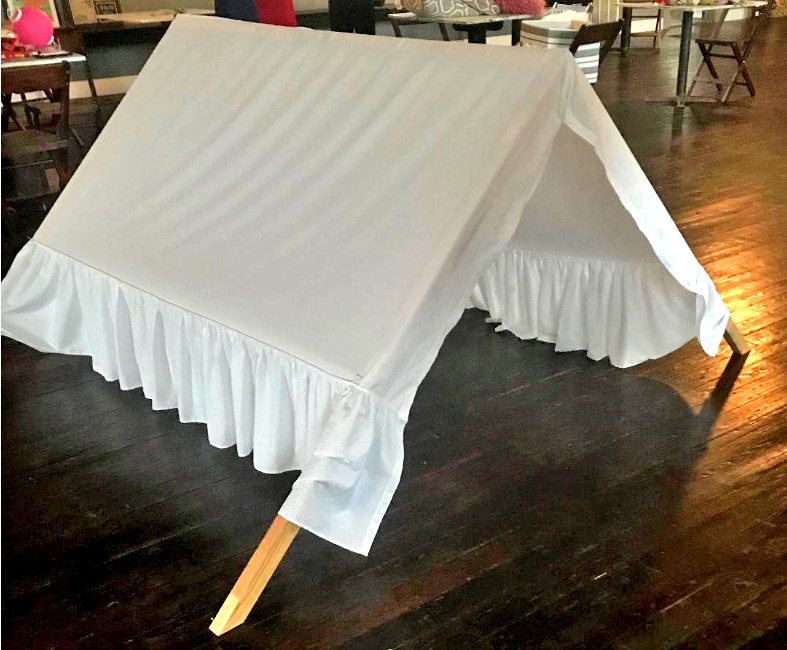
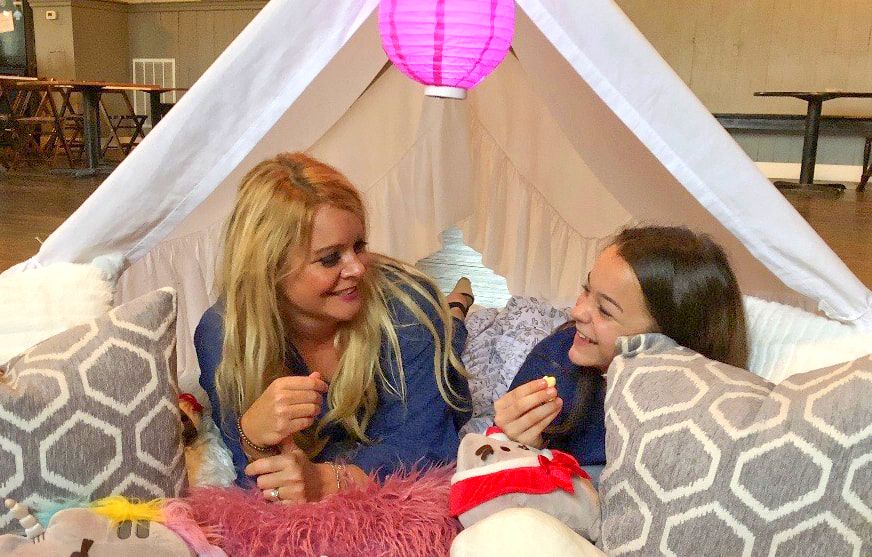
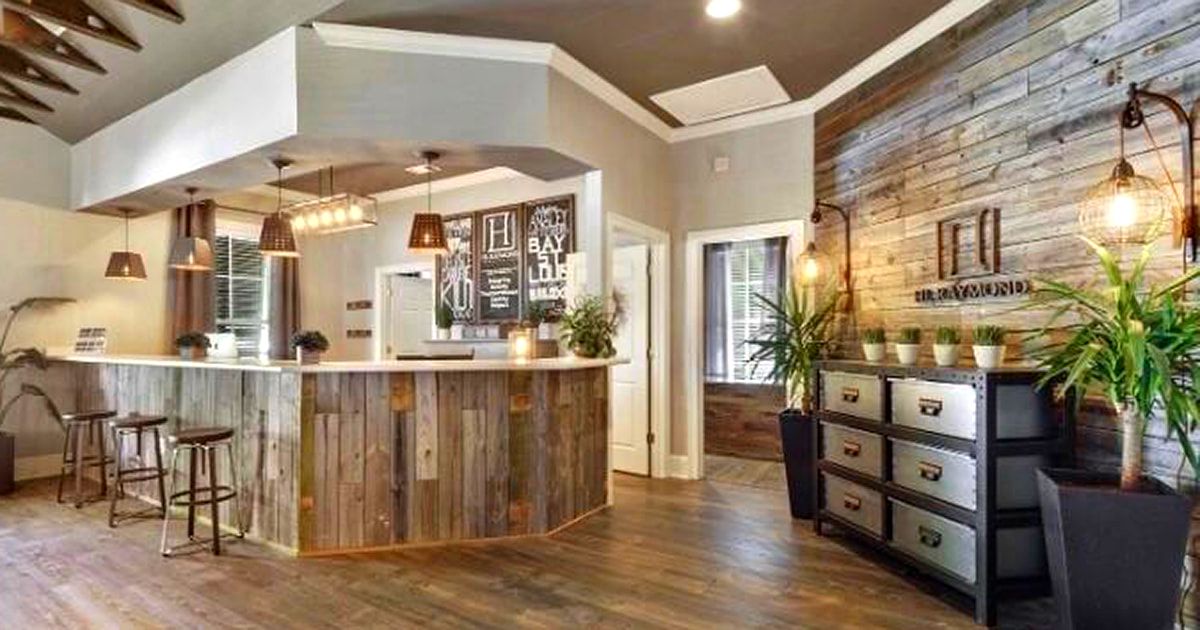

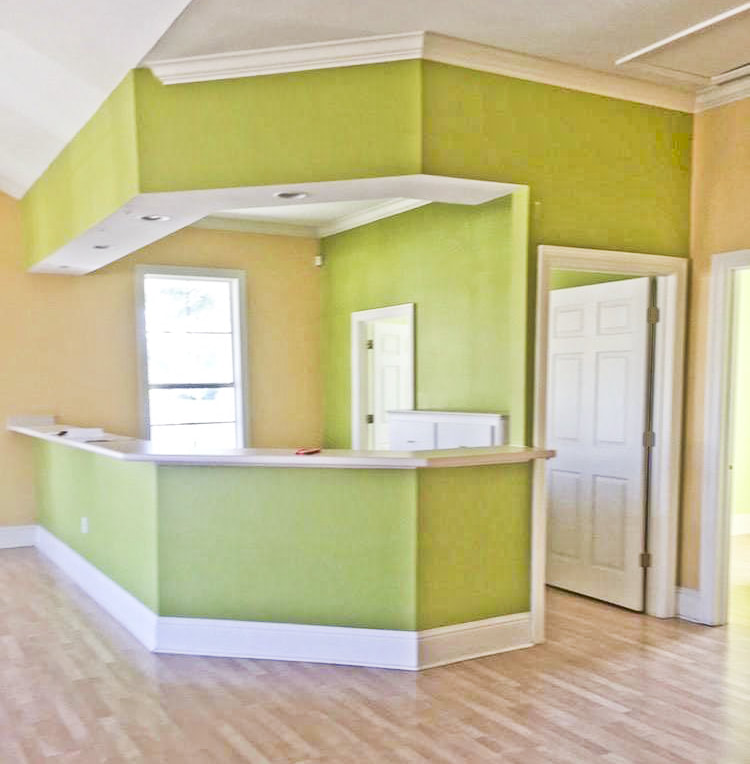
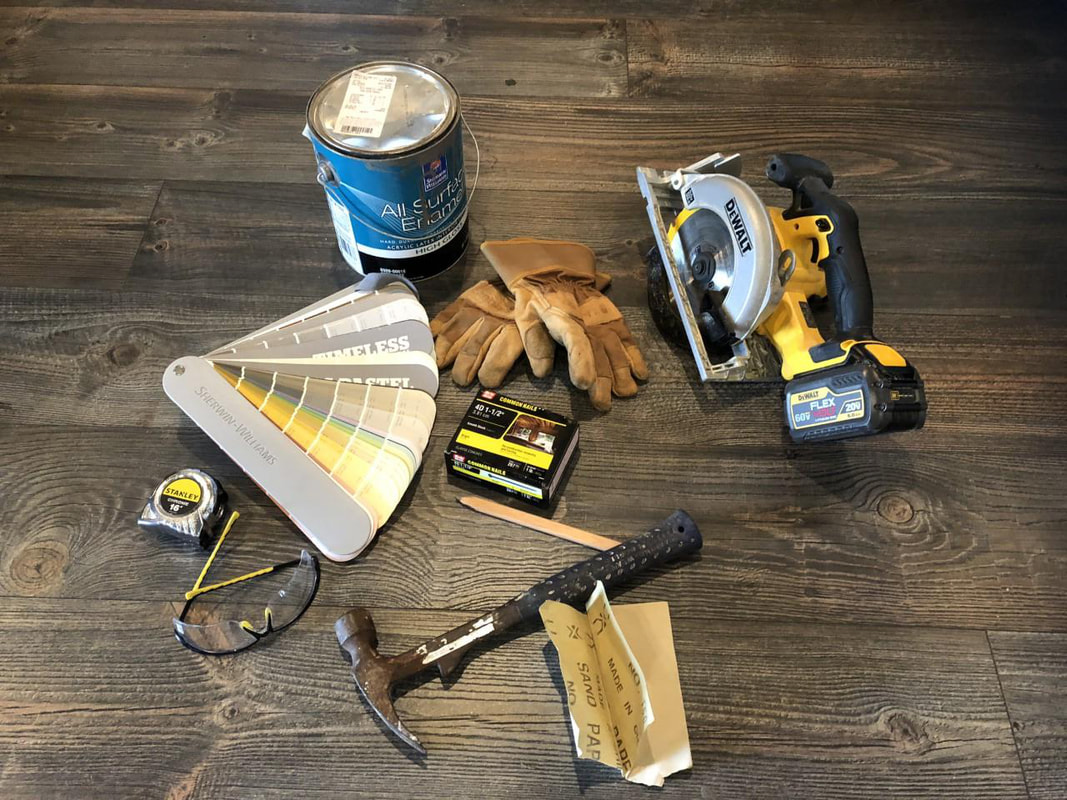
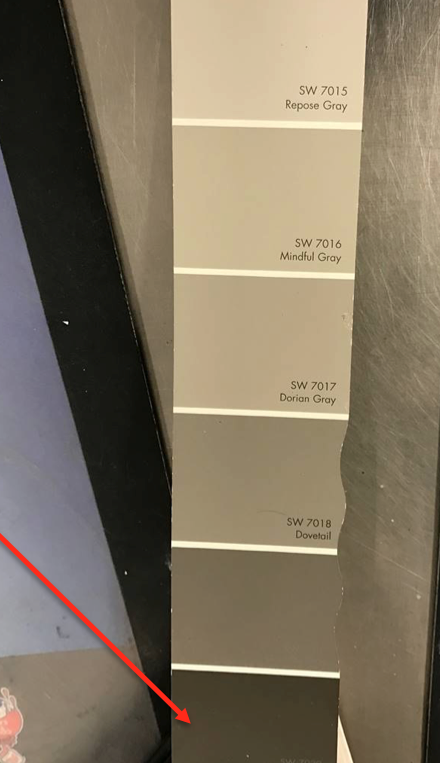
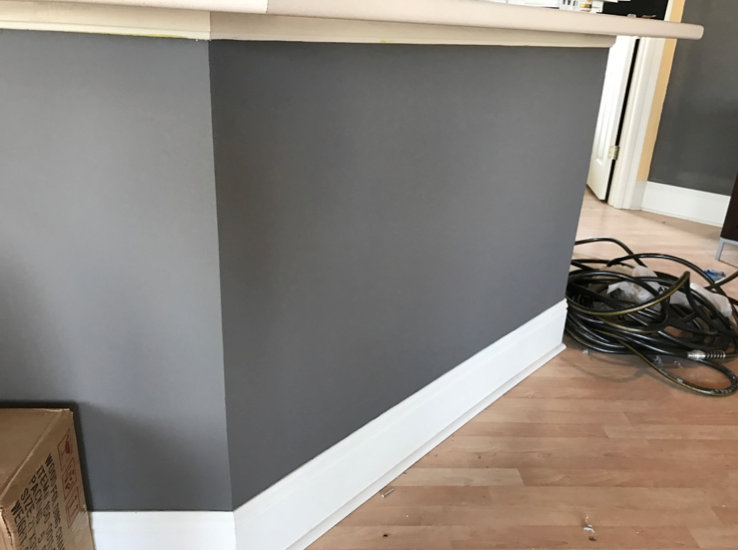
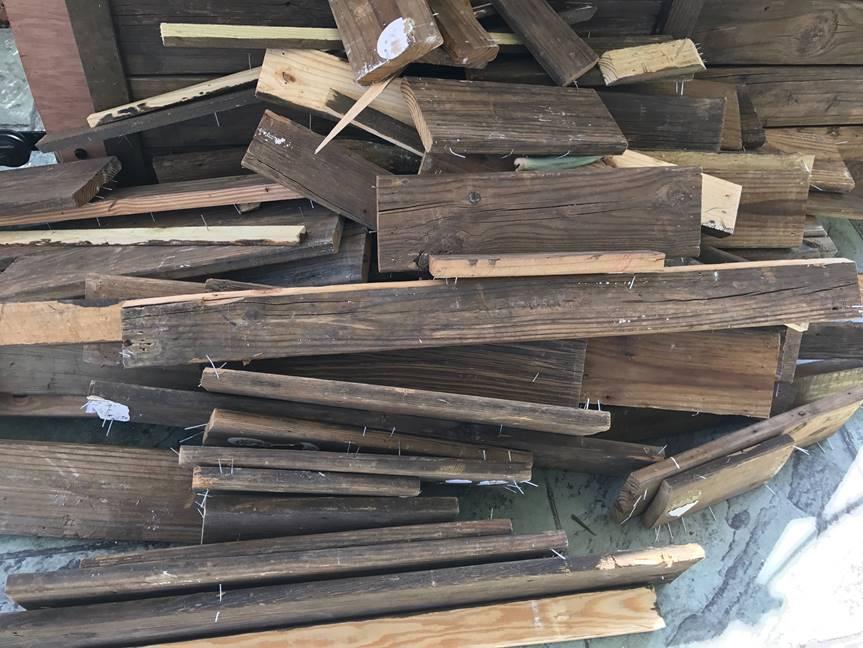
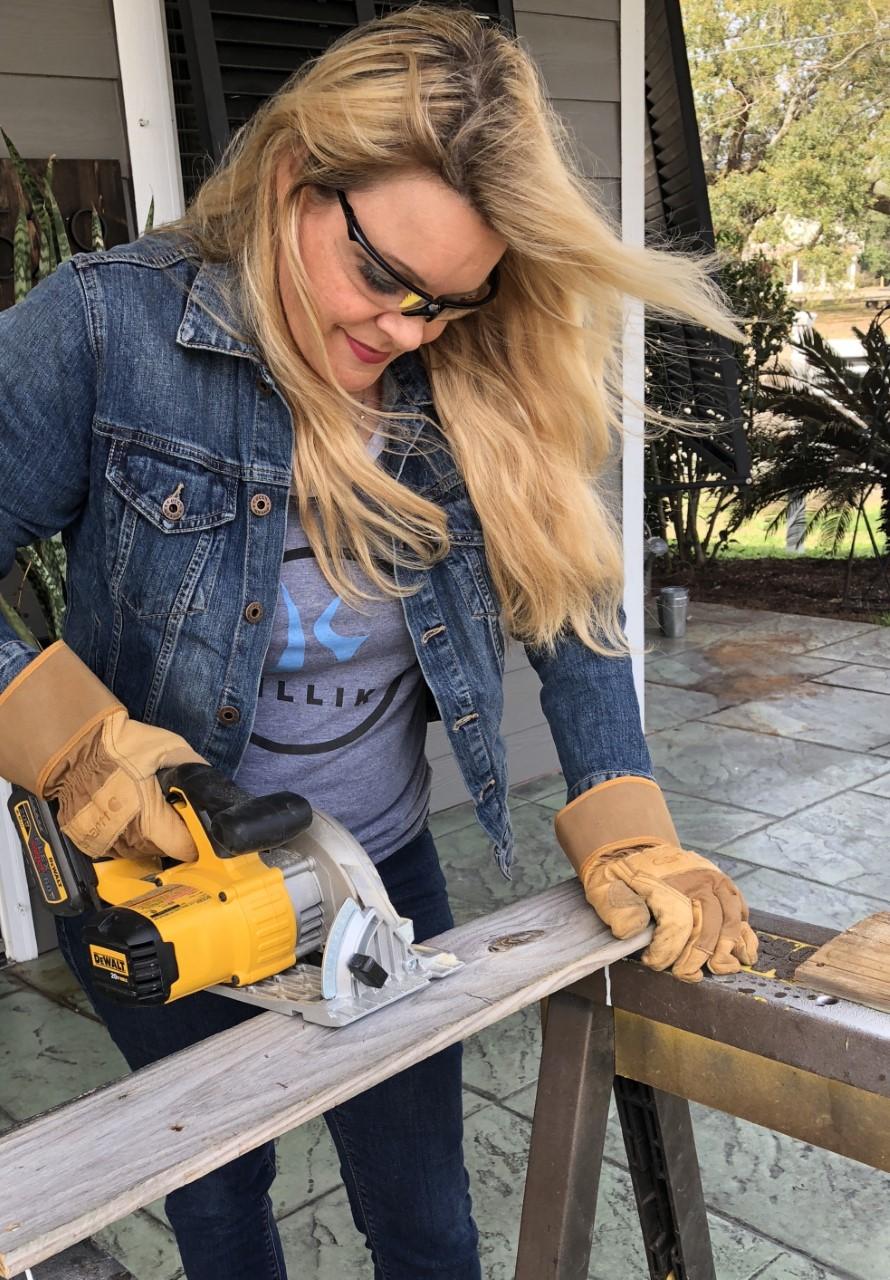
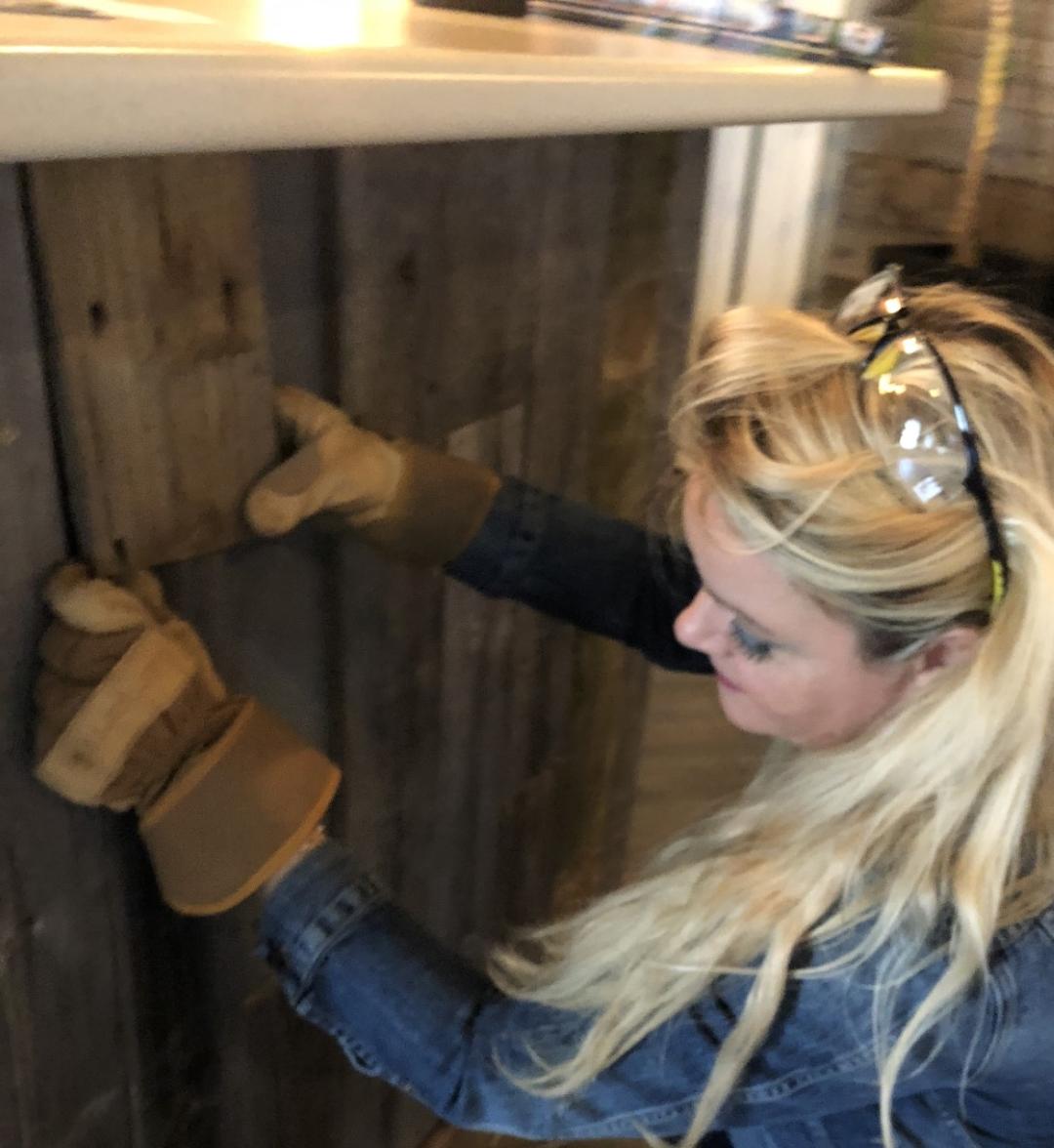
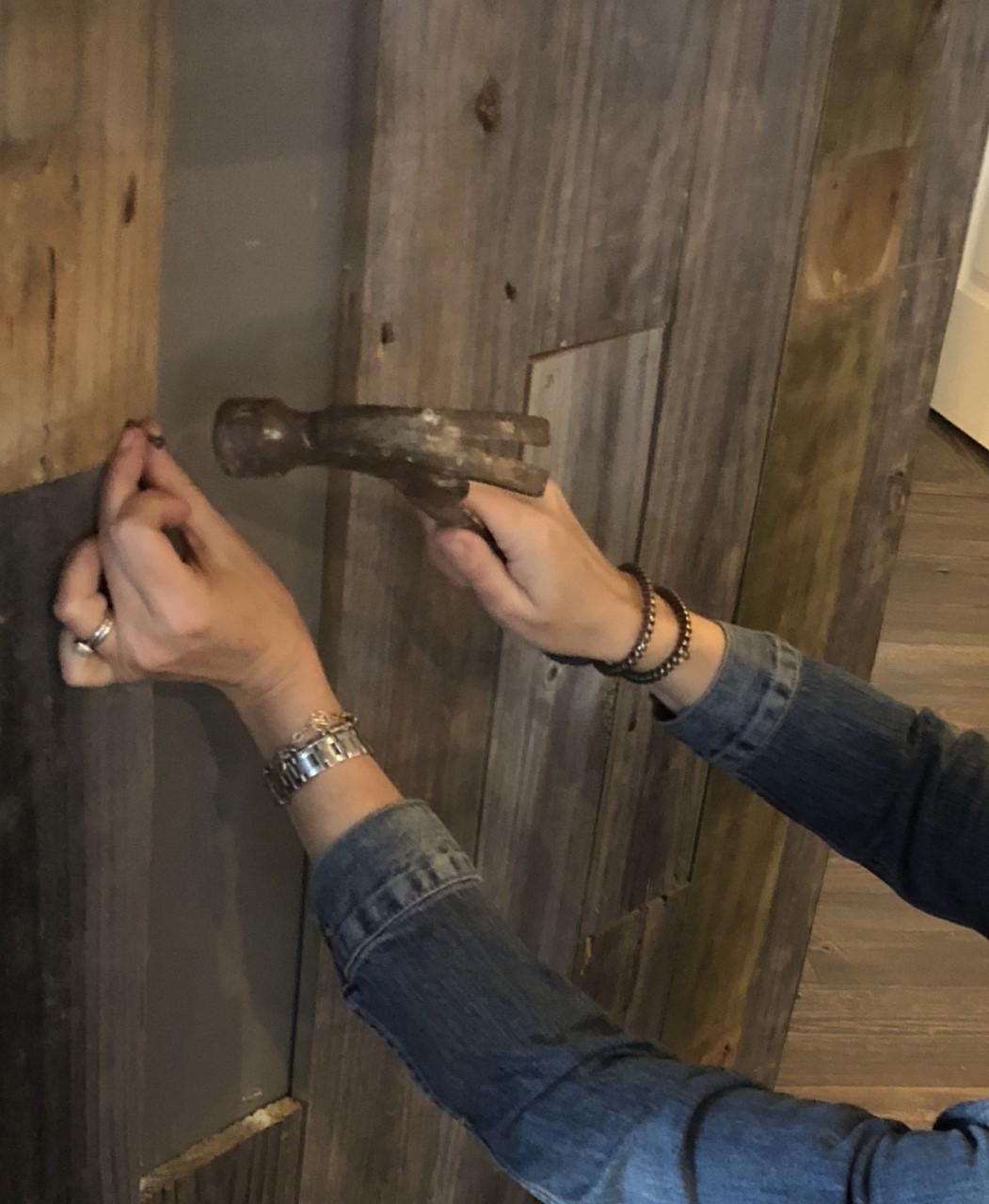
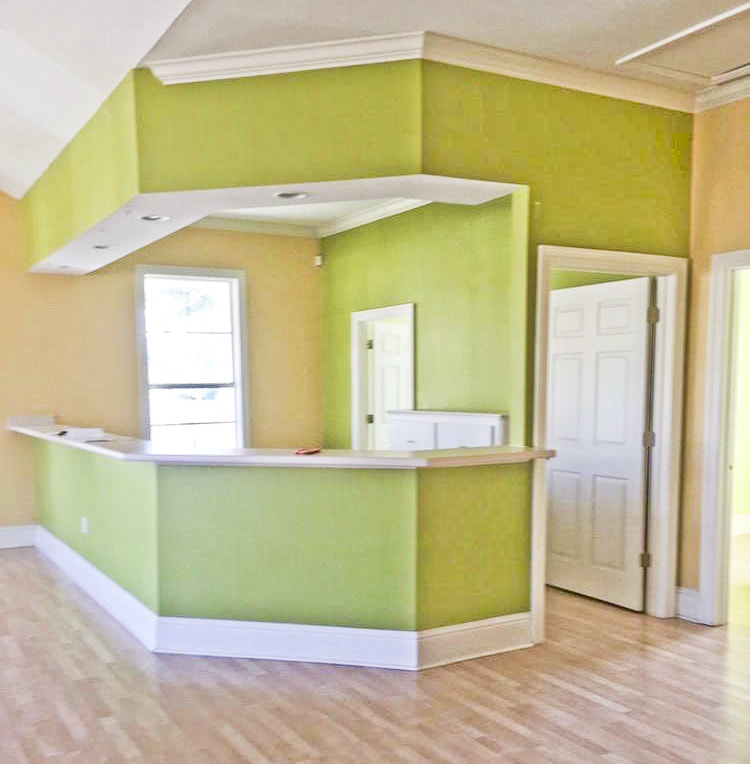
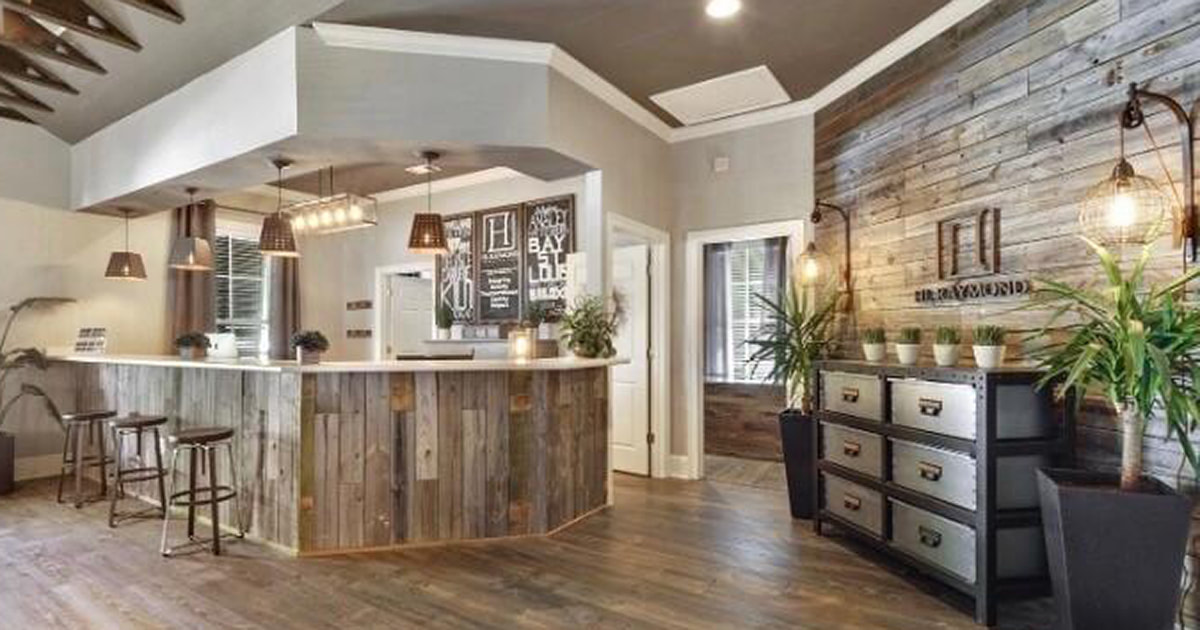
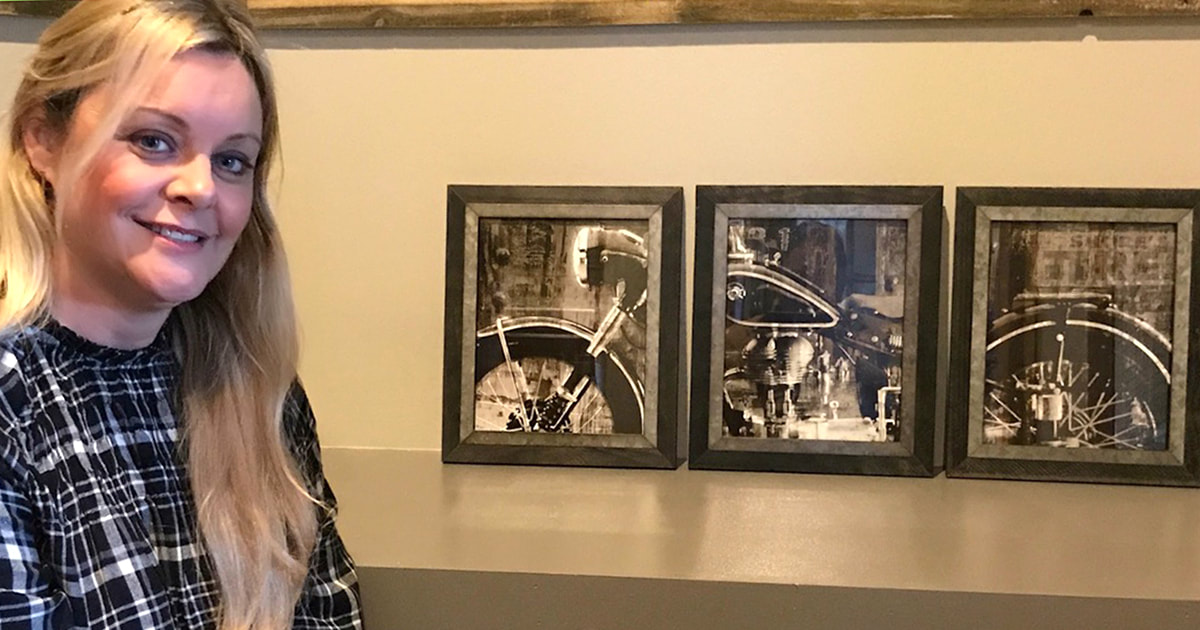


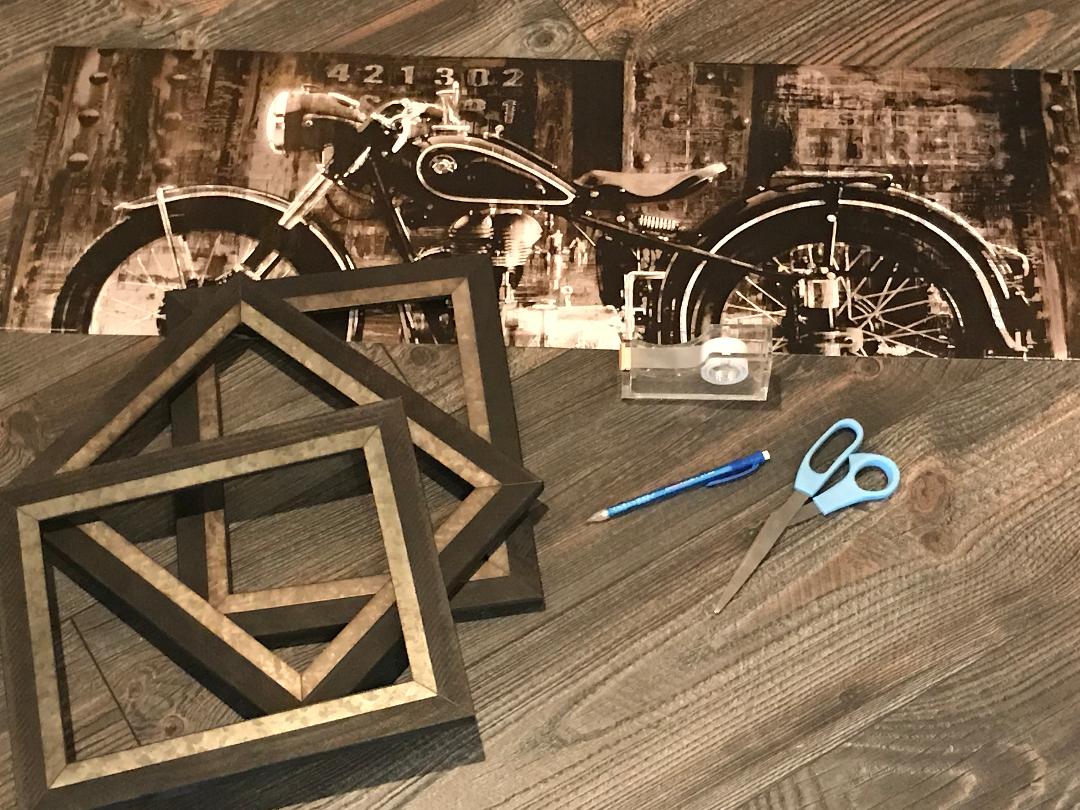
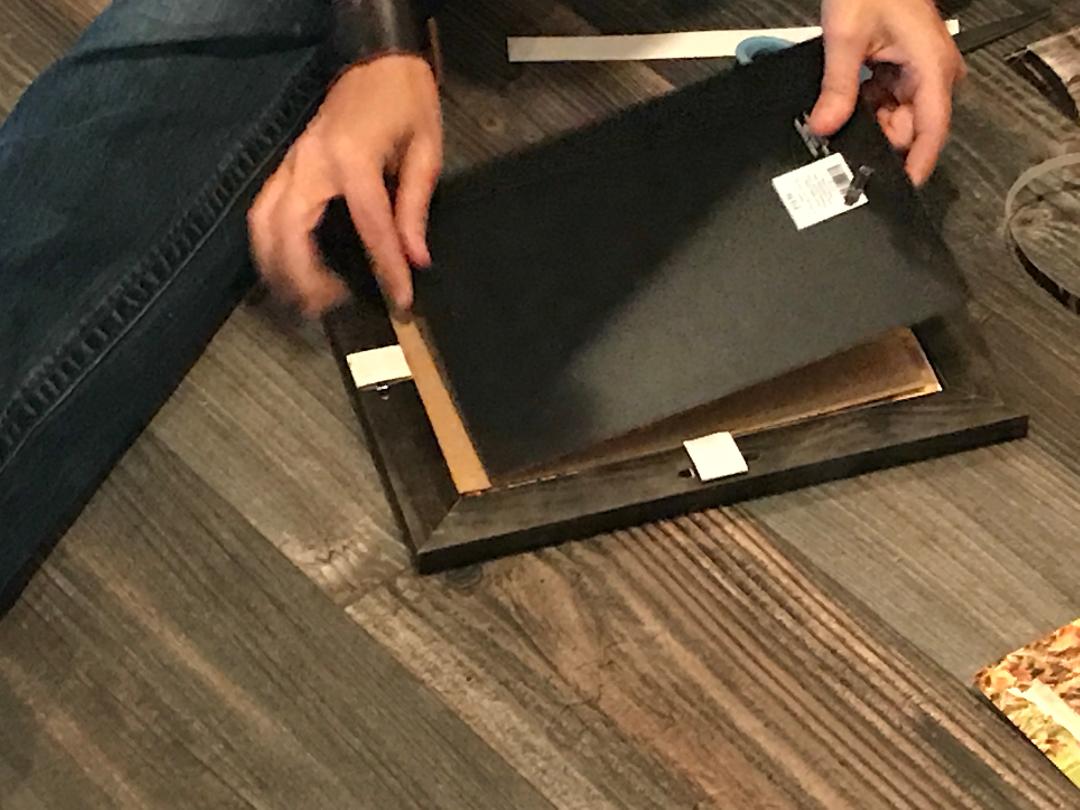
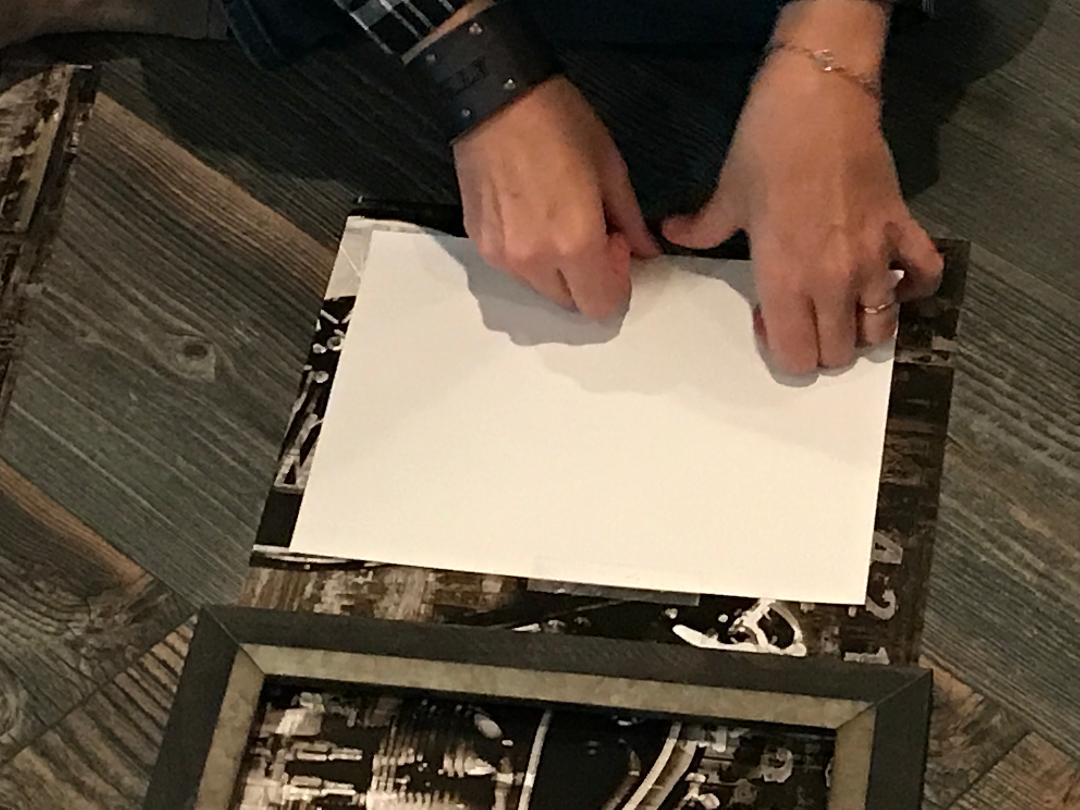
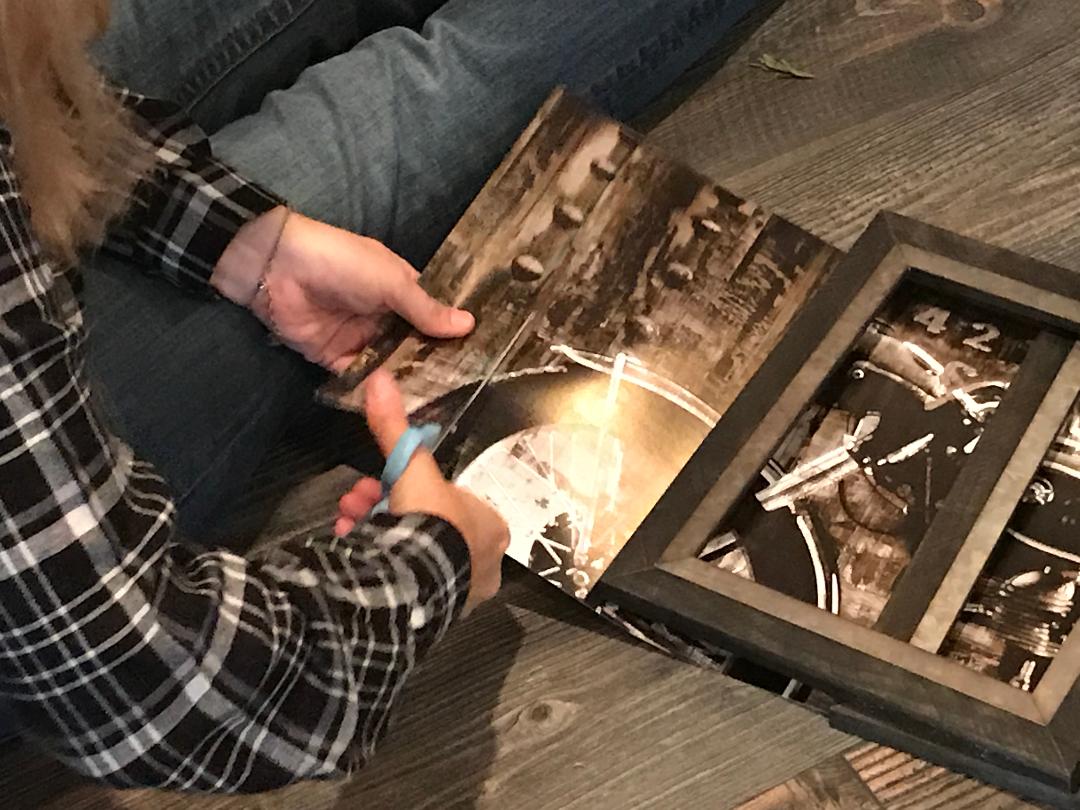
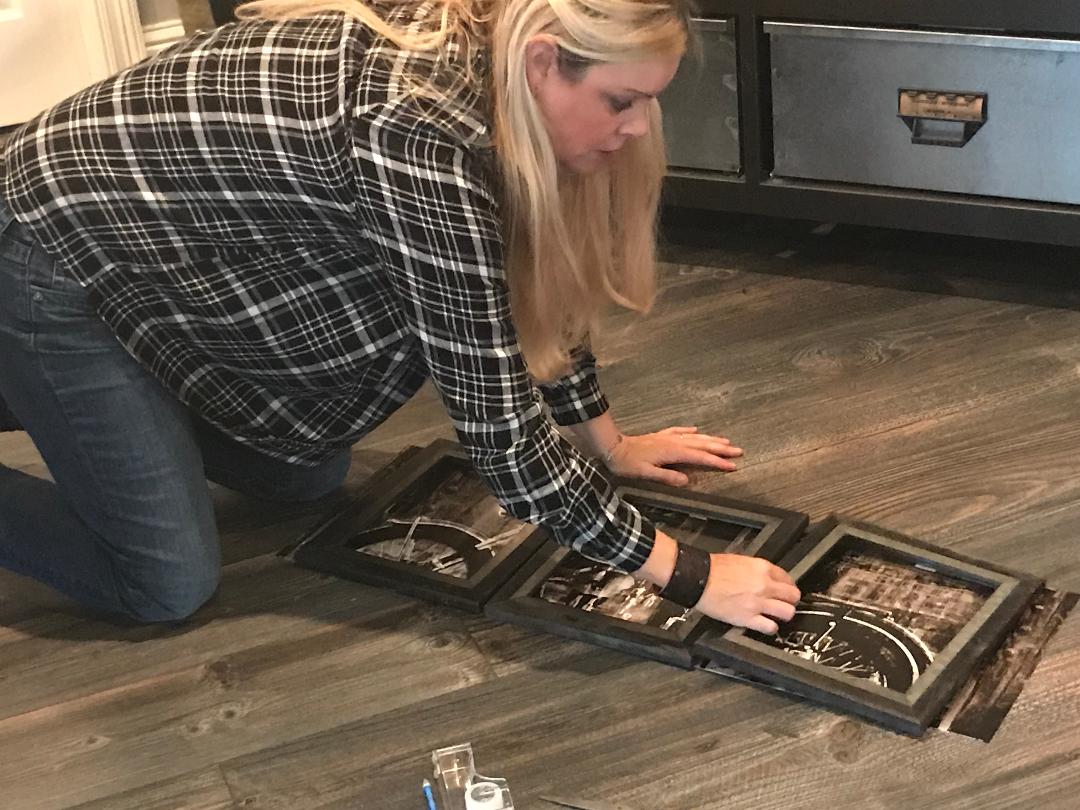
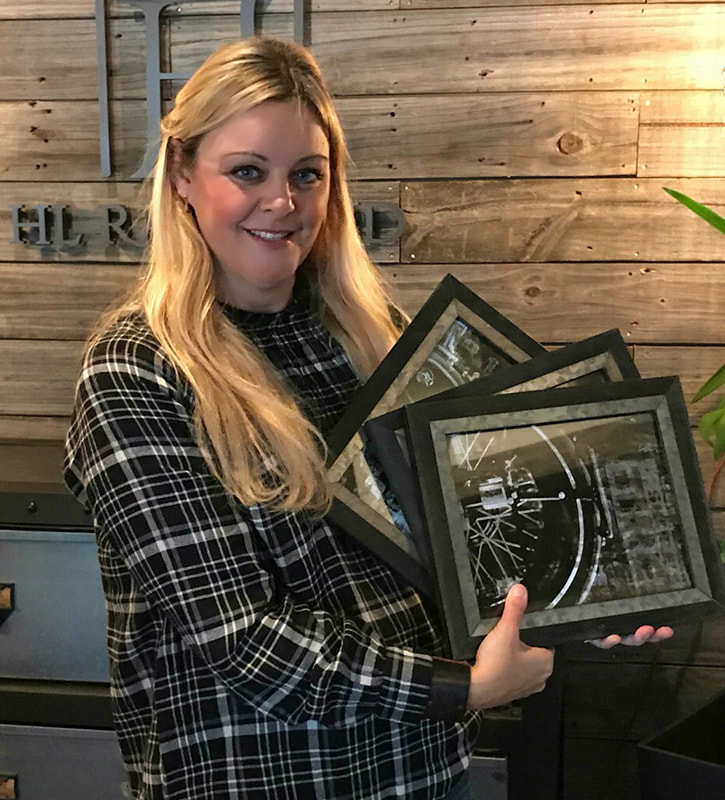
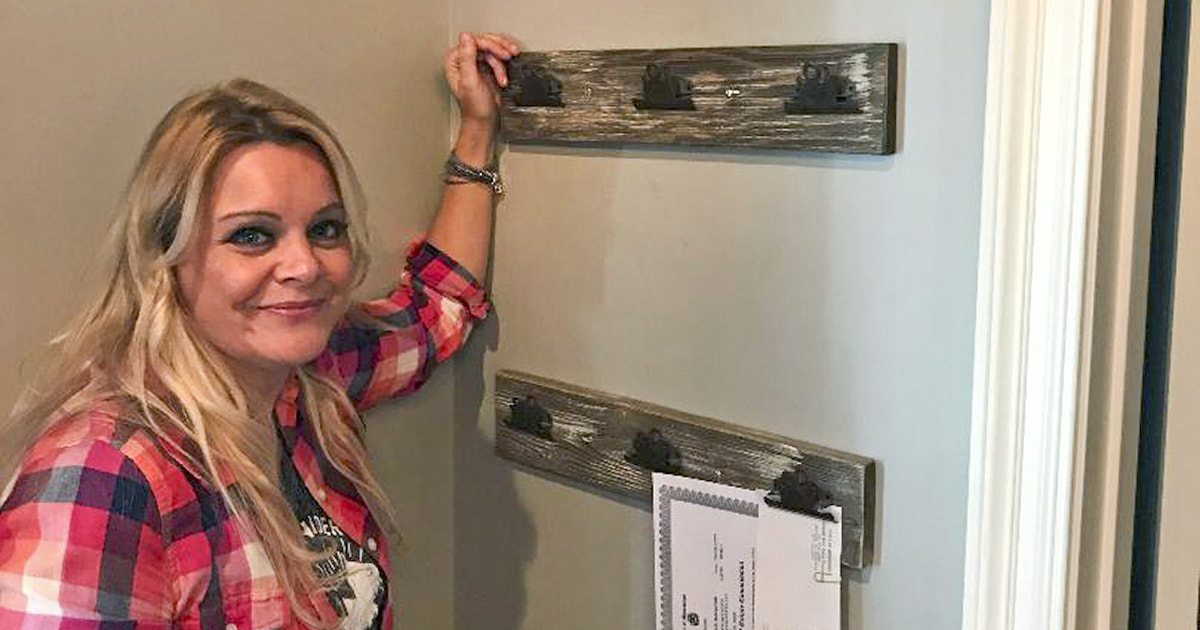

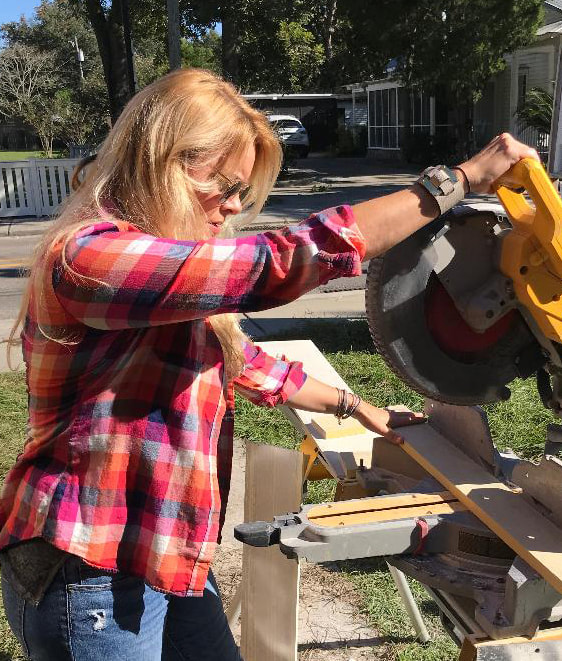
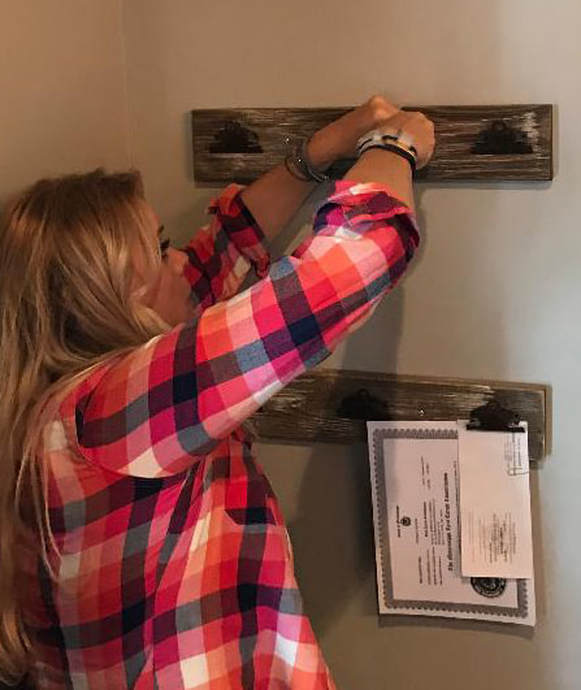


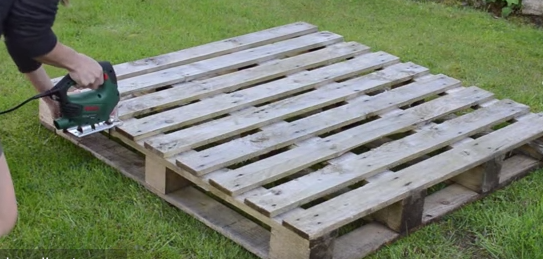
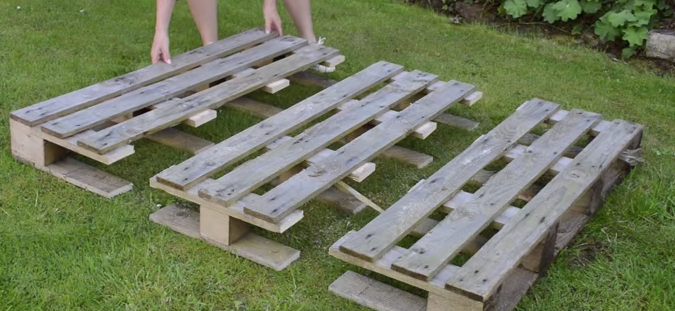
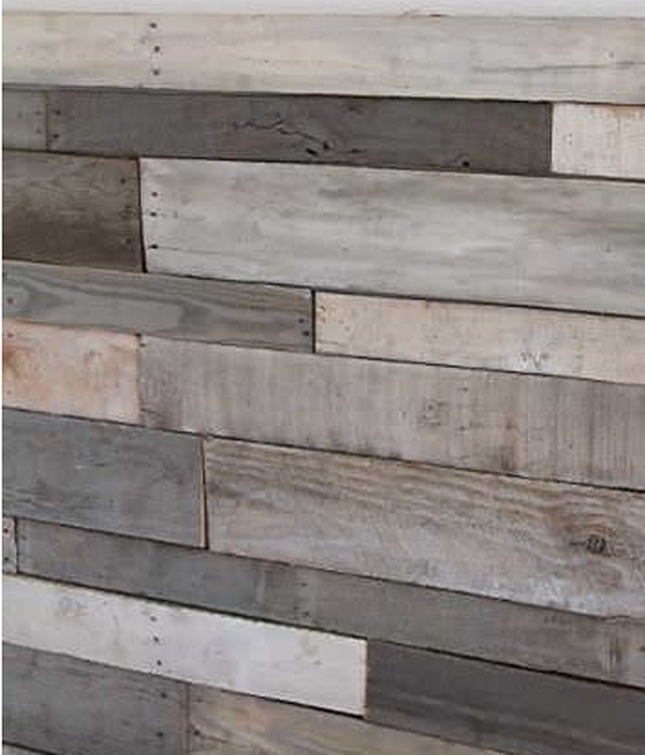
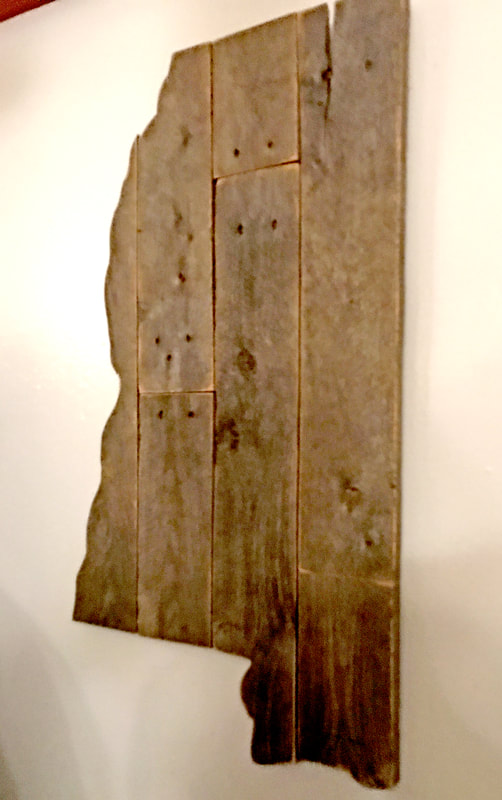
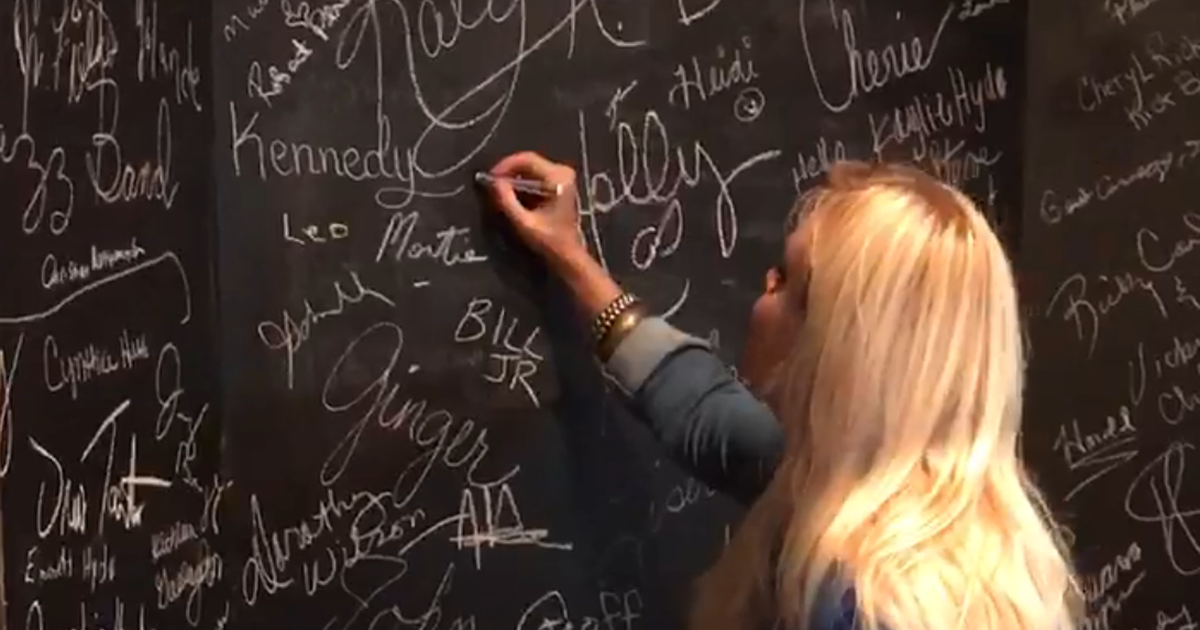

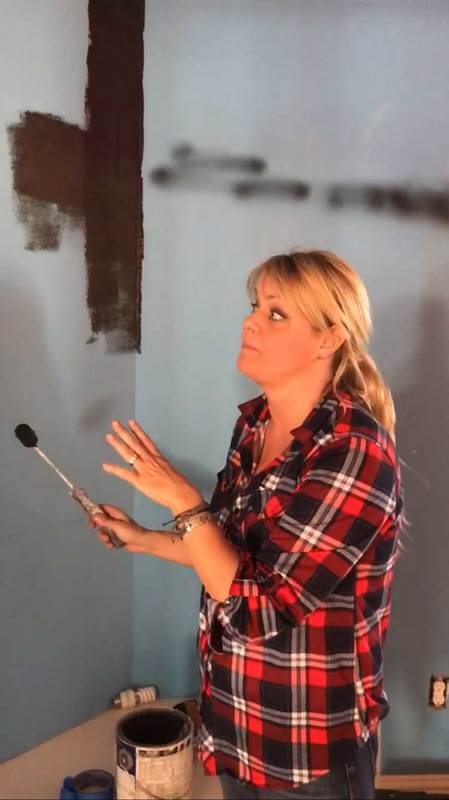
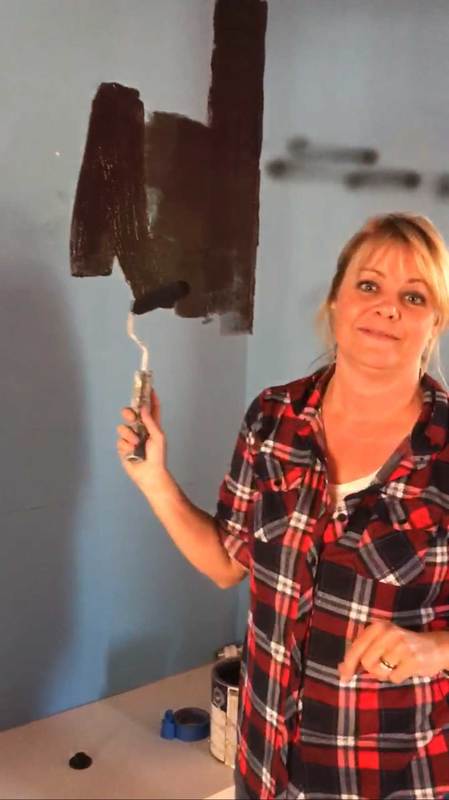
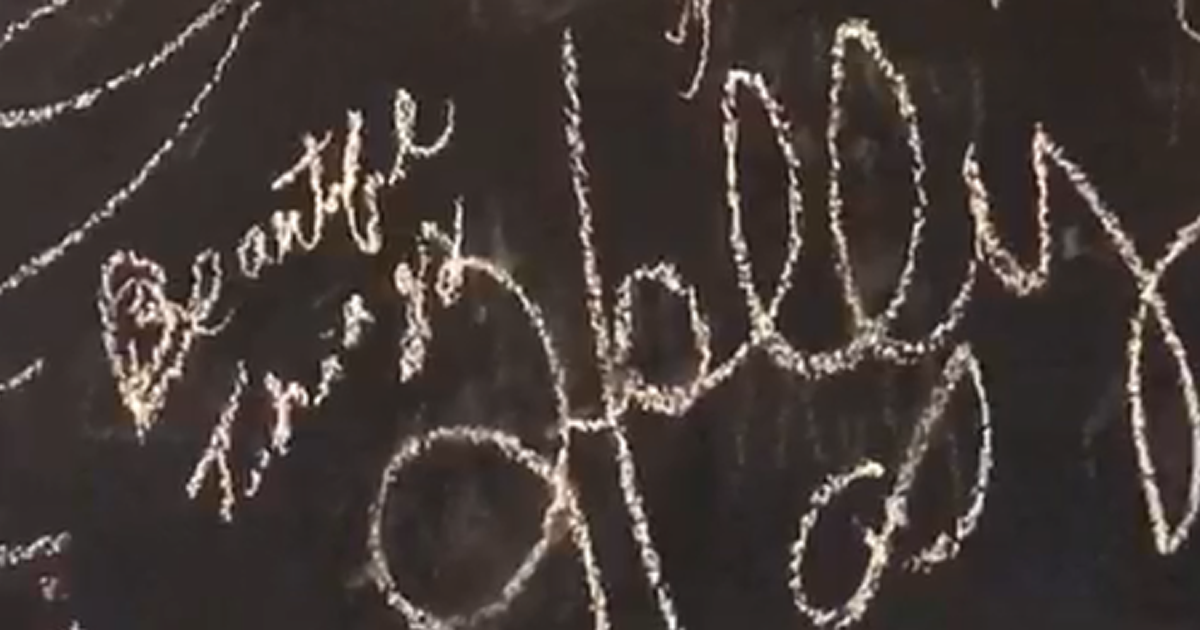
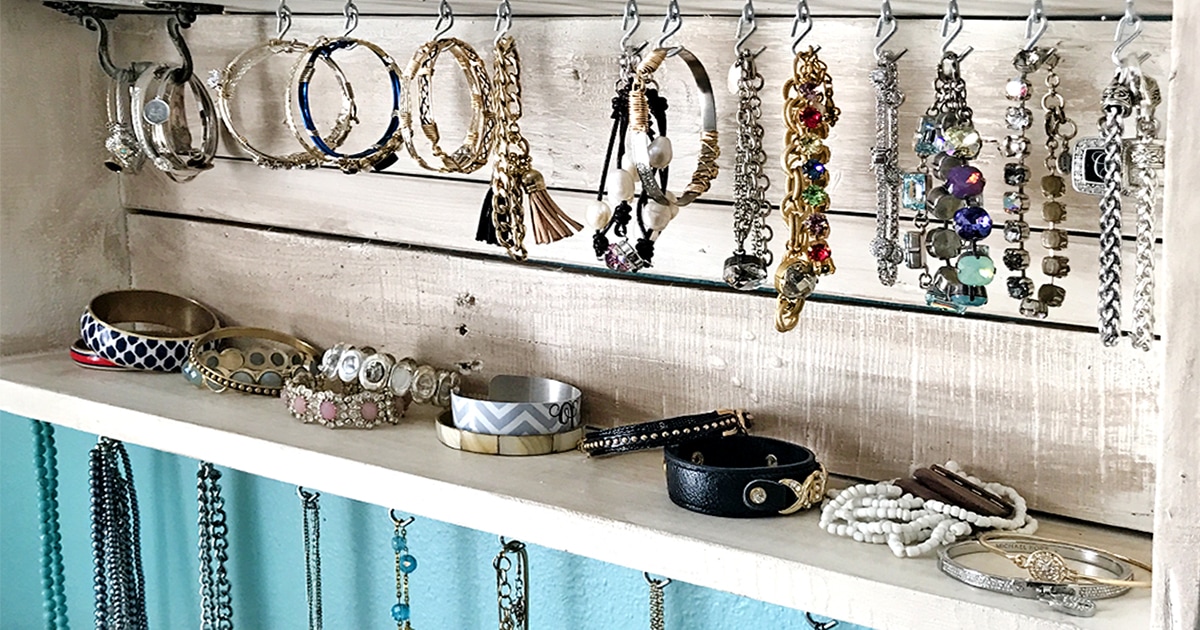

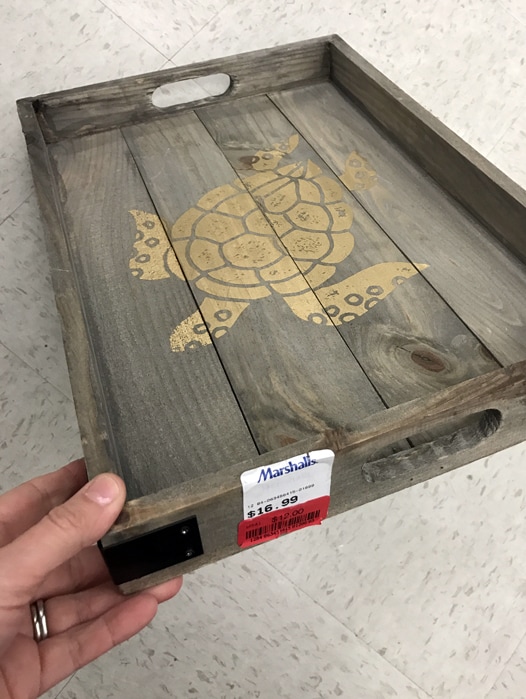
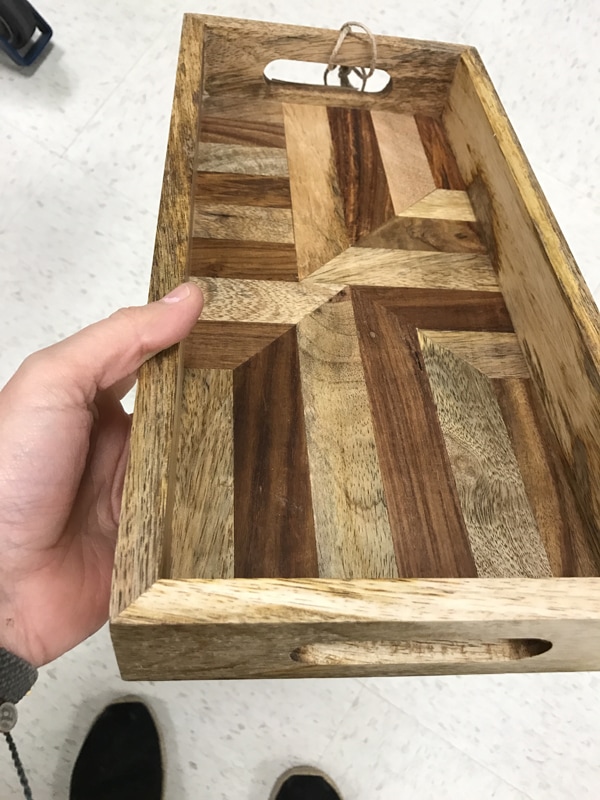
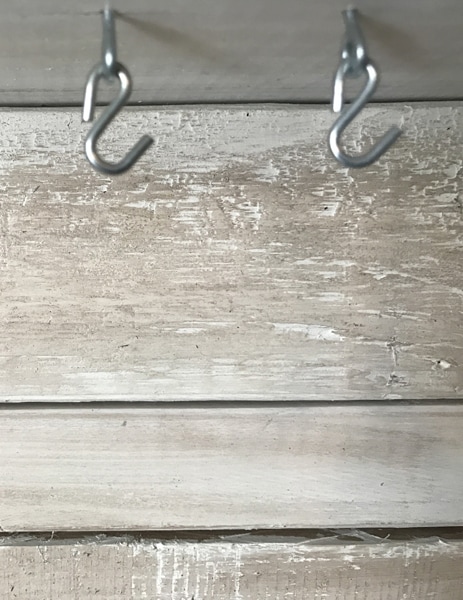
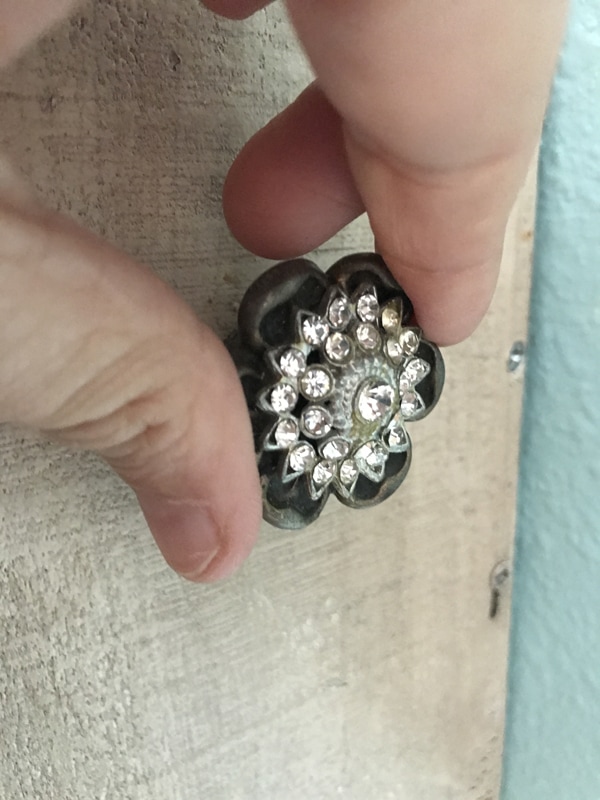
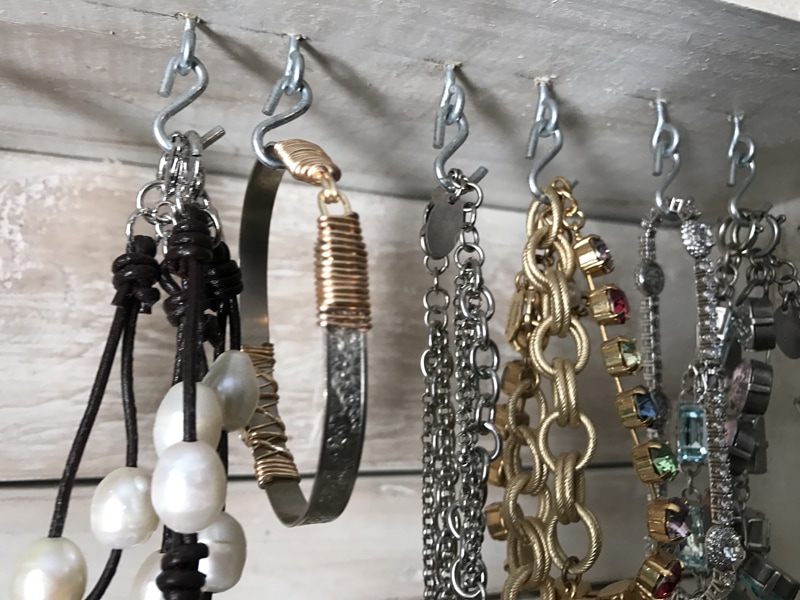
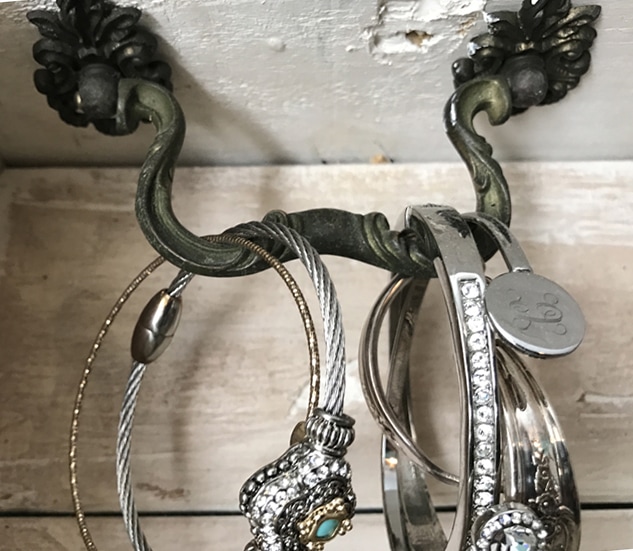
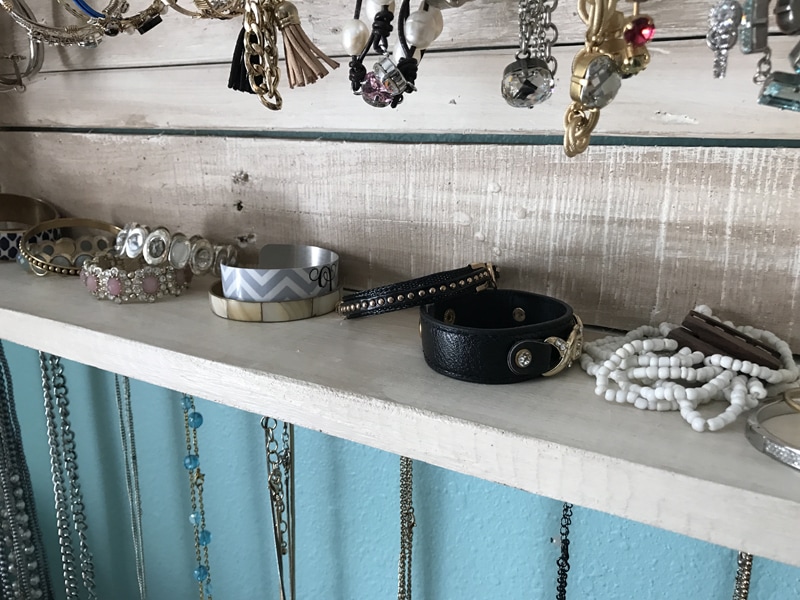
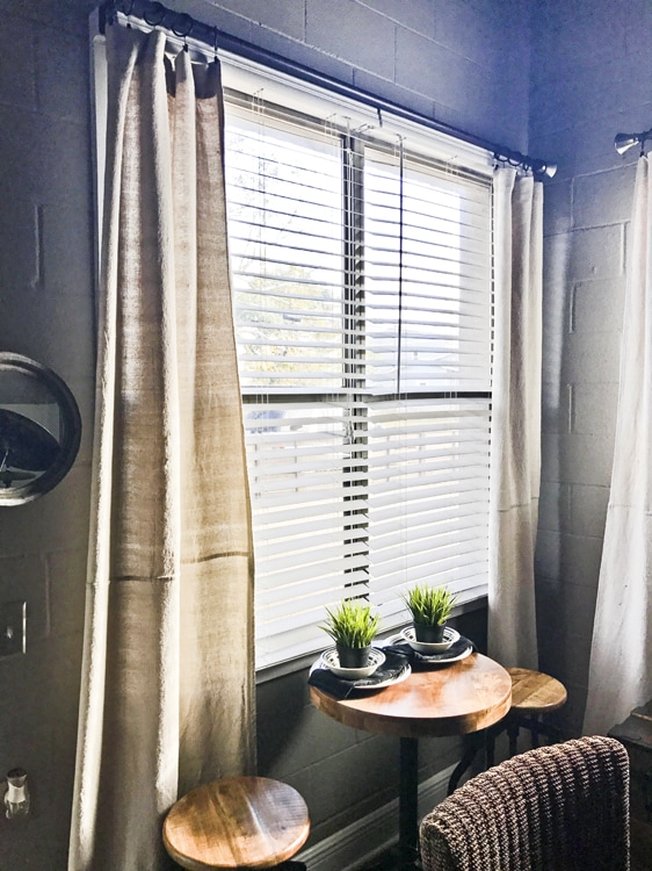


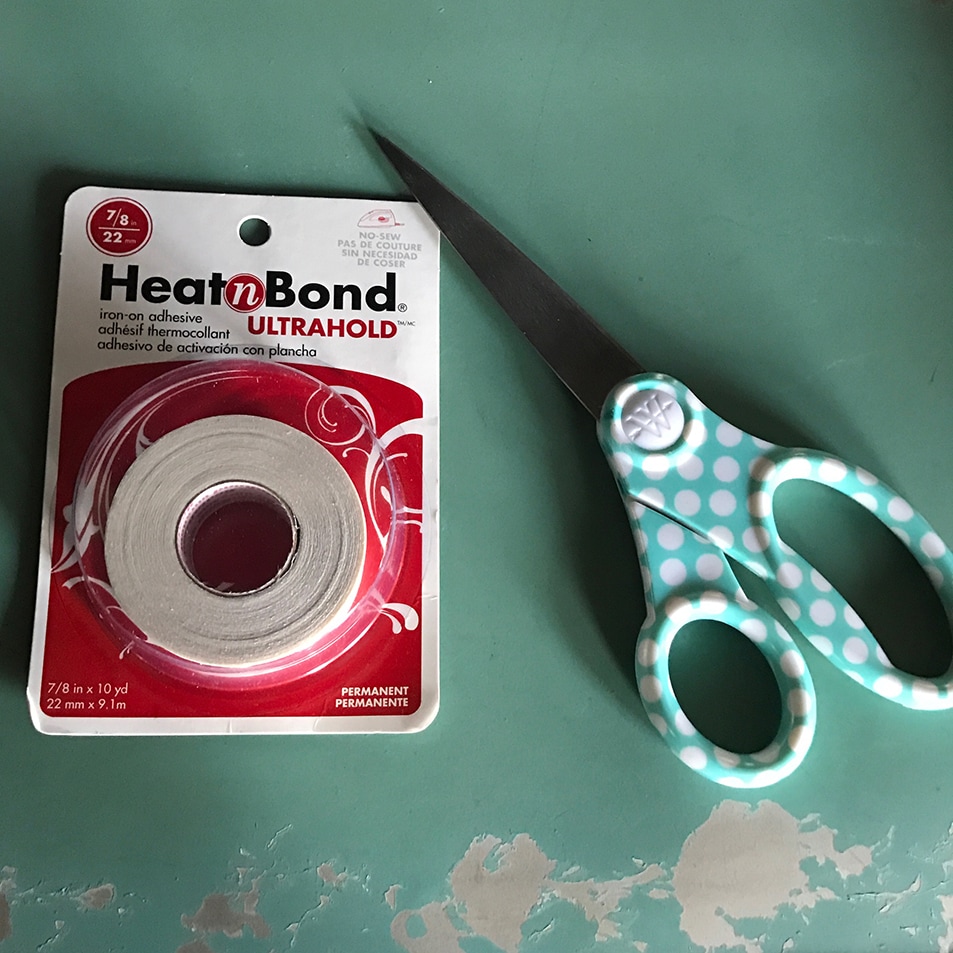
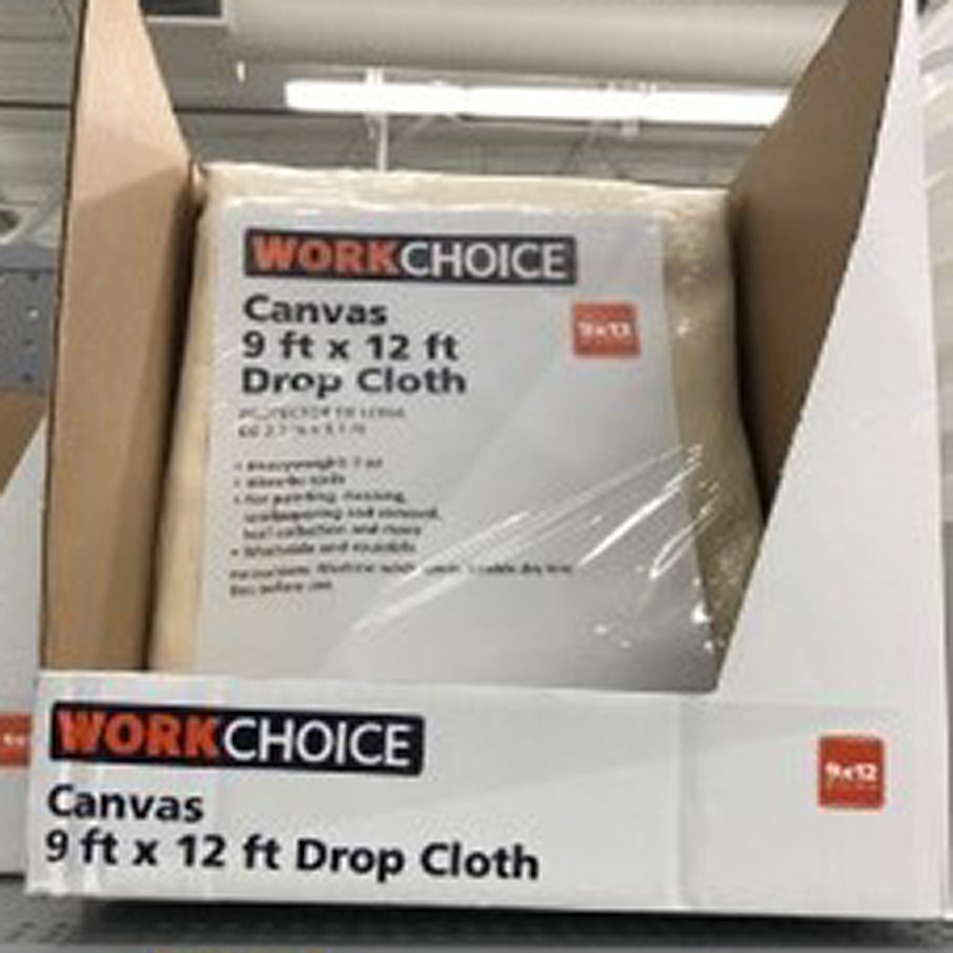
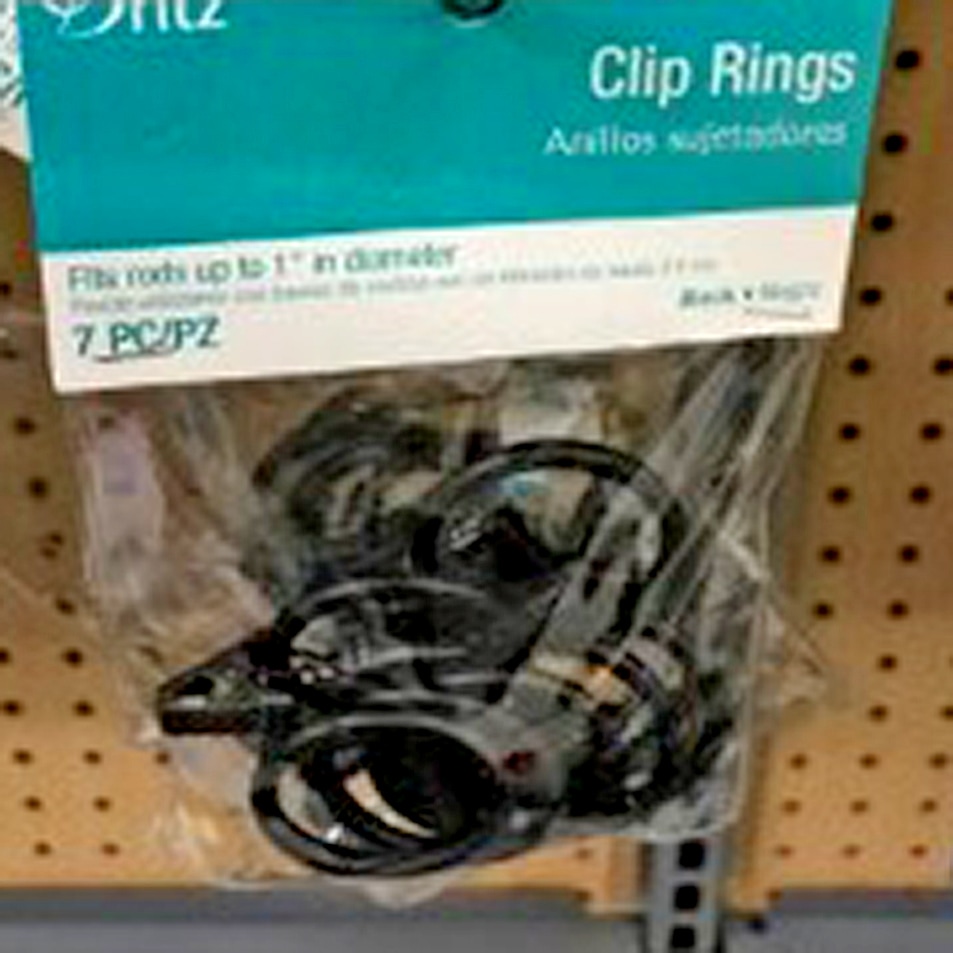
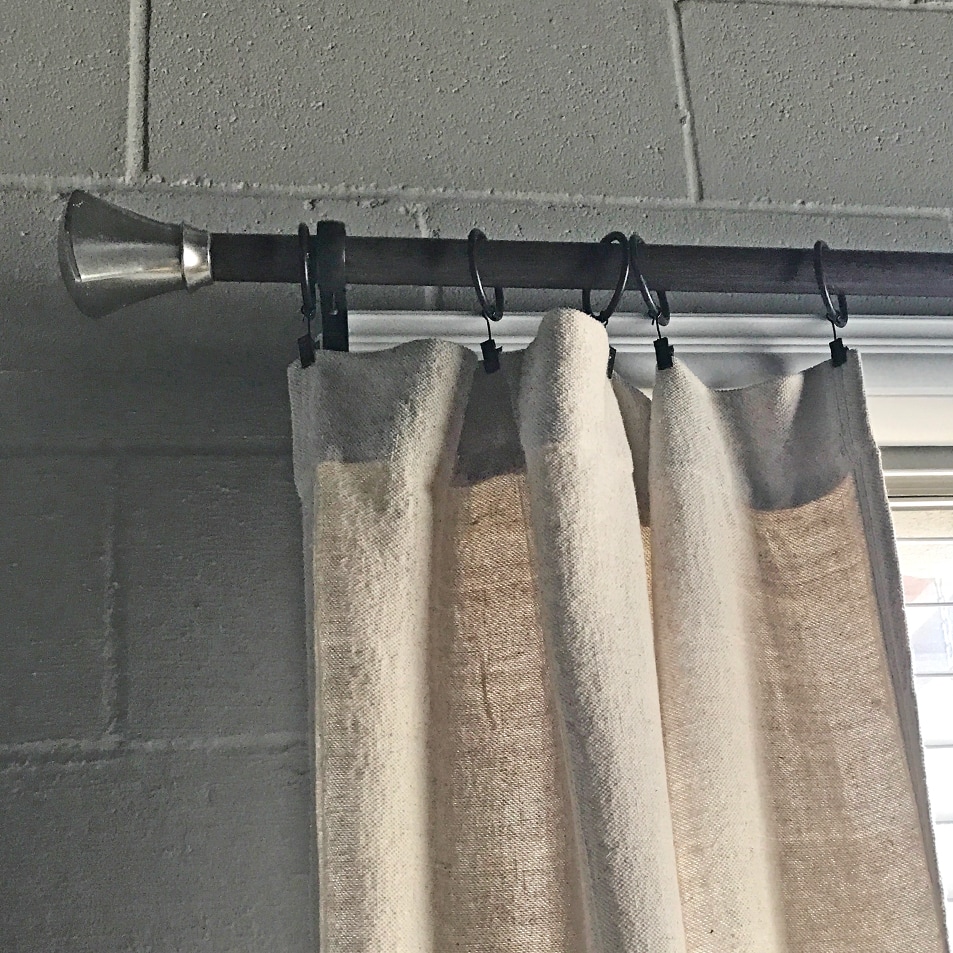
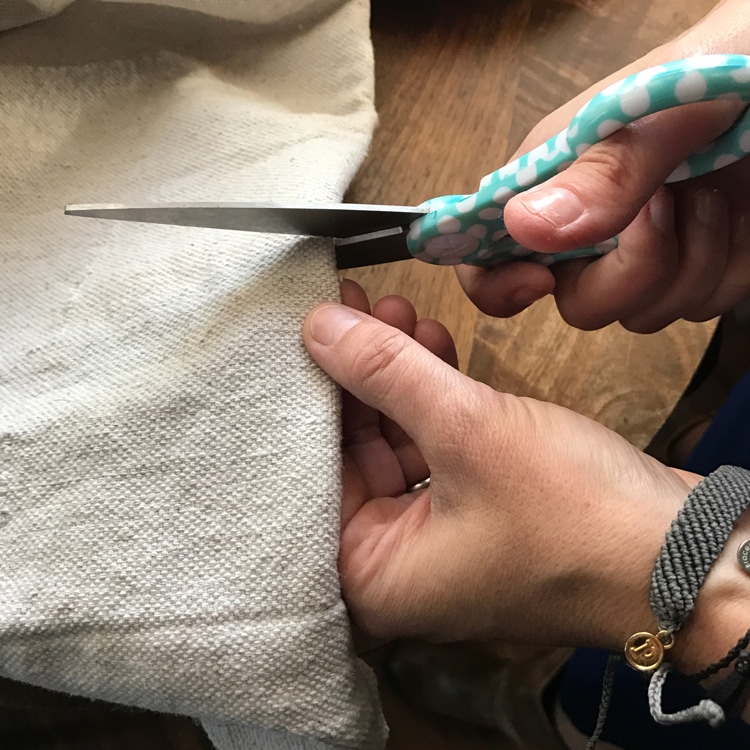
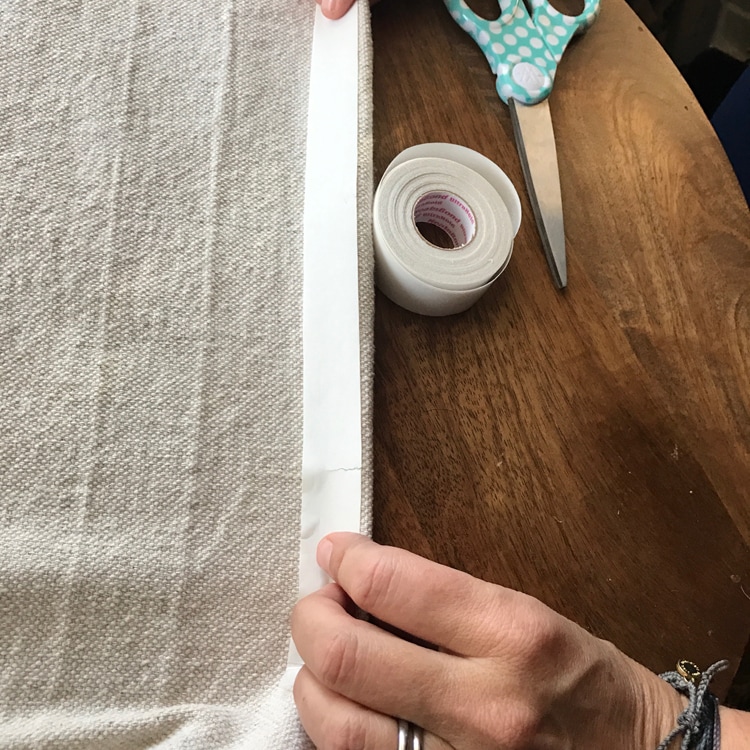
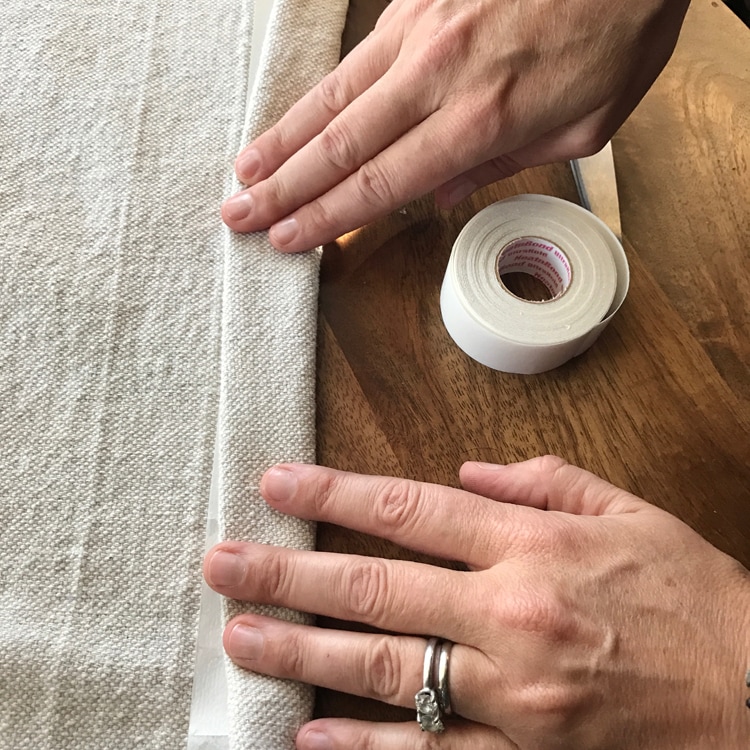
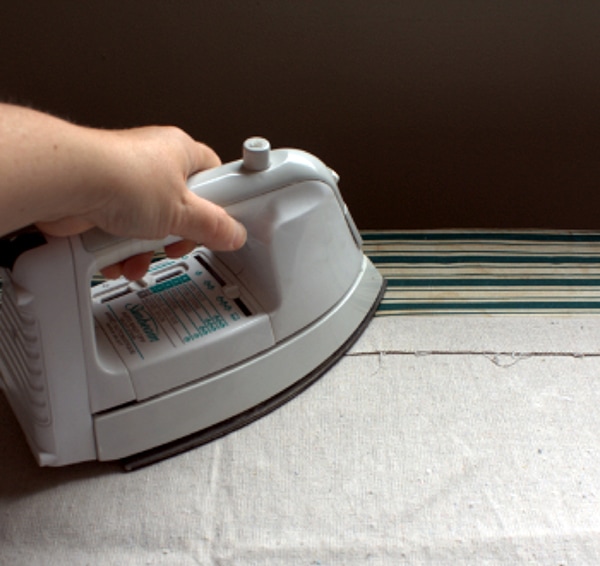
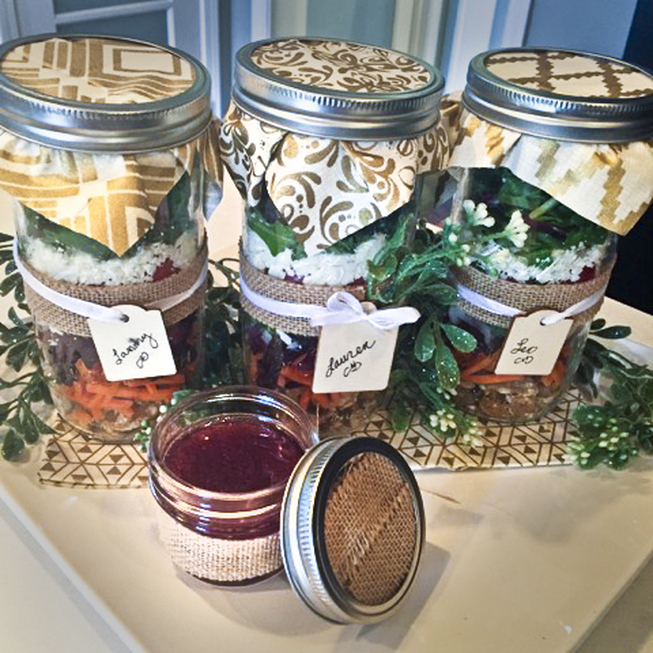

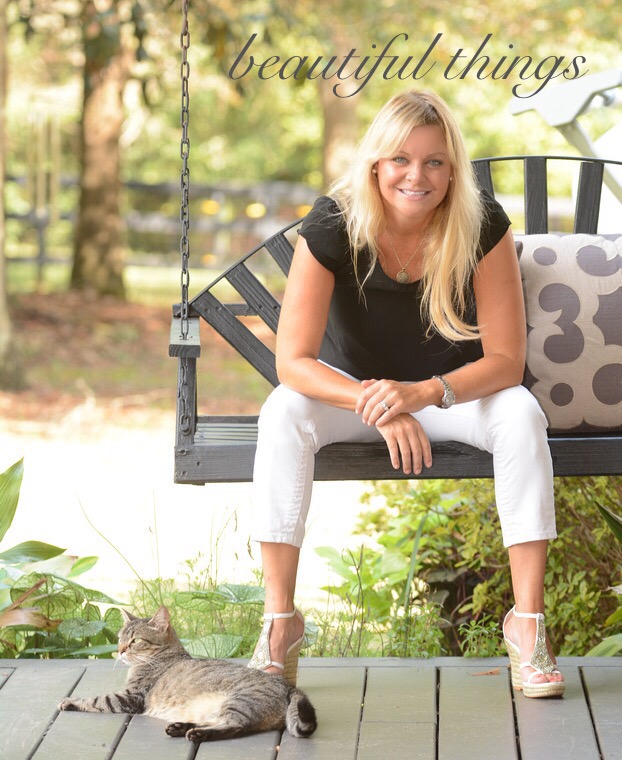
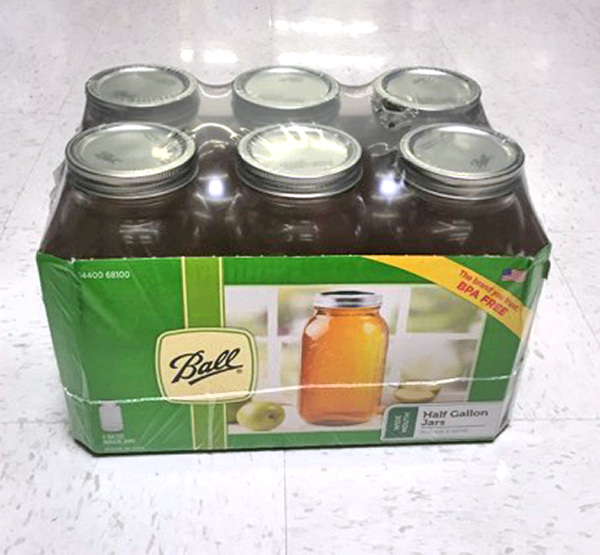
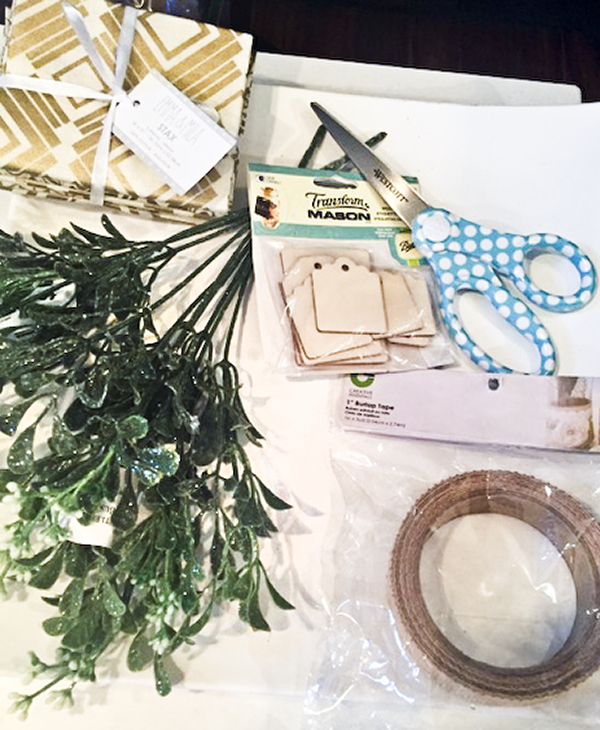

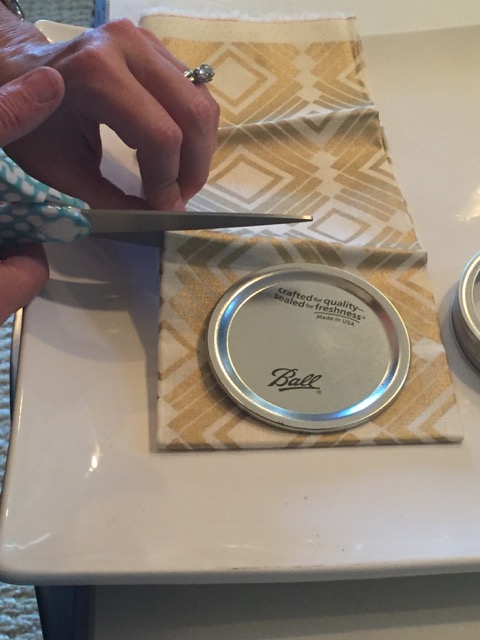
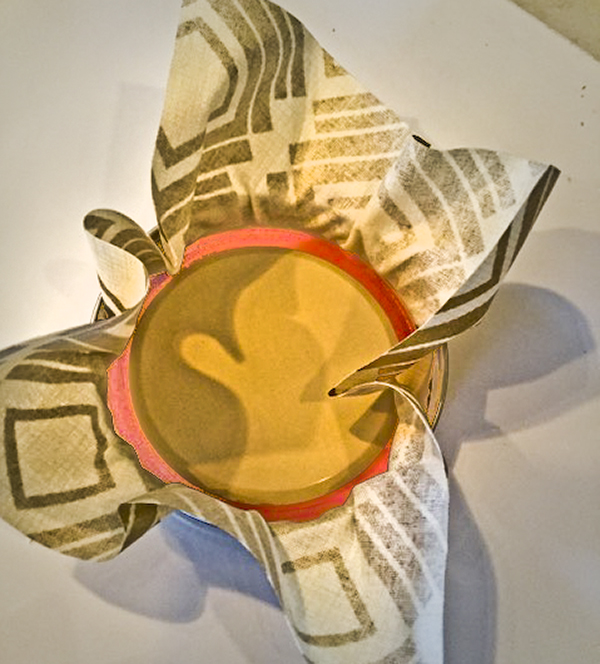
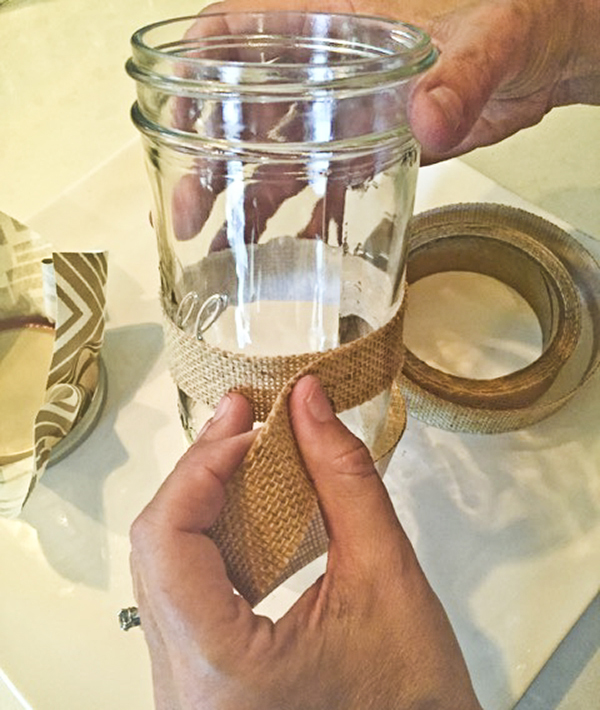
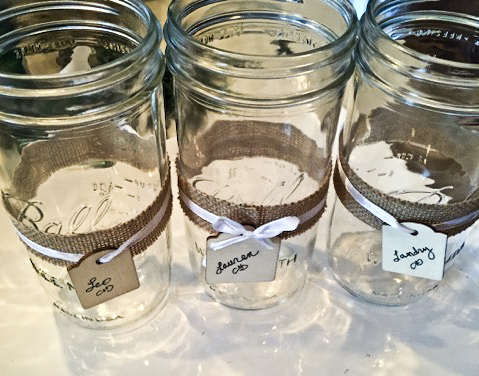
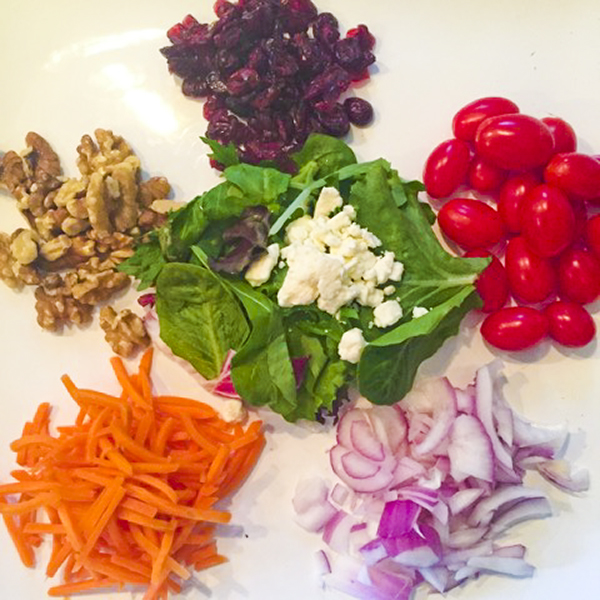
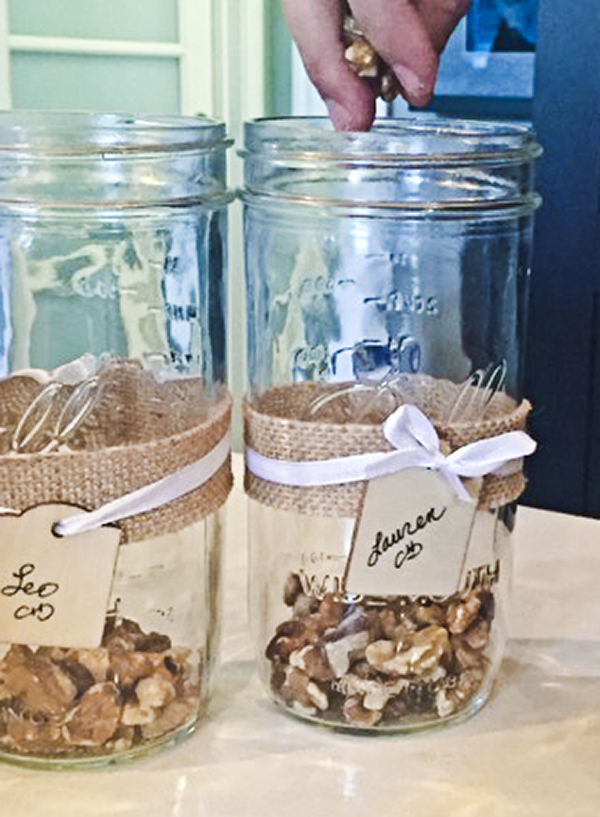
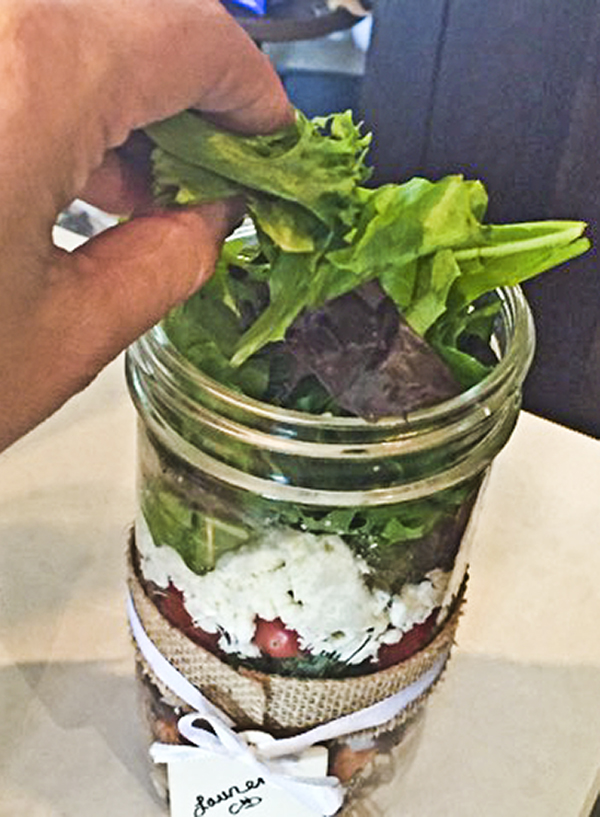
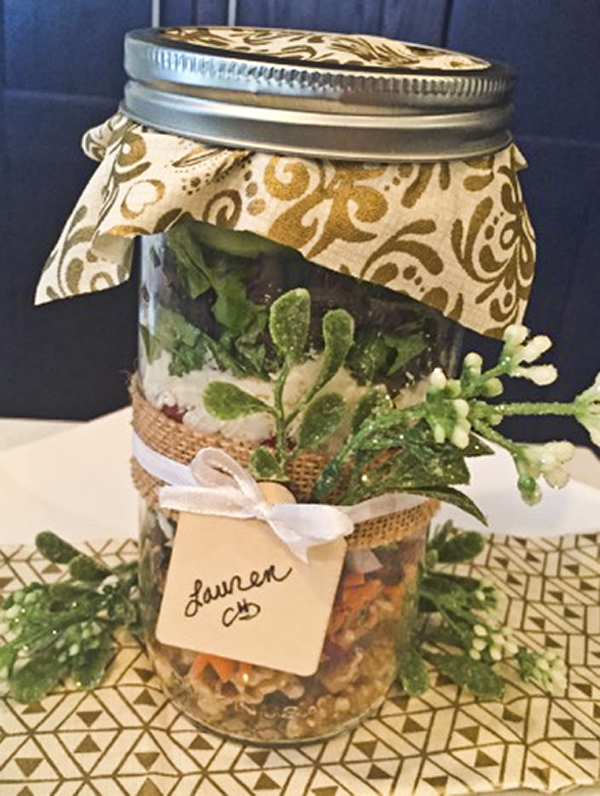
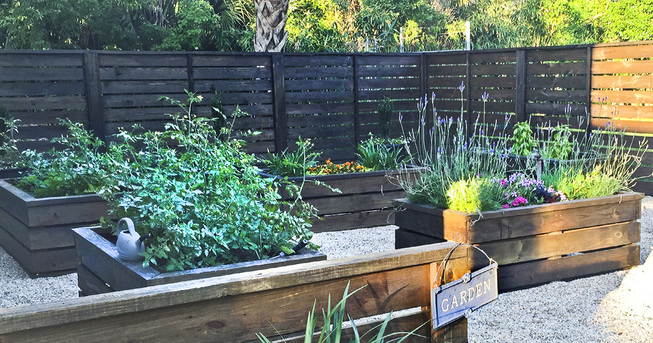

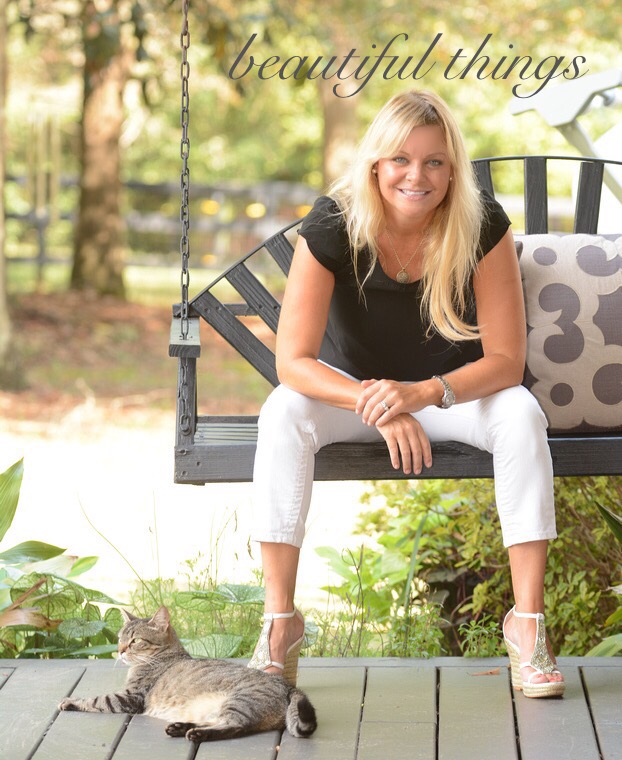
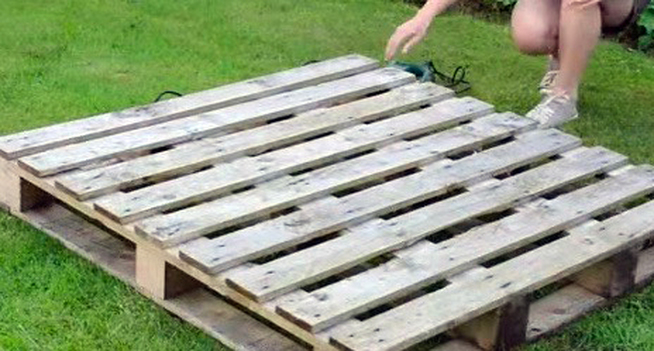
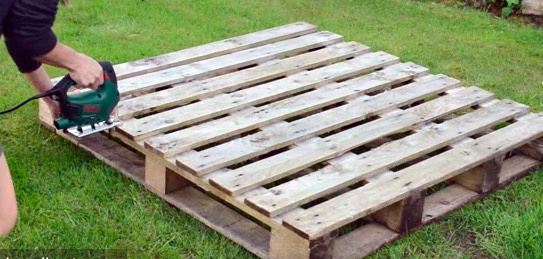
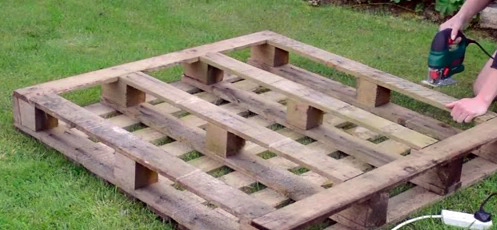
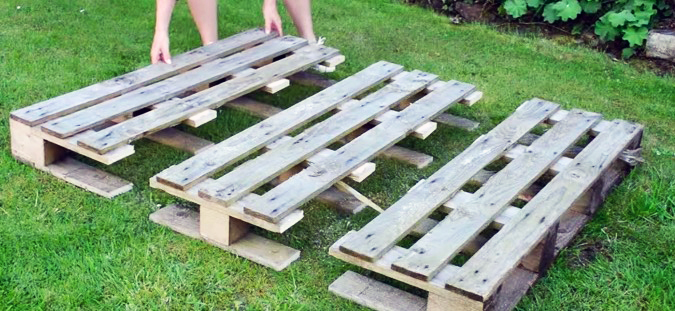
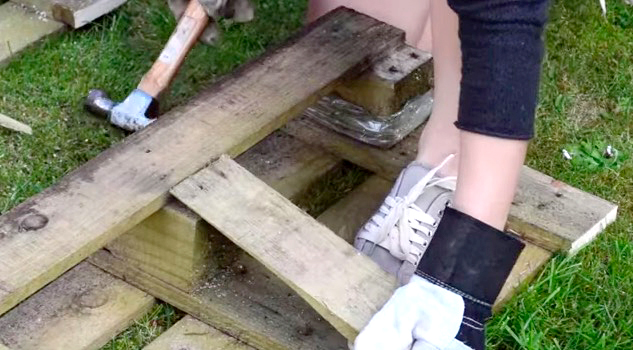
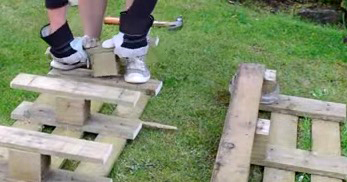
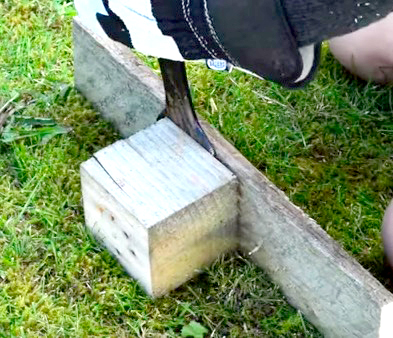
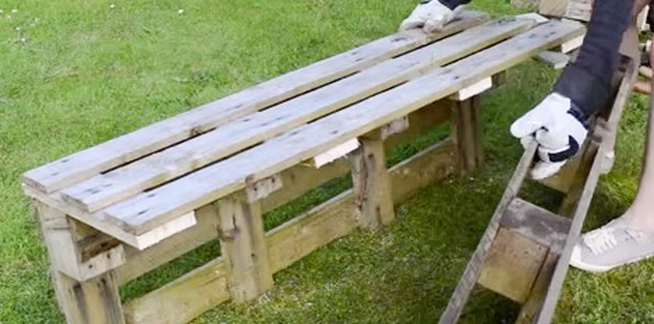
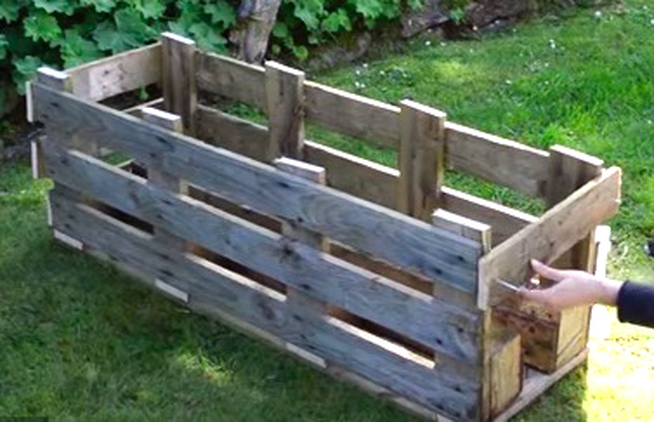

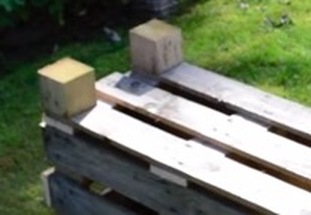
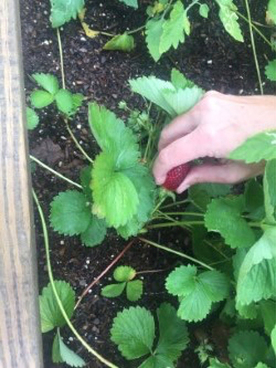

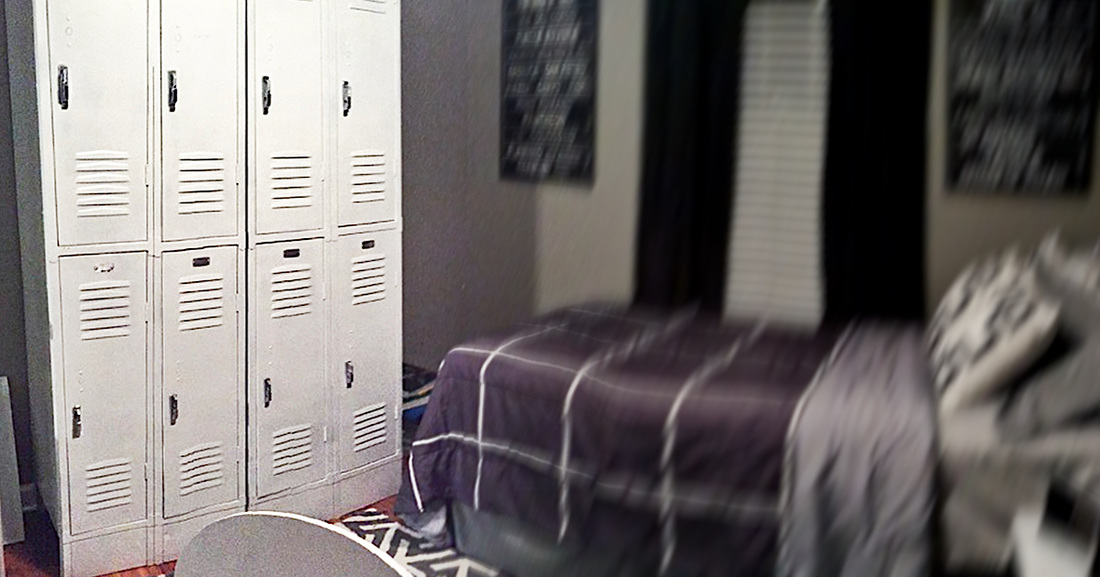

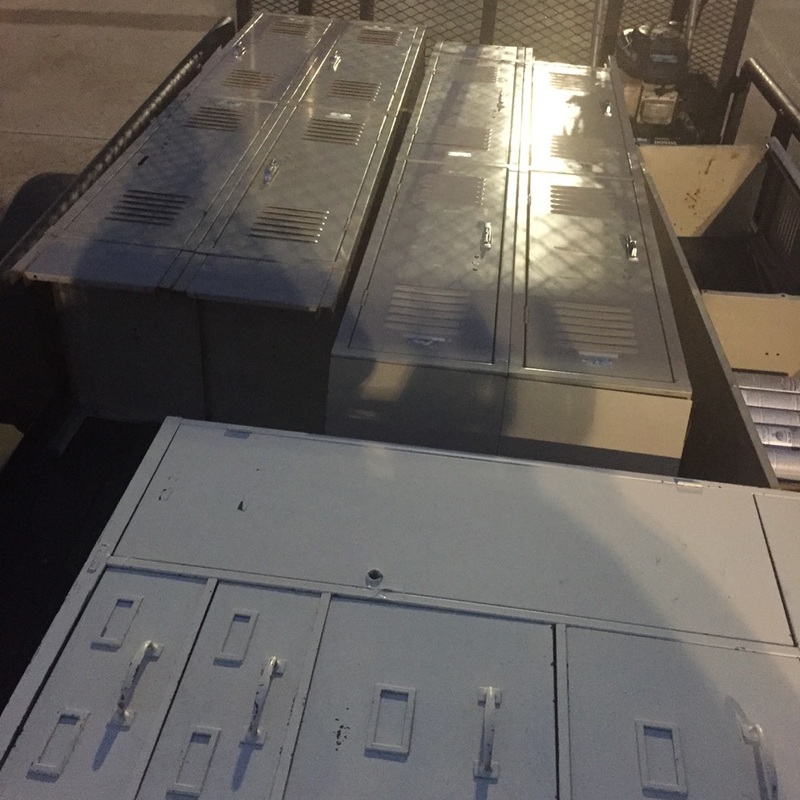

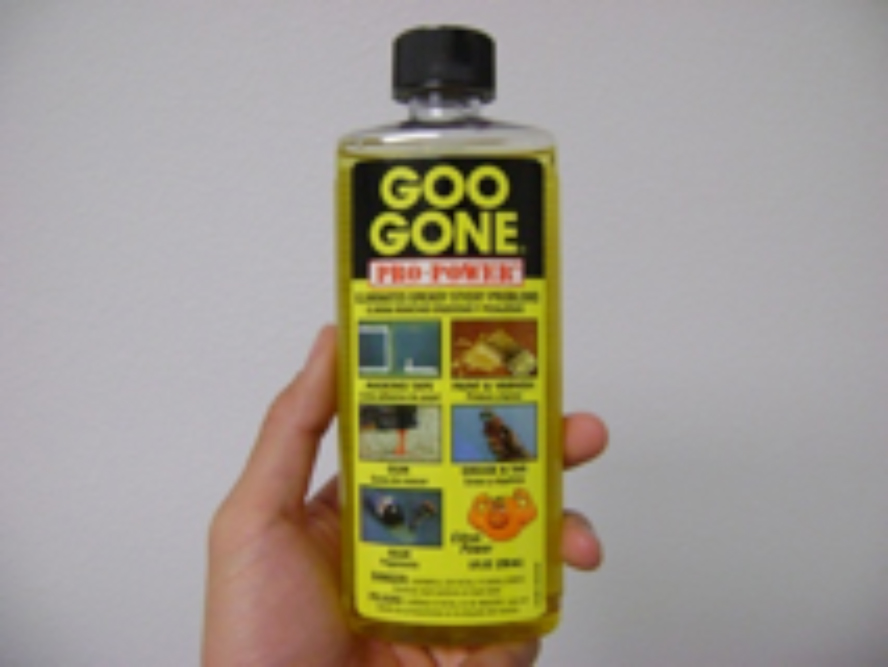
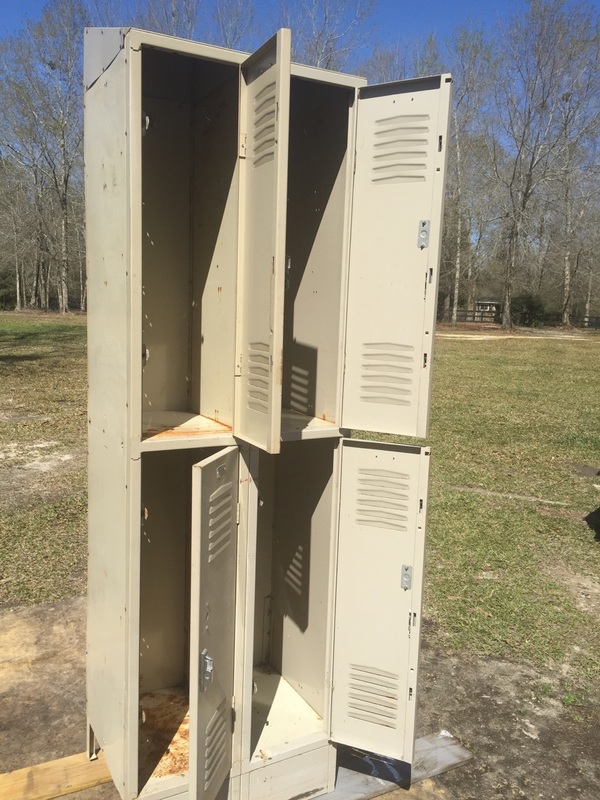
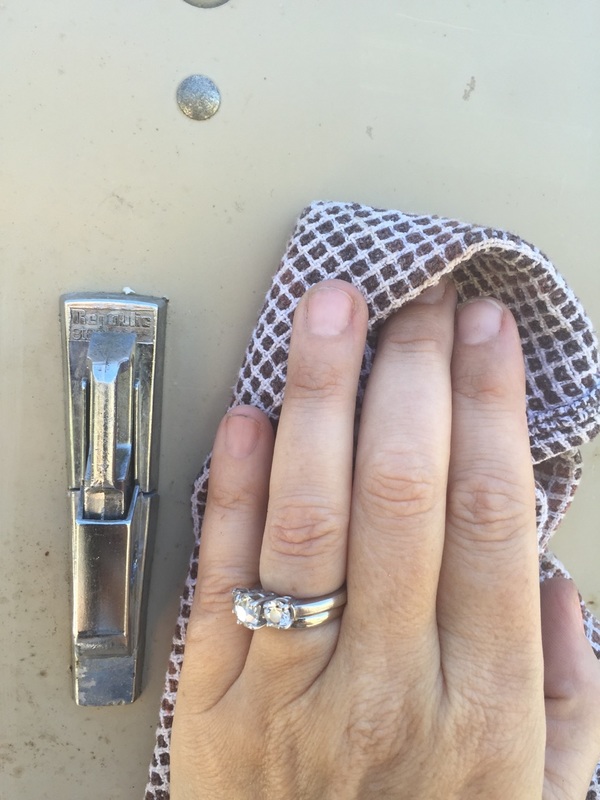
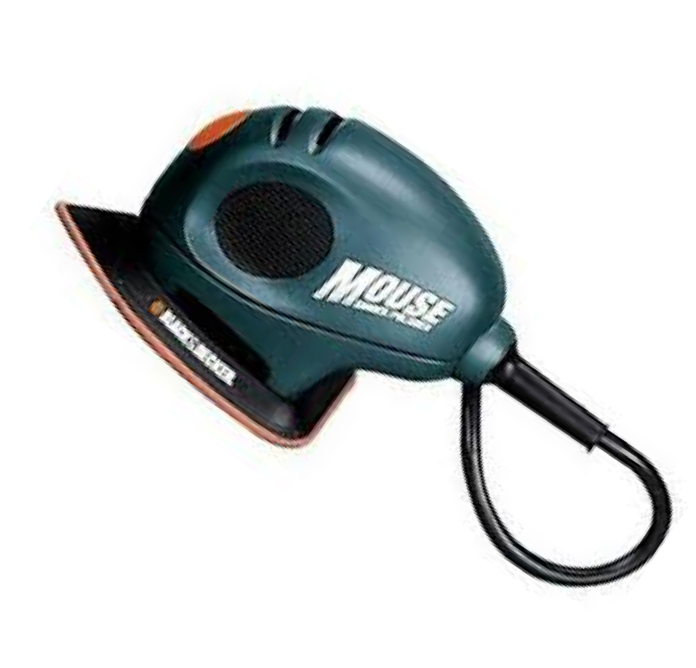
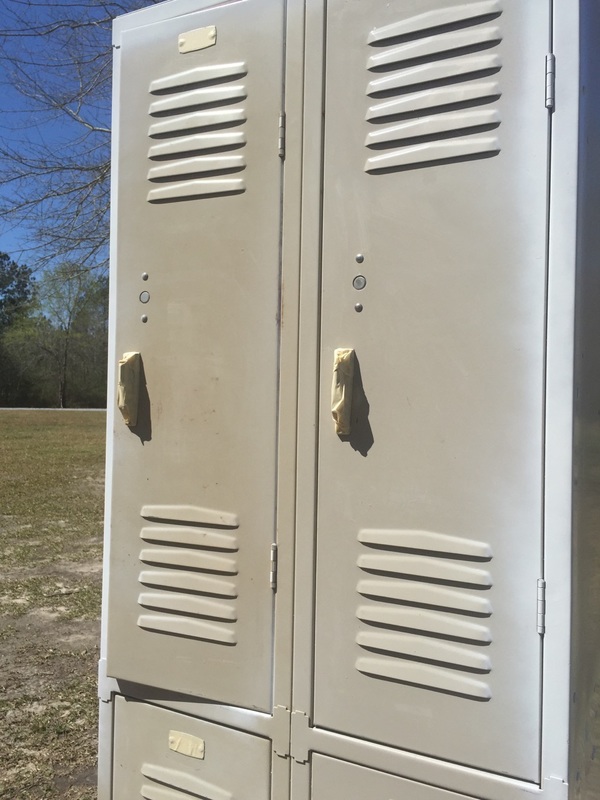
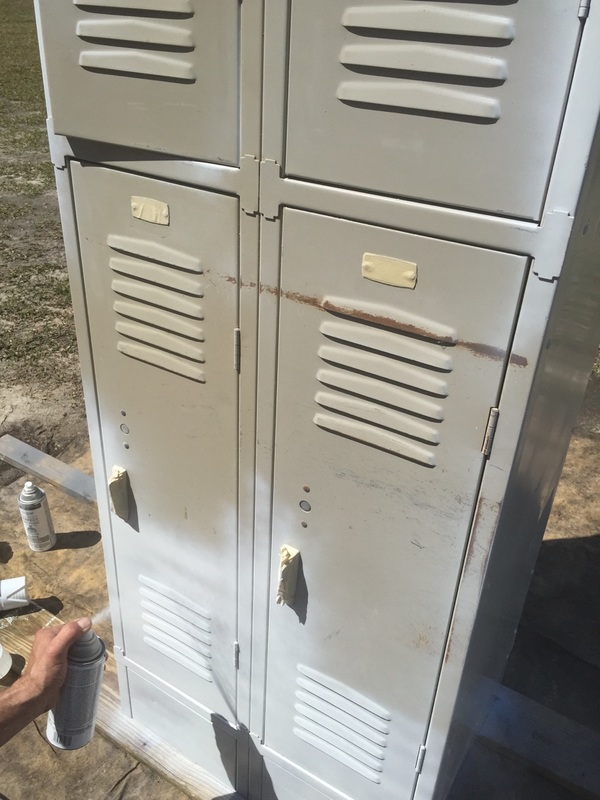
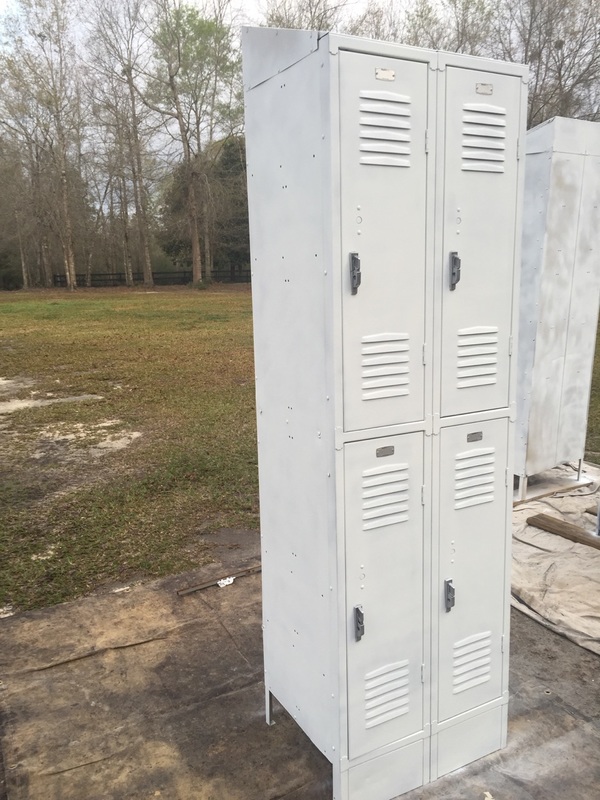
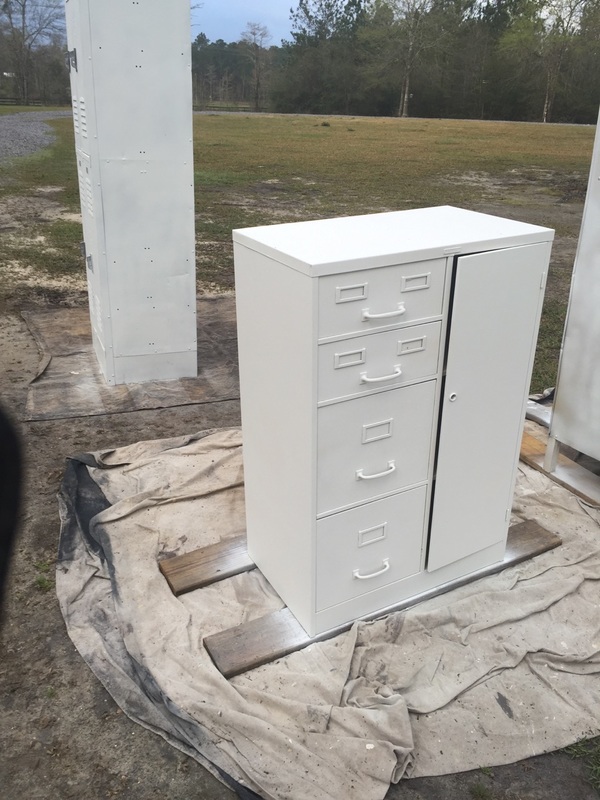
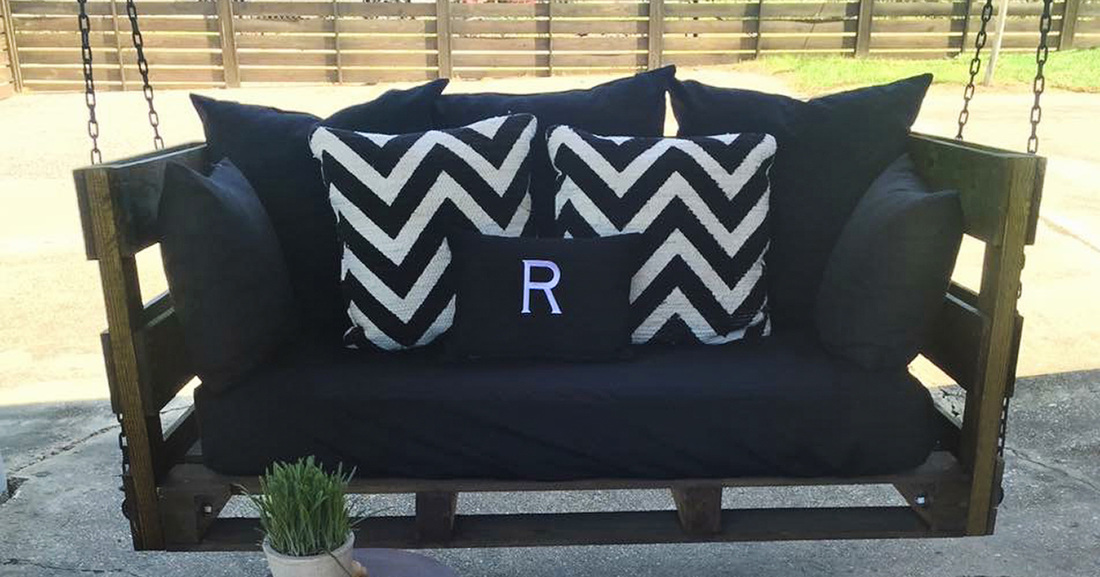

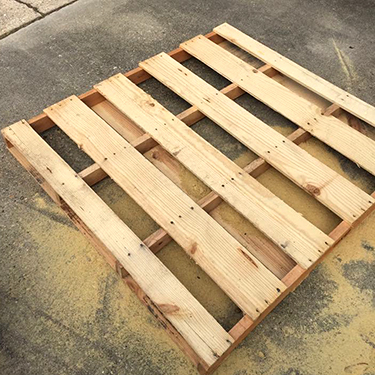
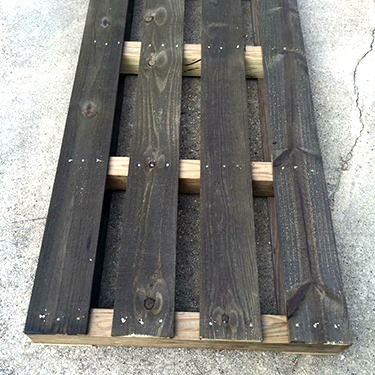
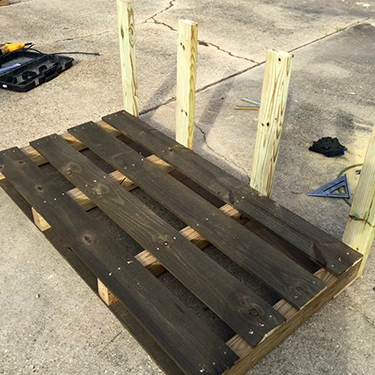
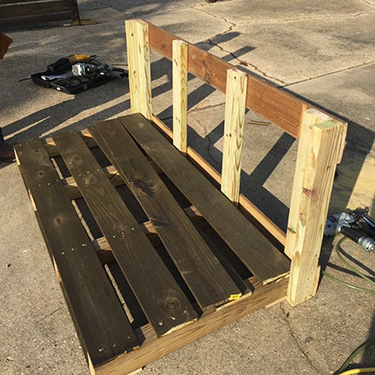
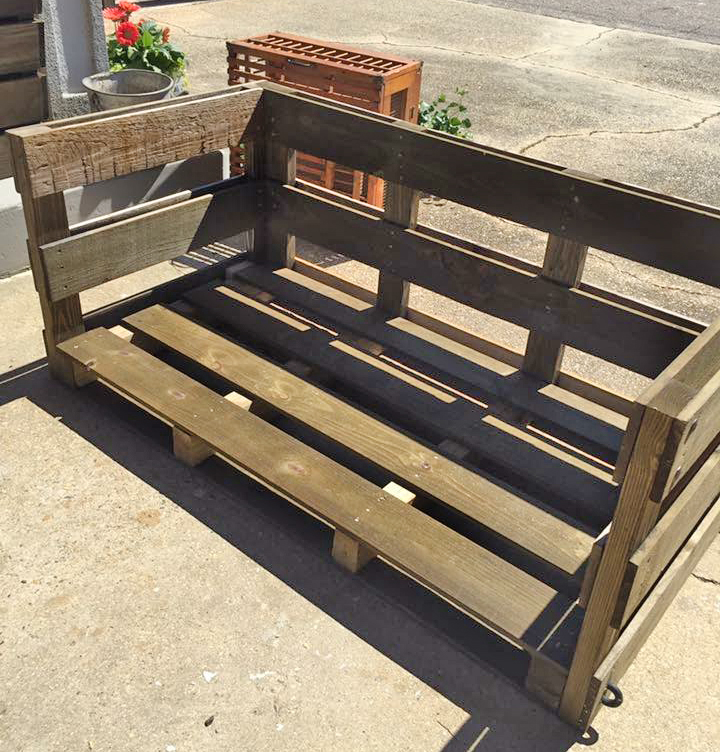
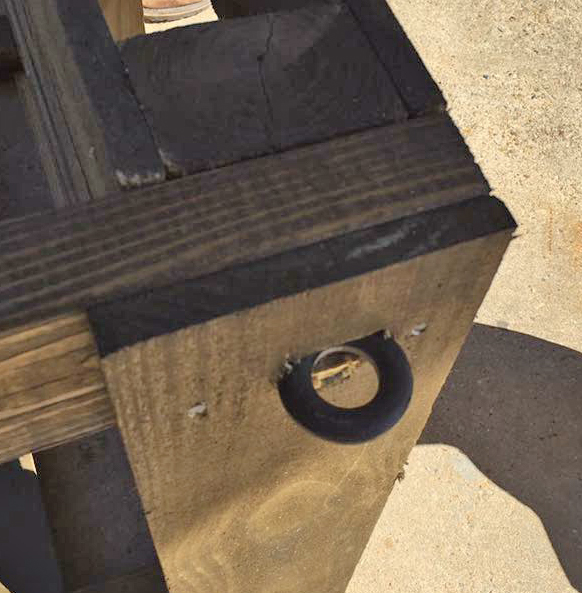
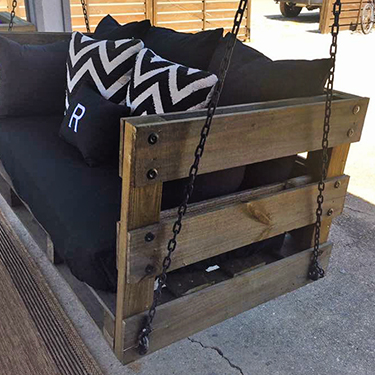
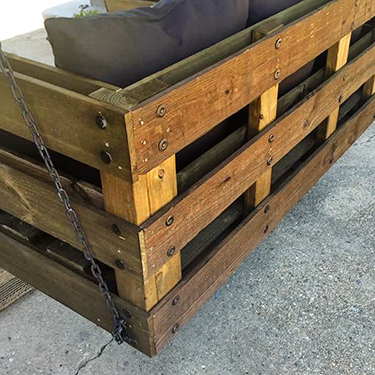
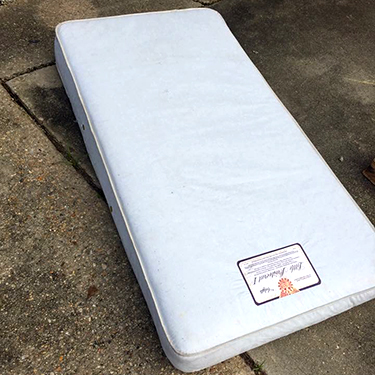
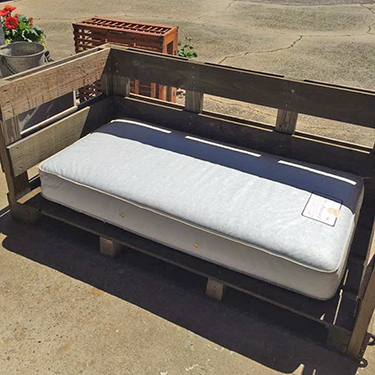
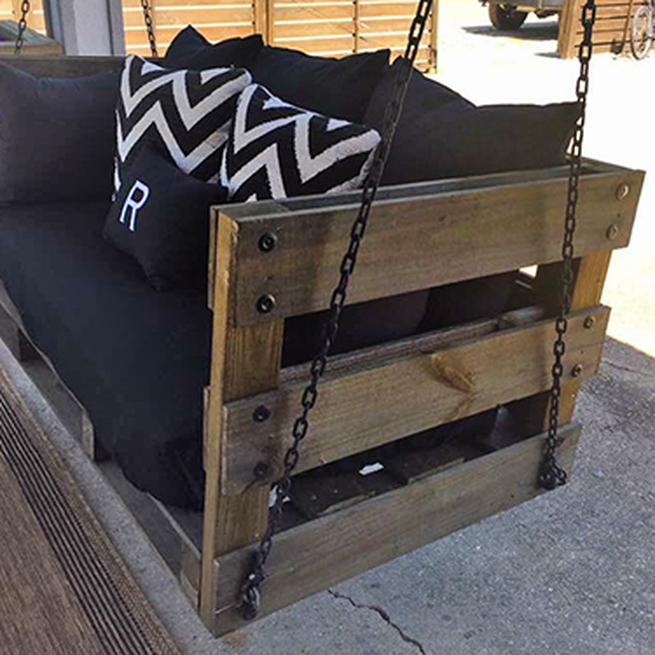

























 RSS Feed
RSS Feed























